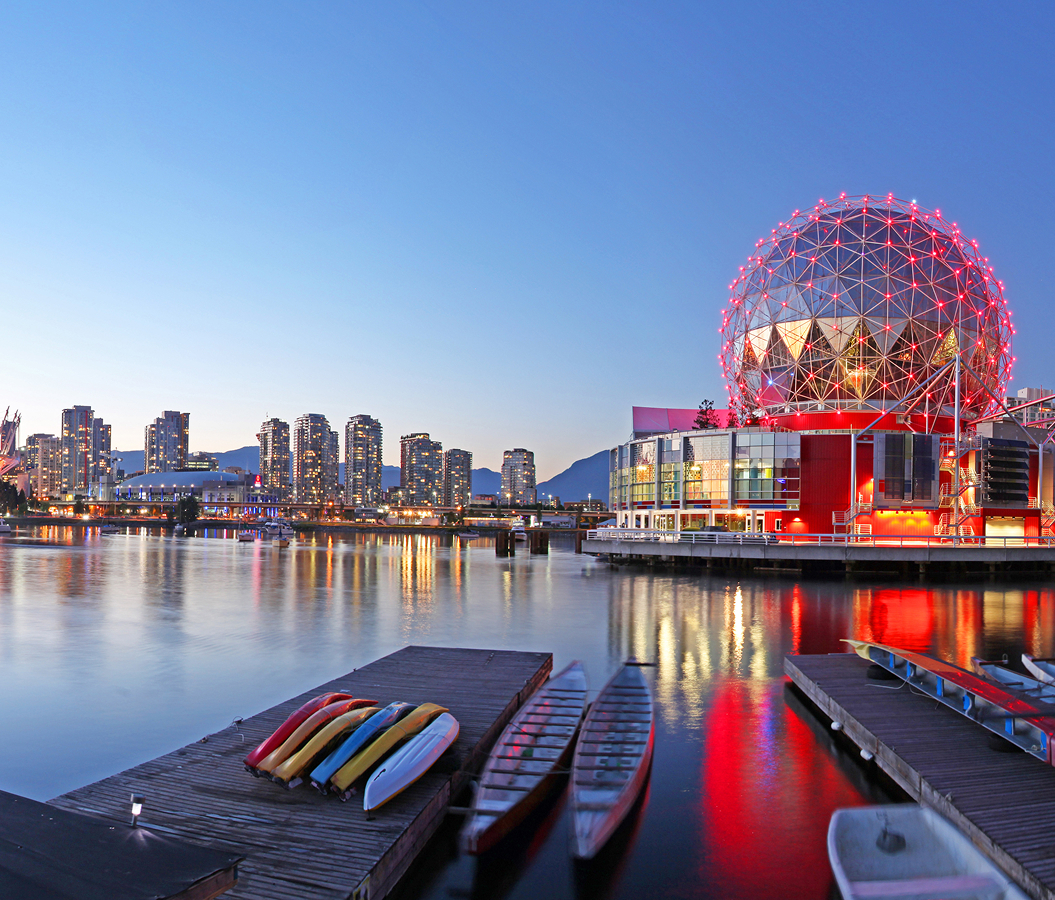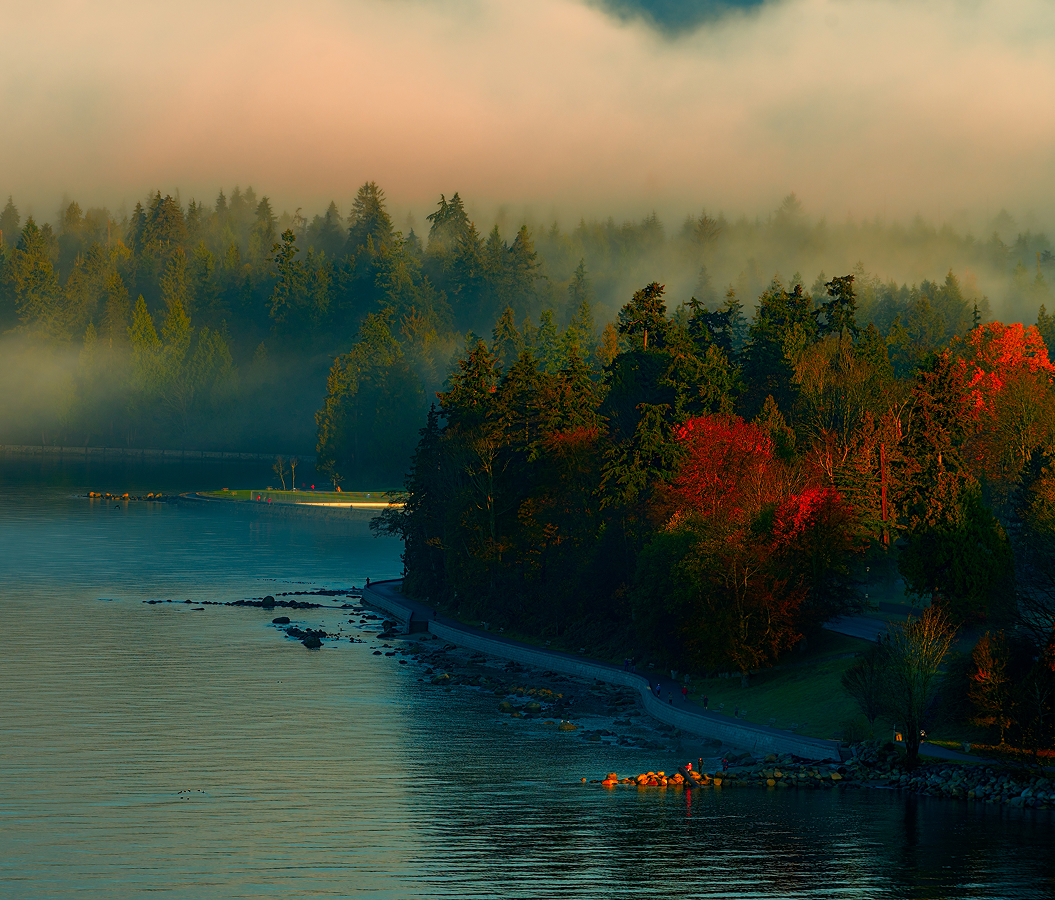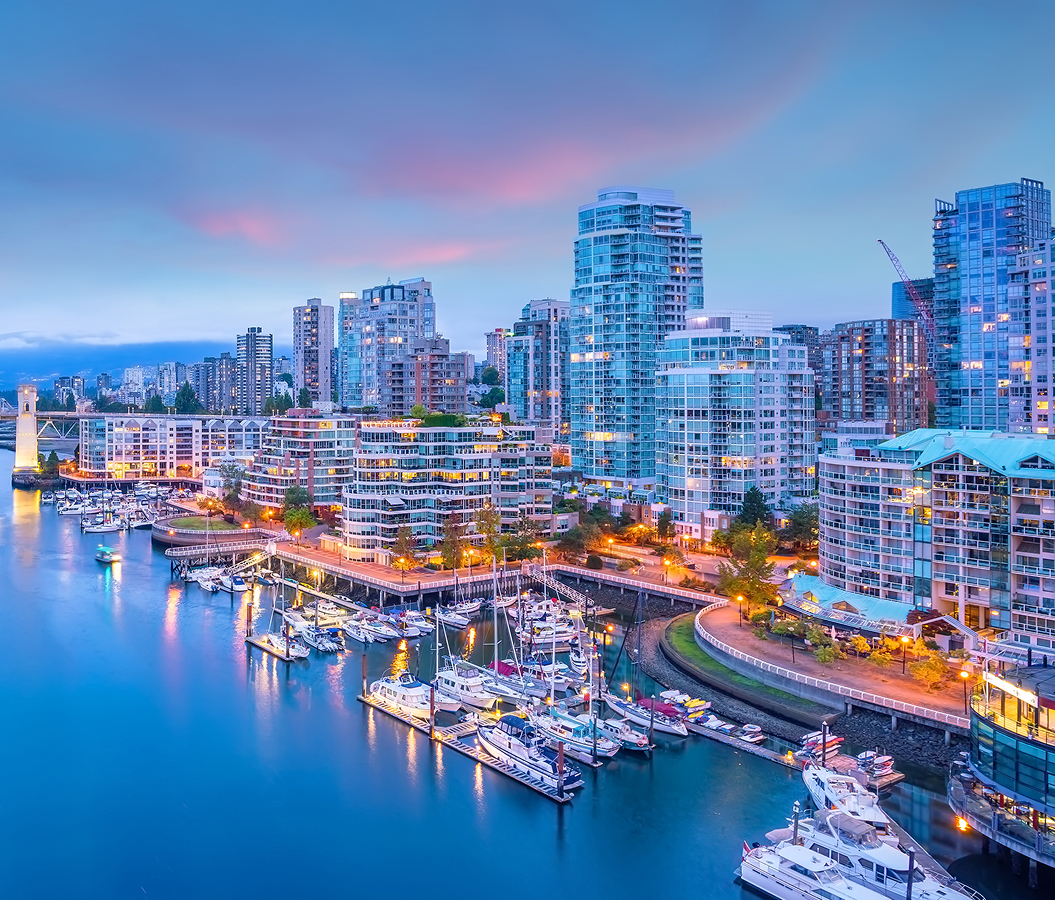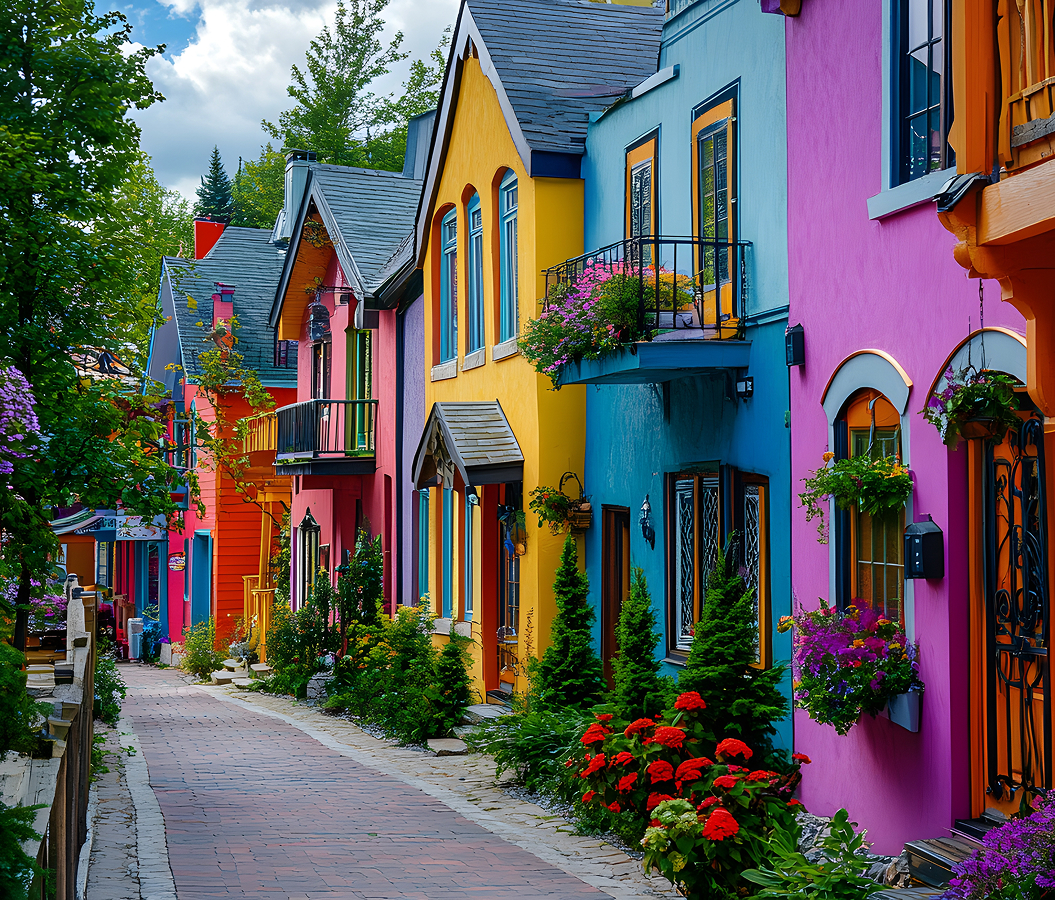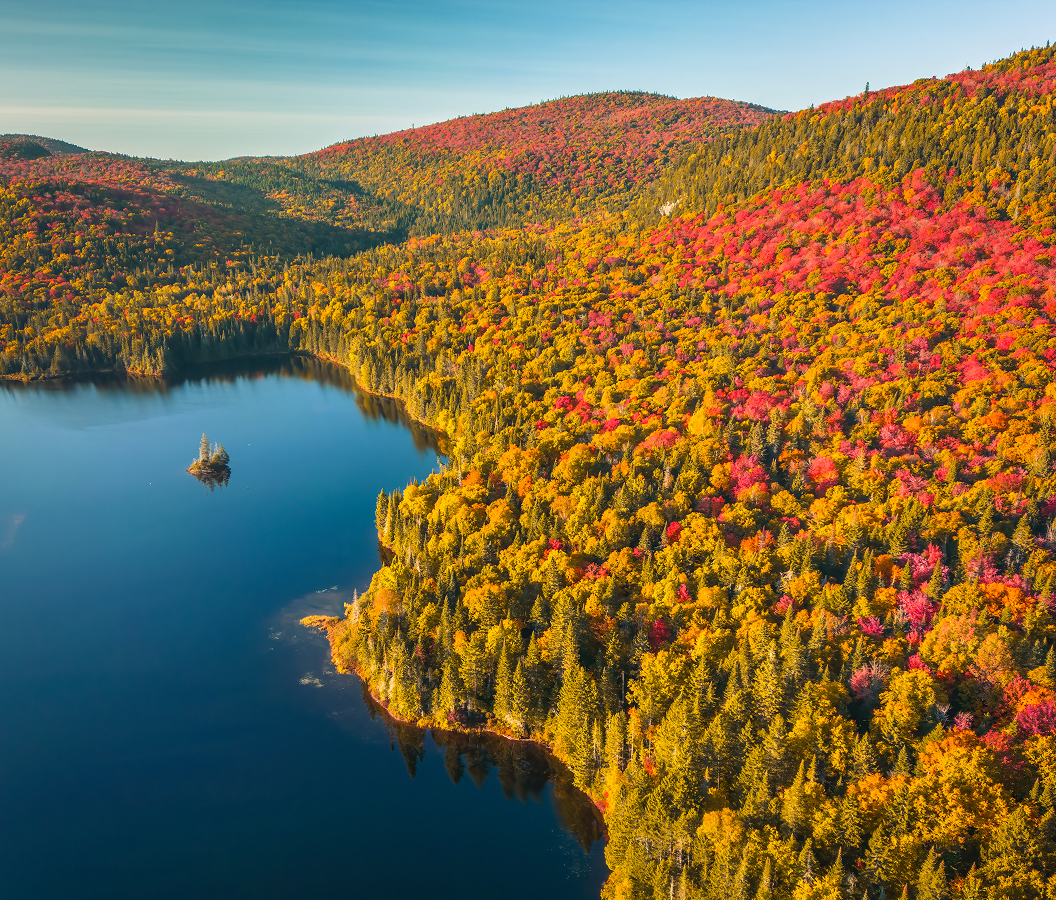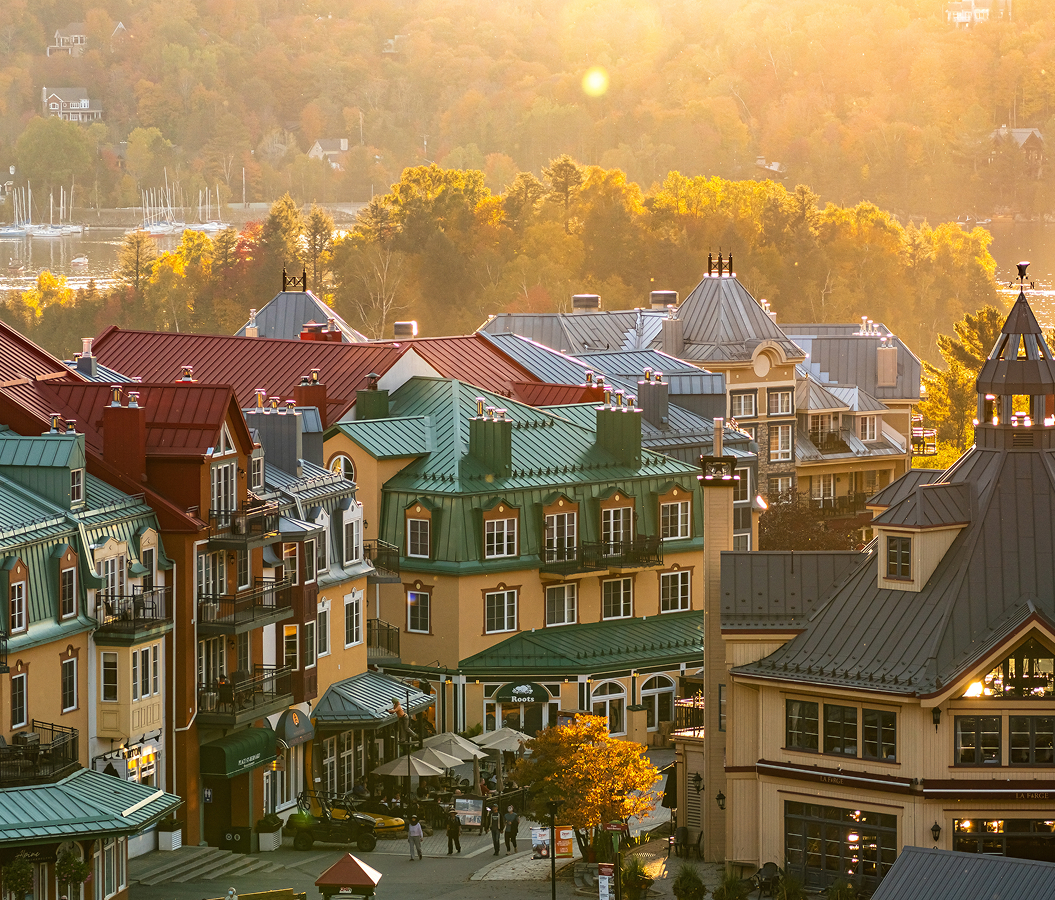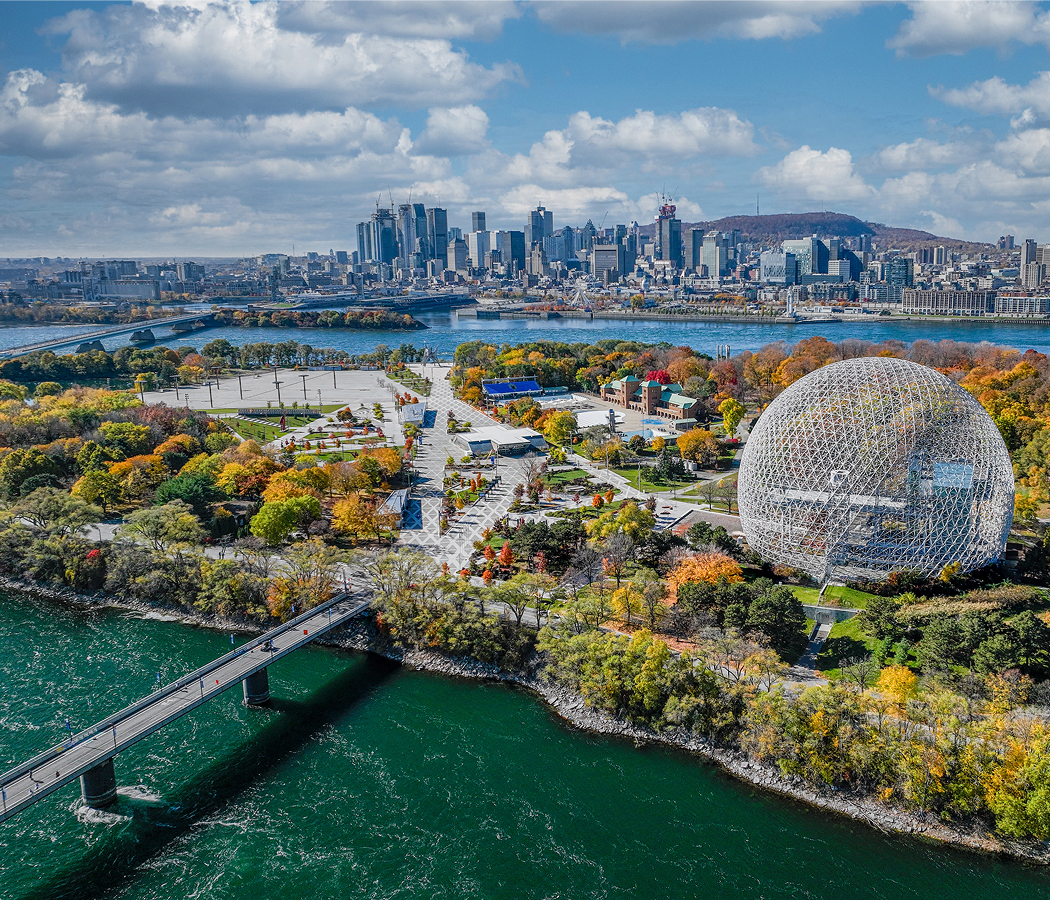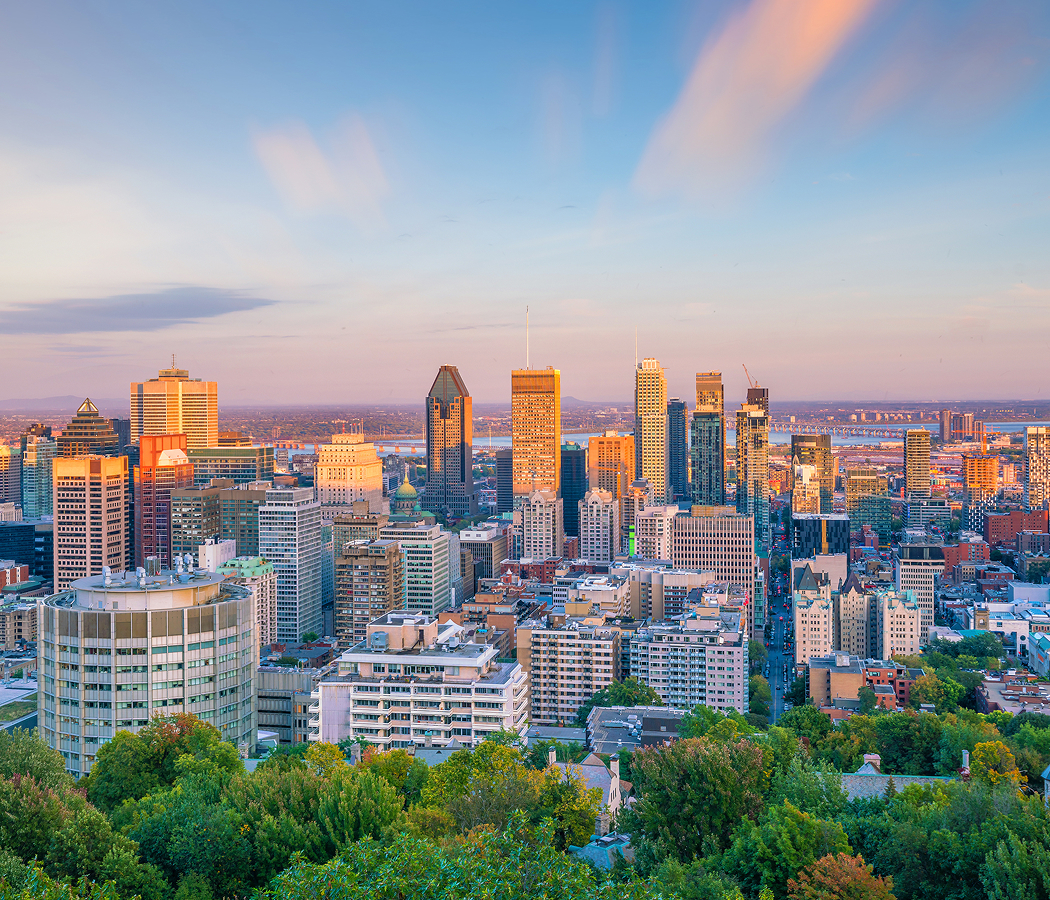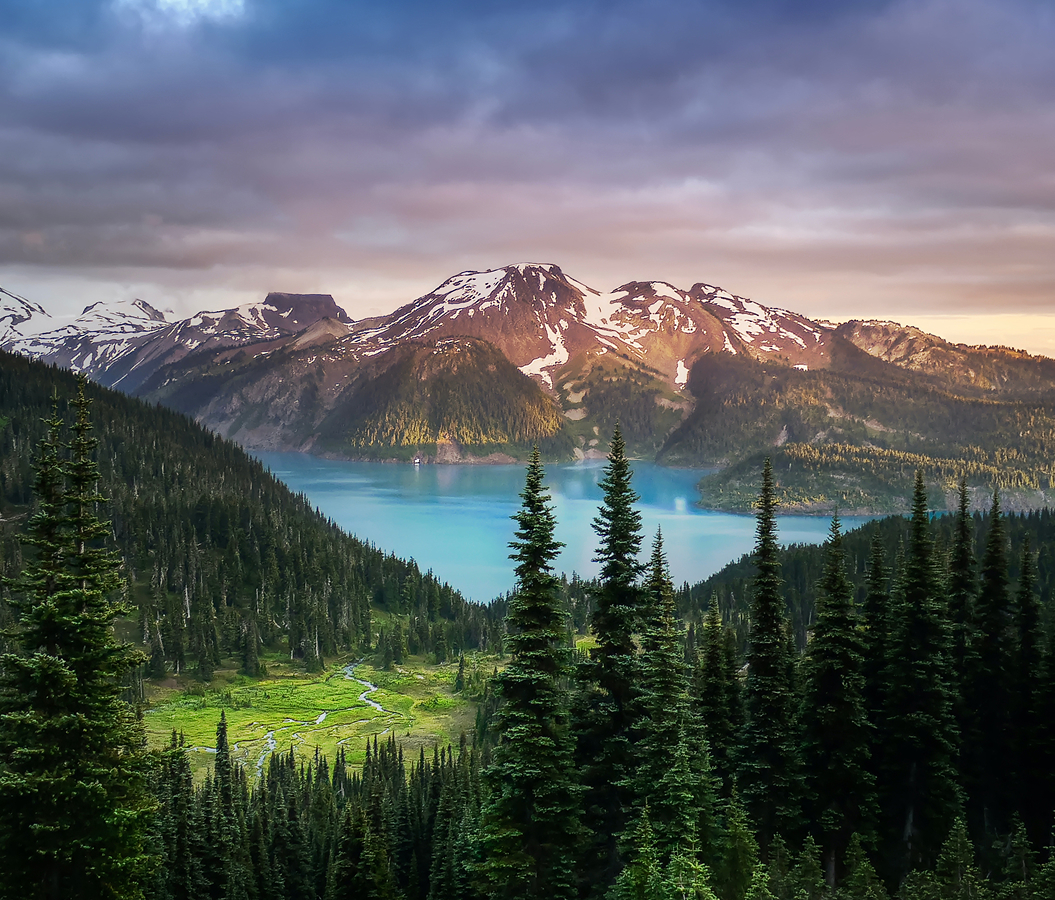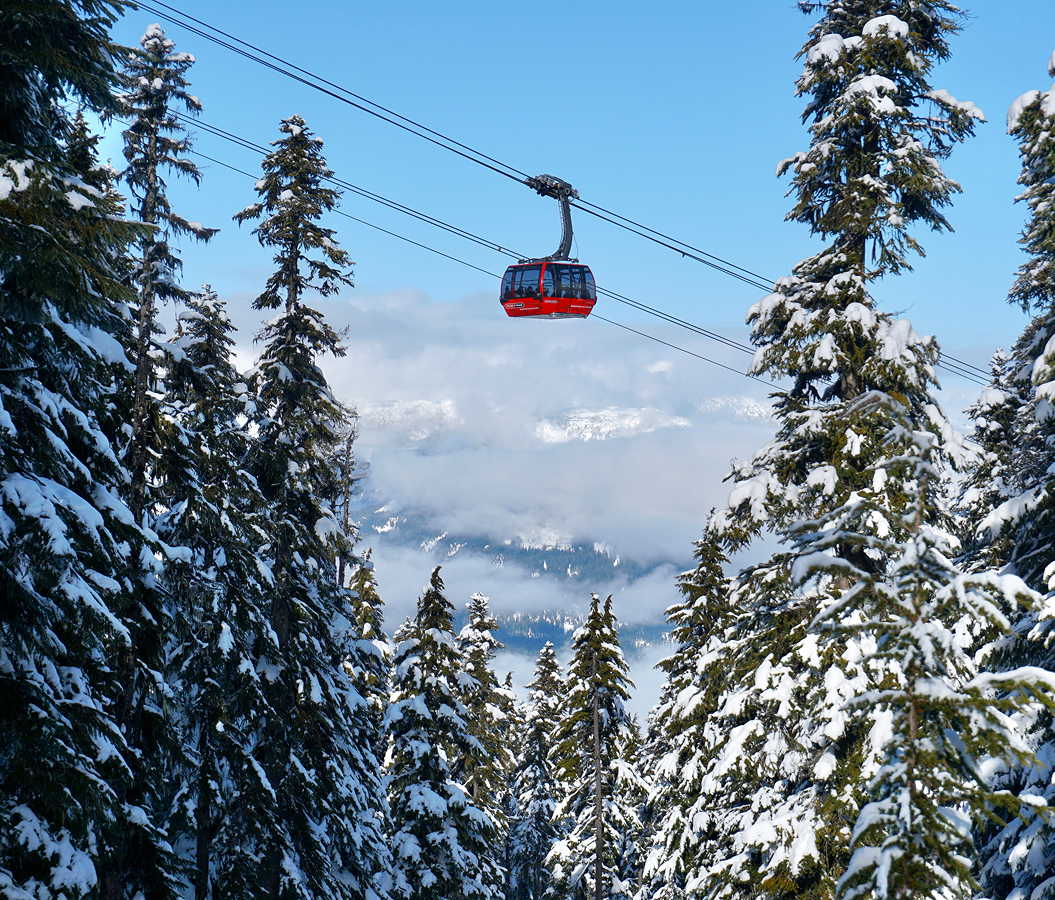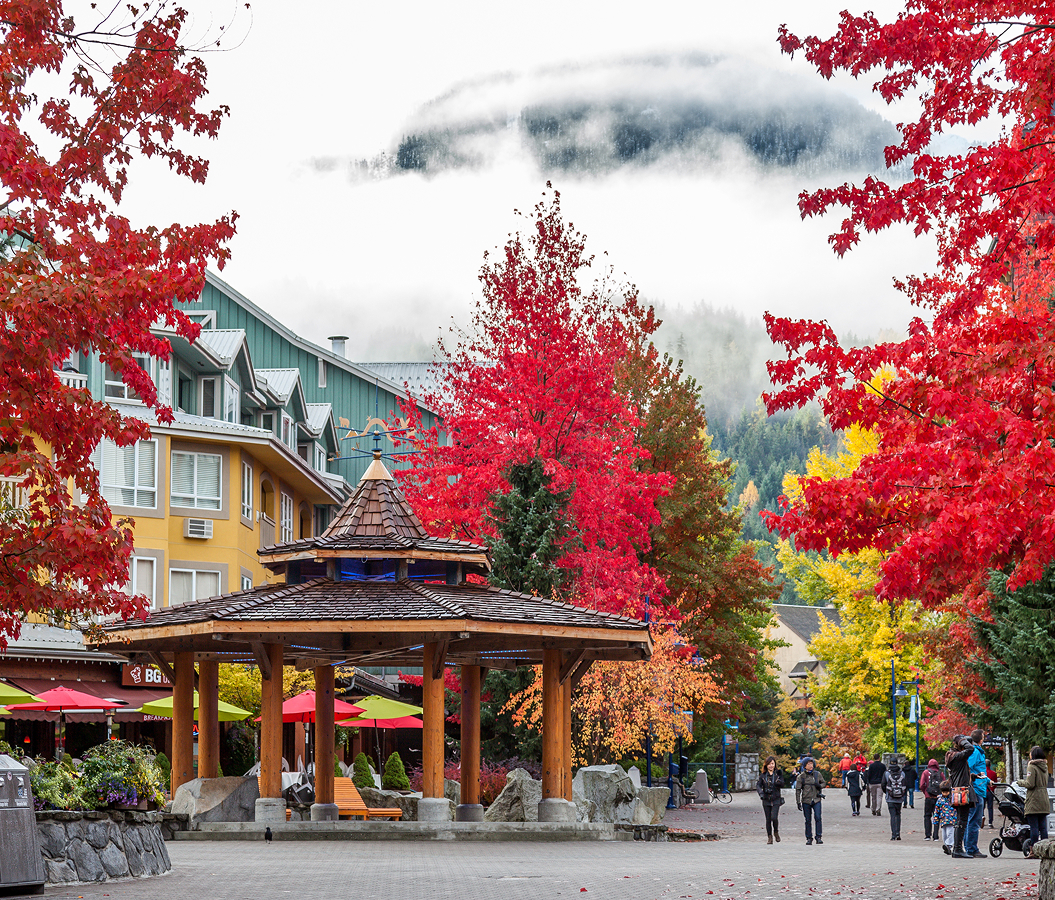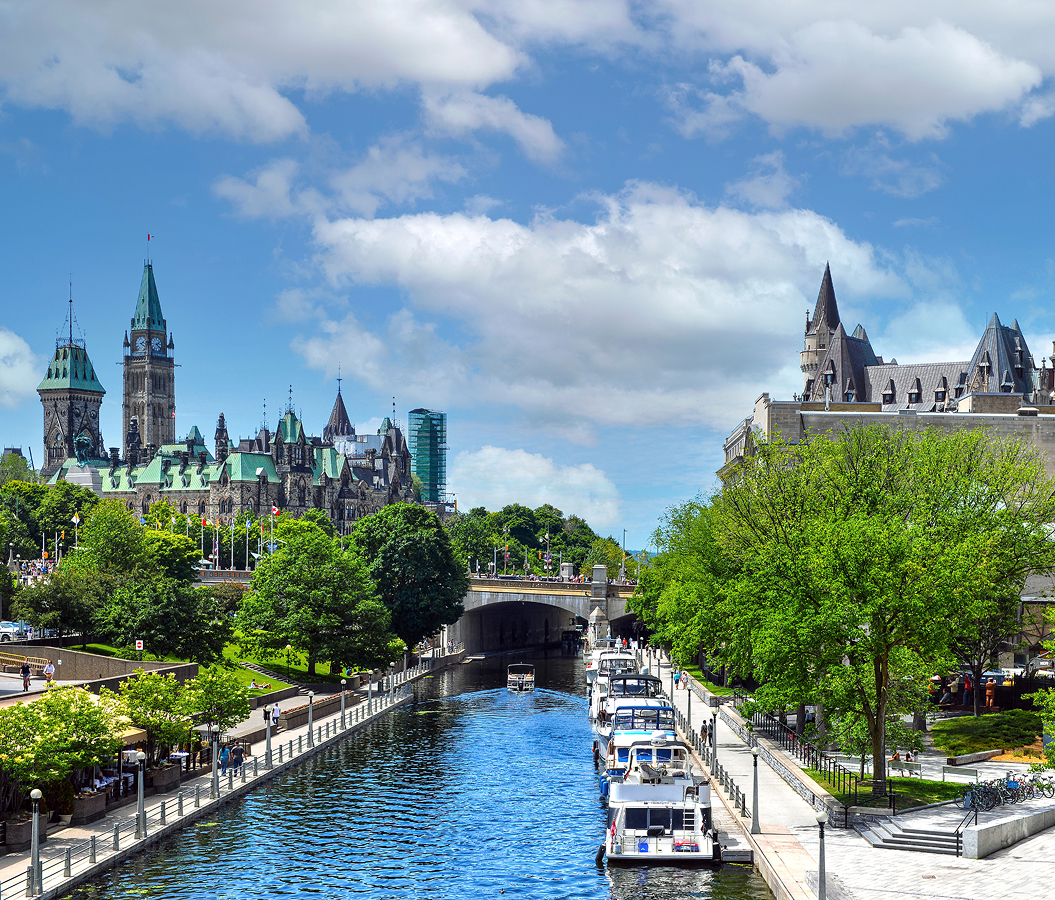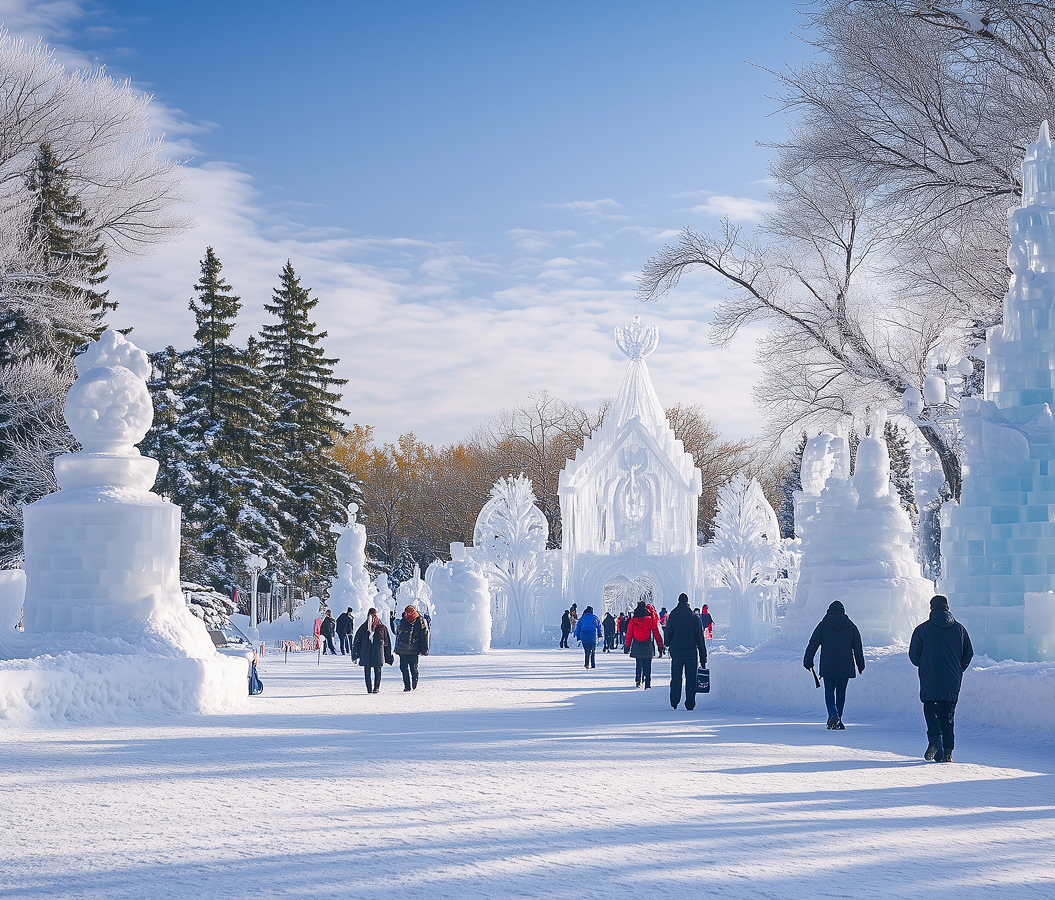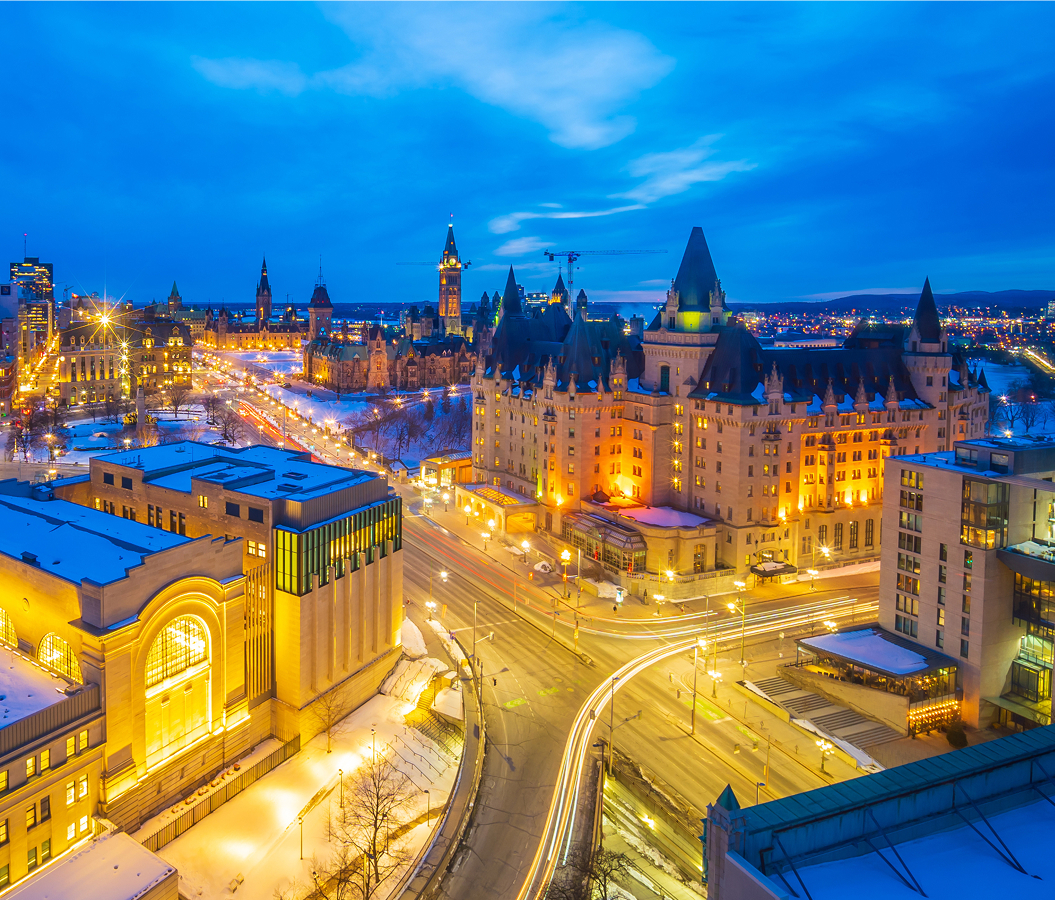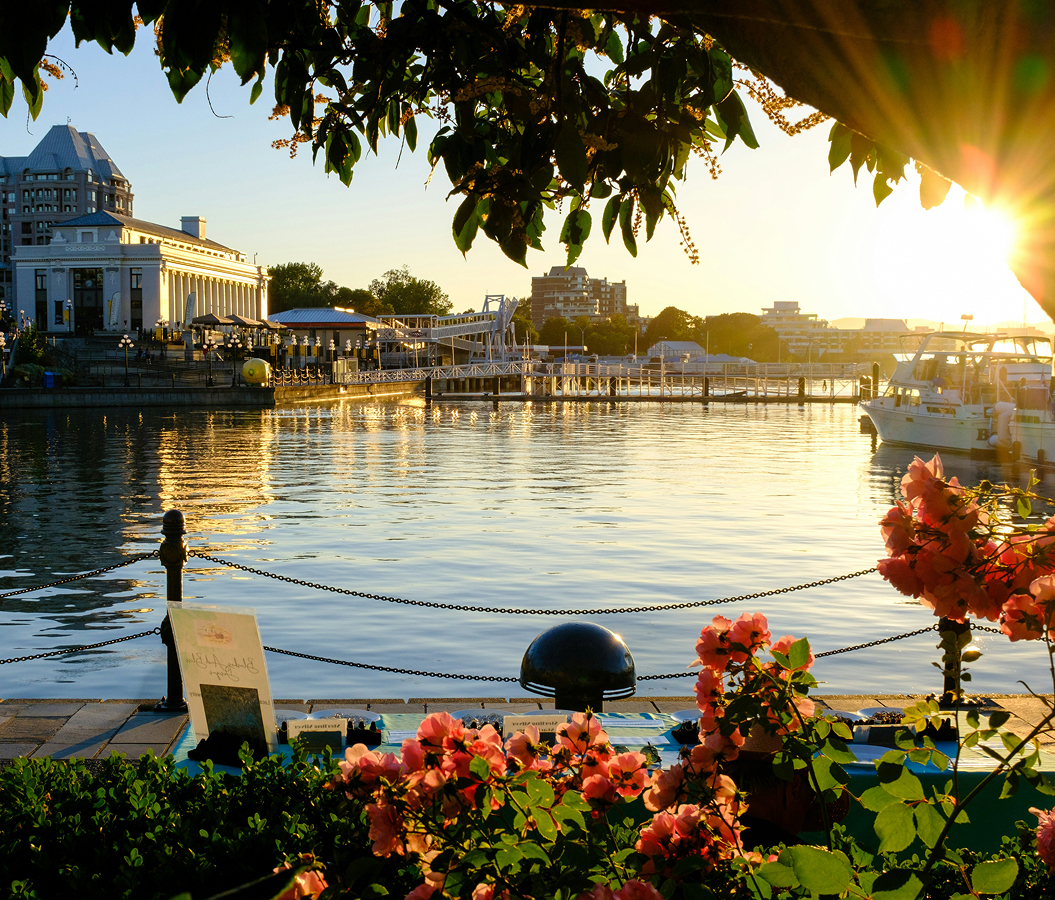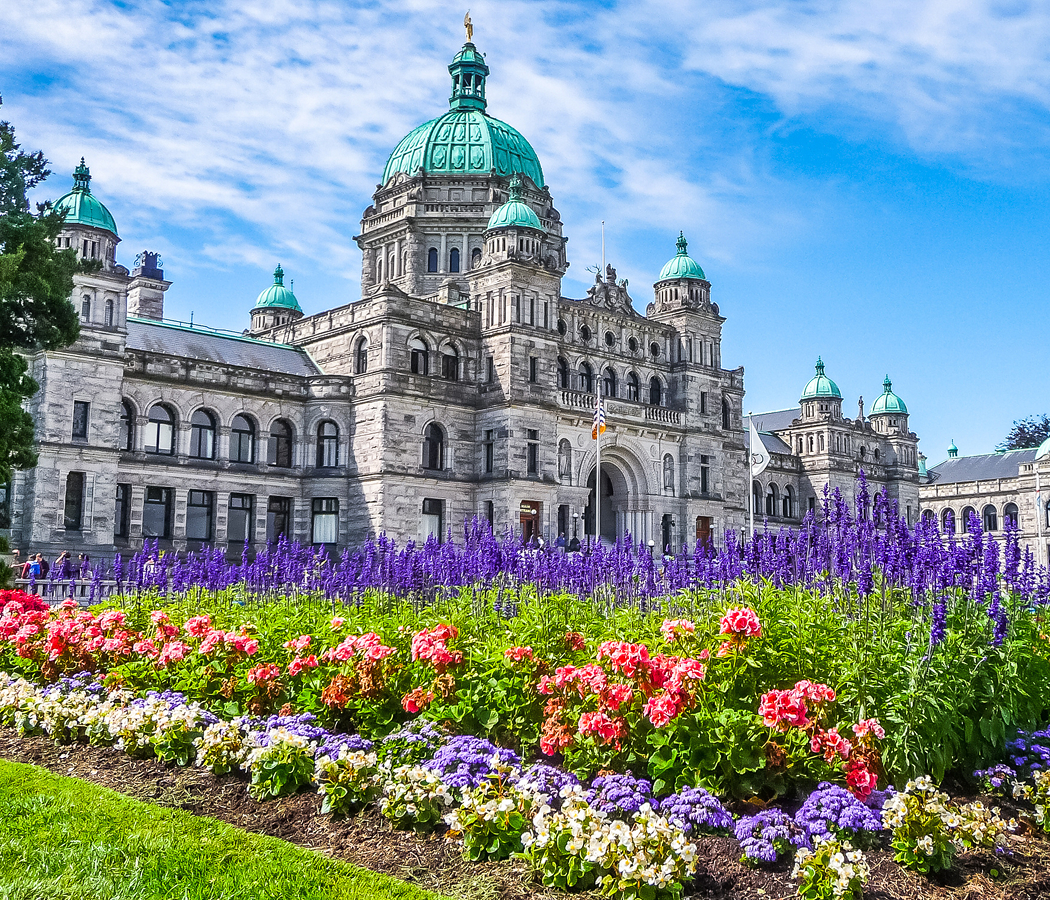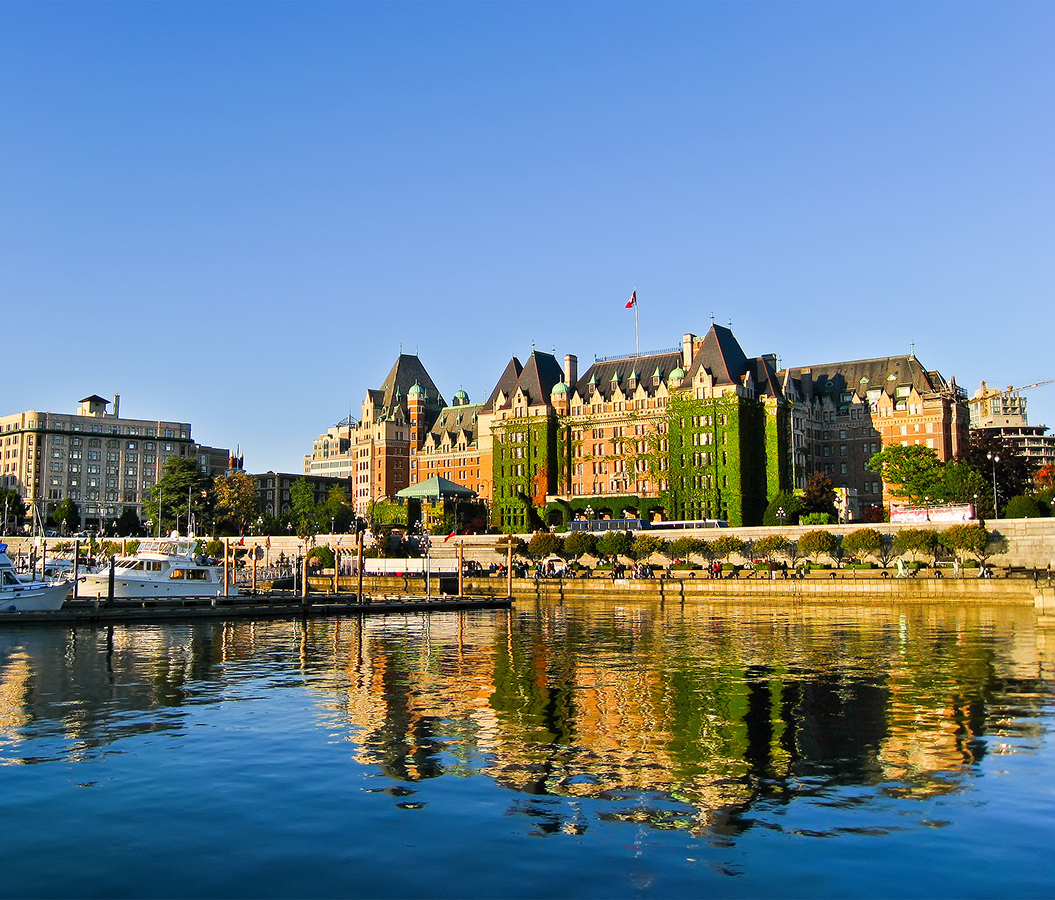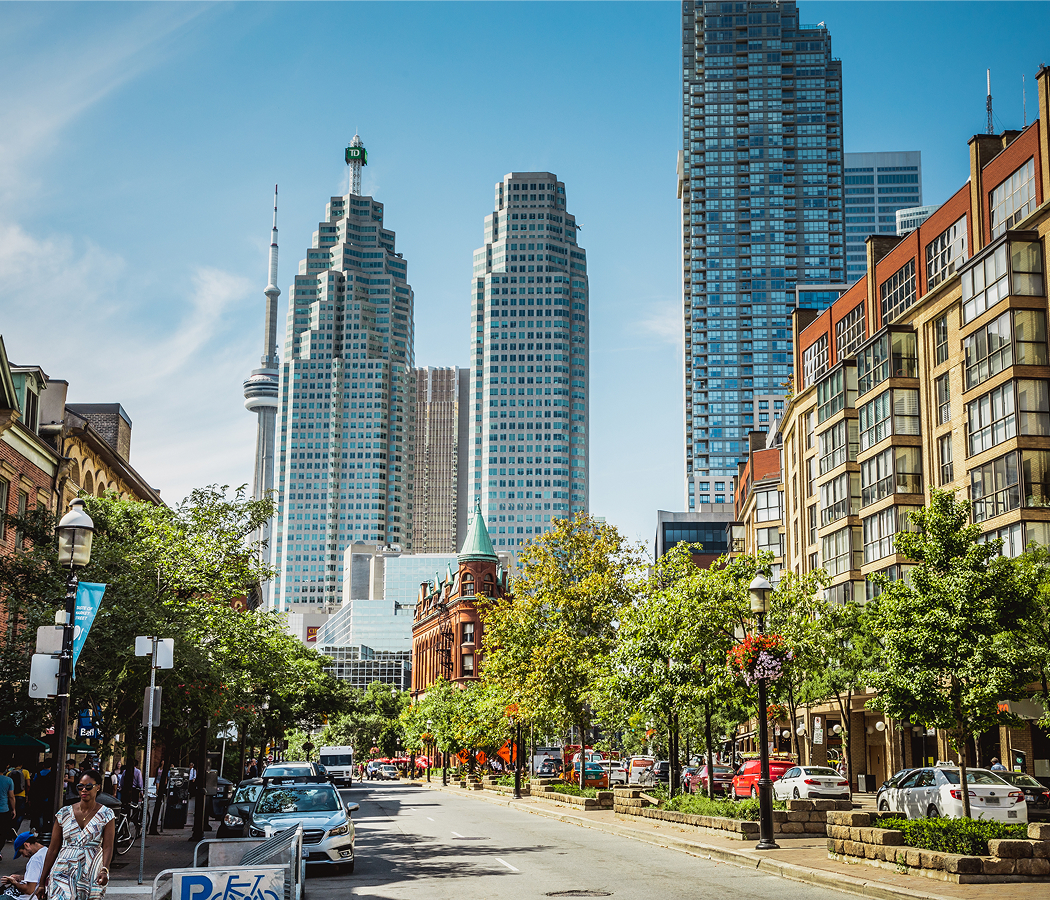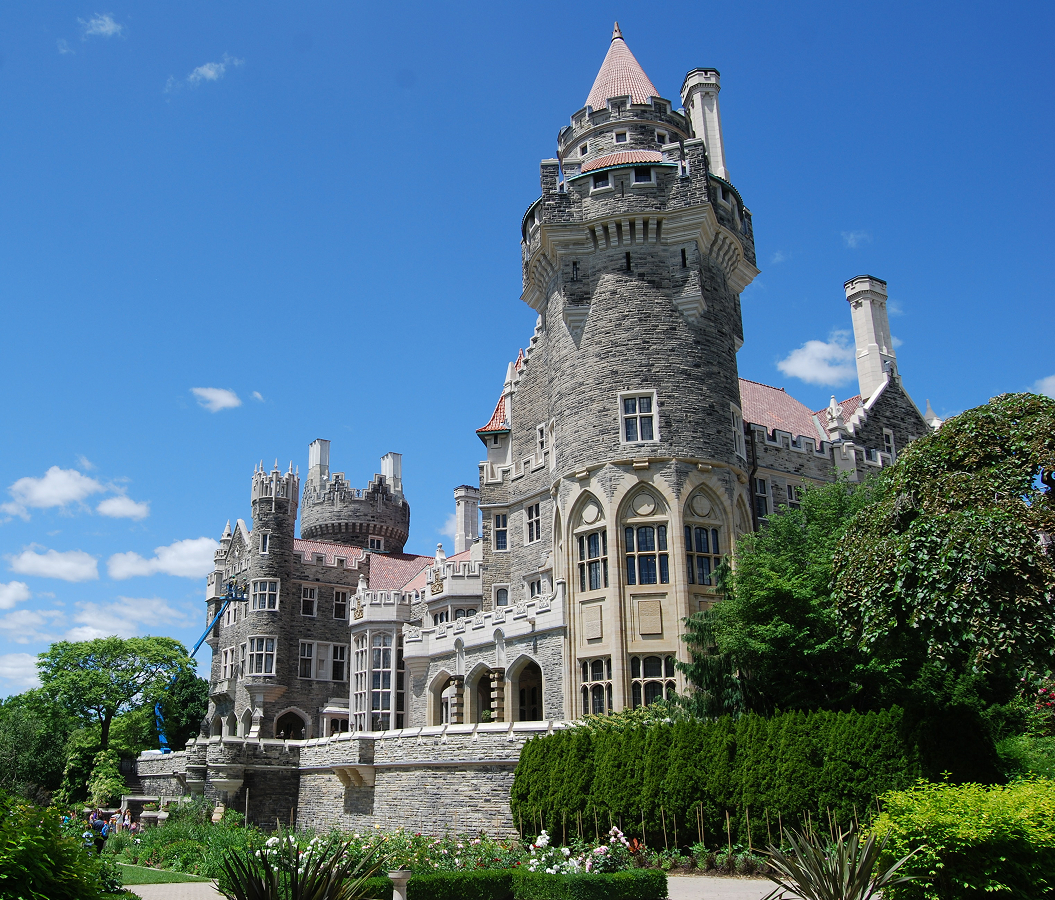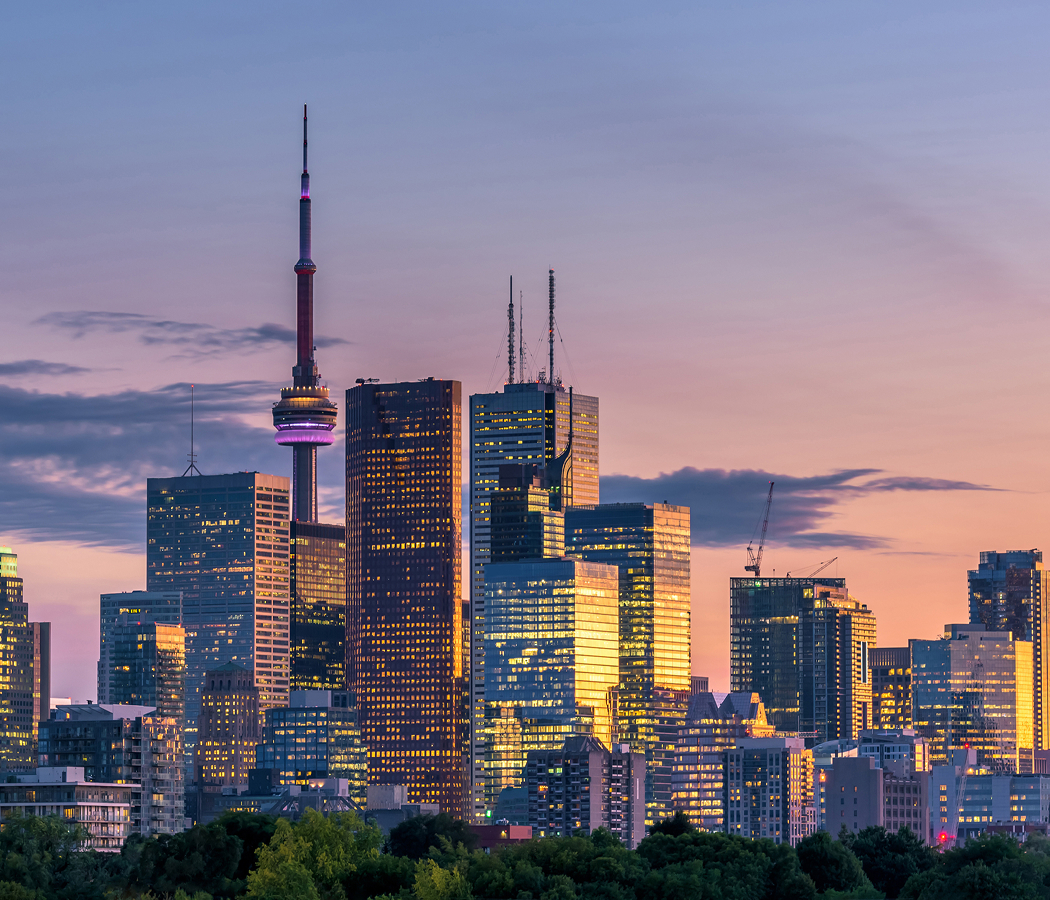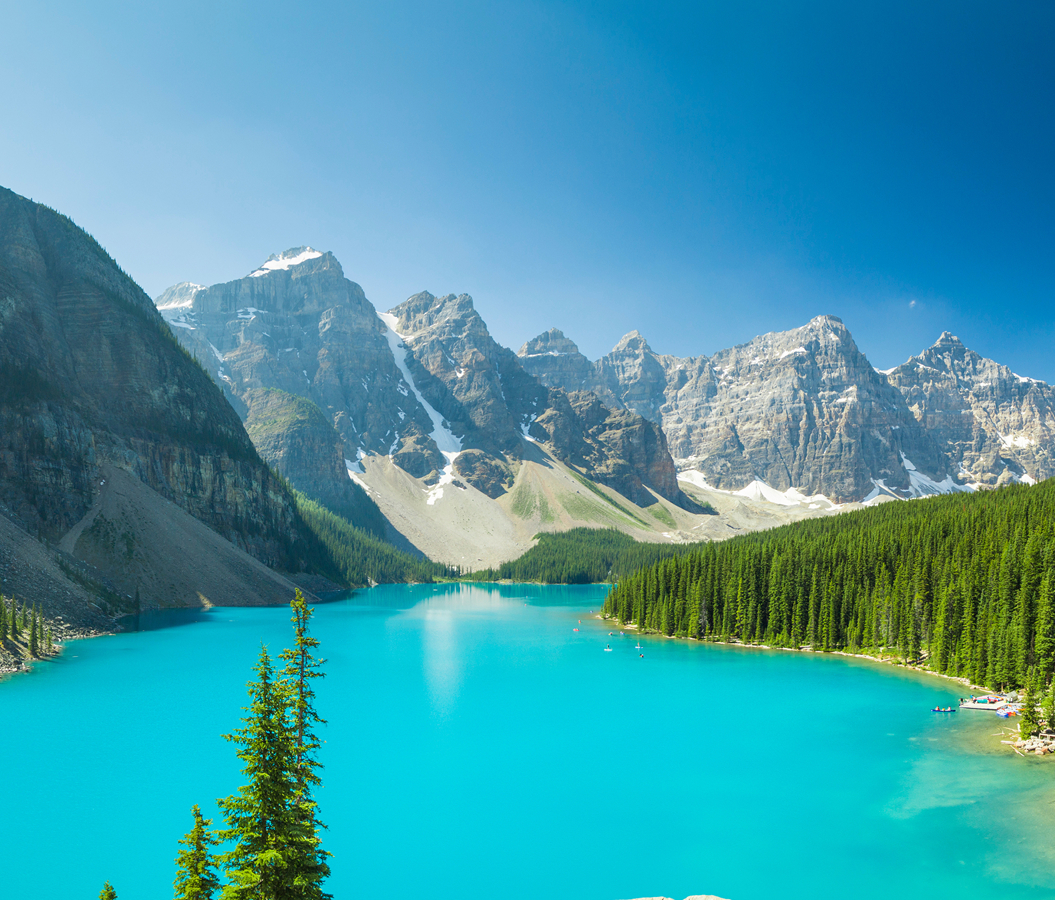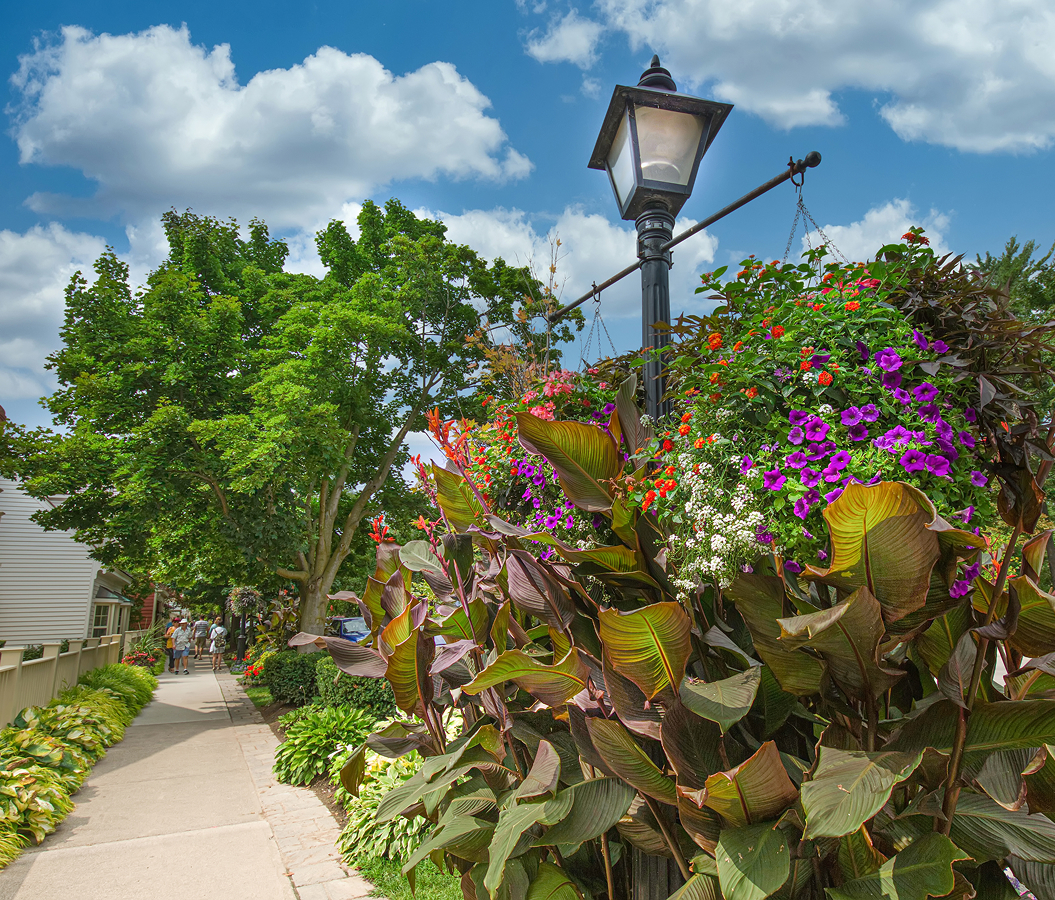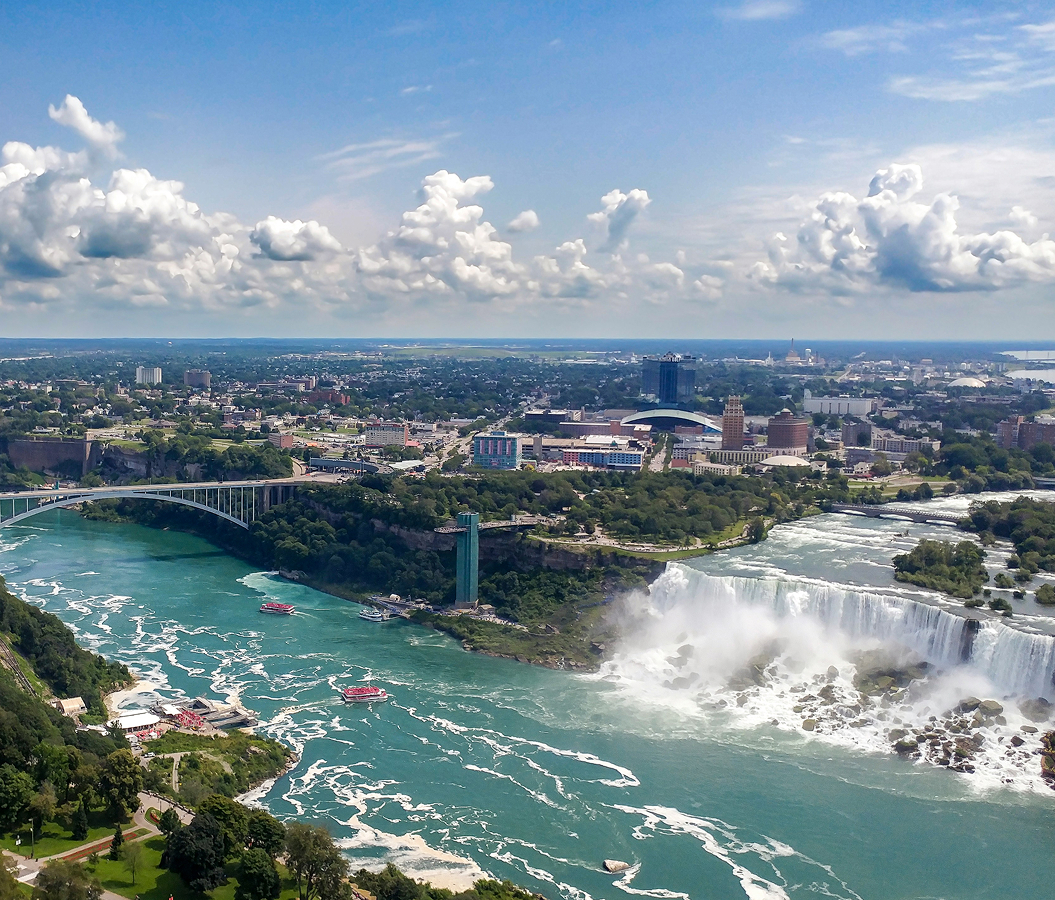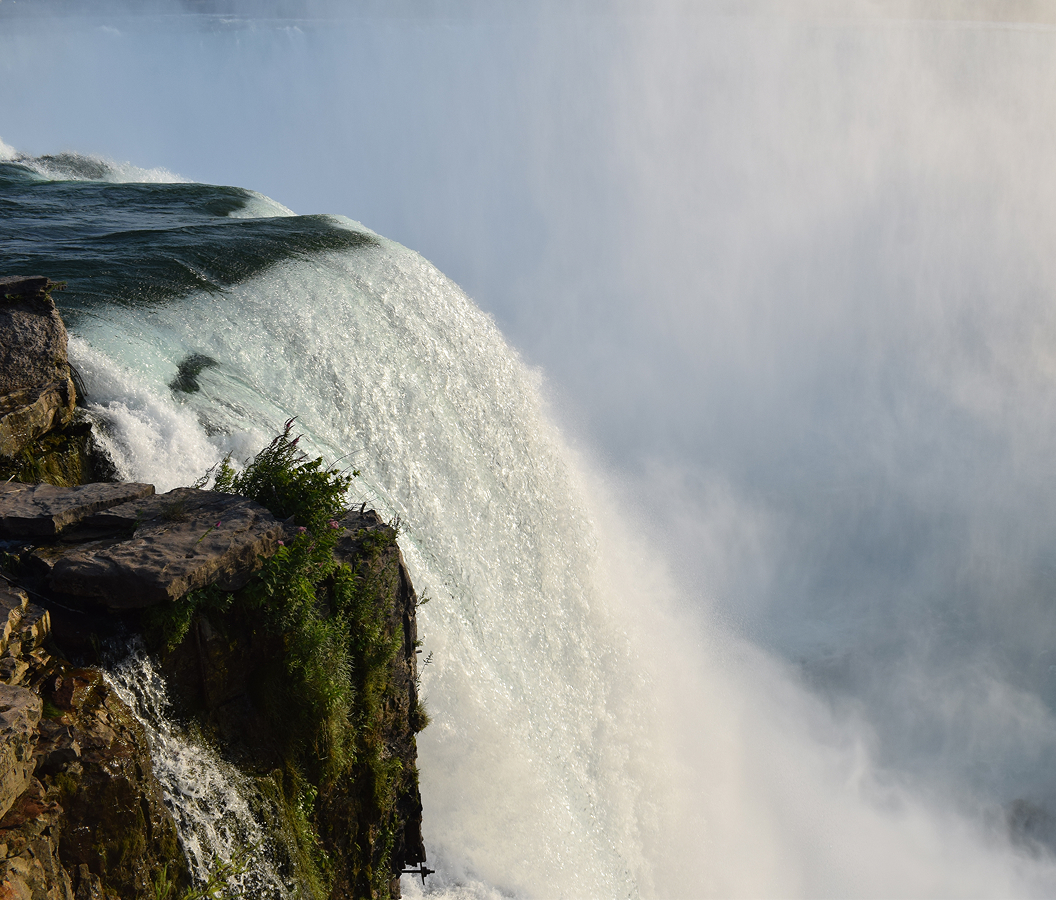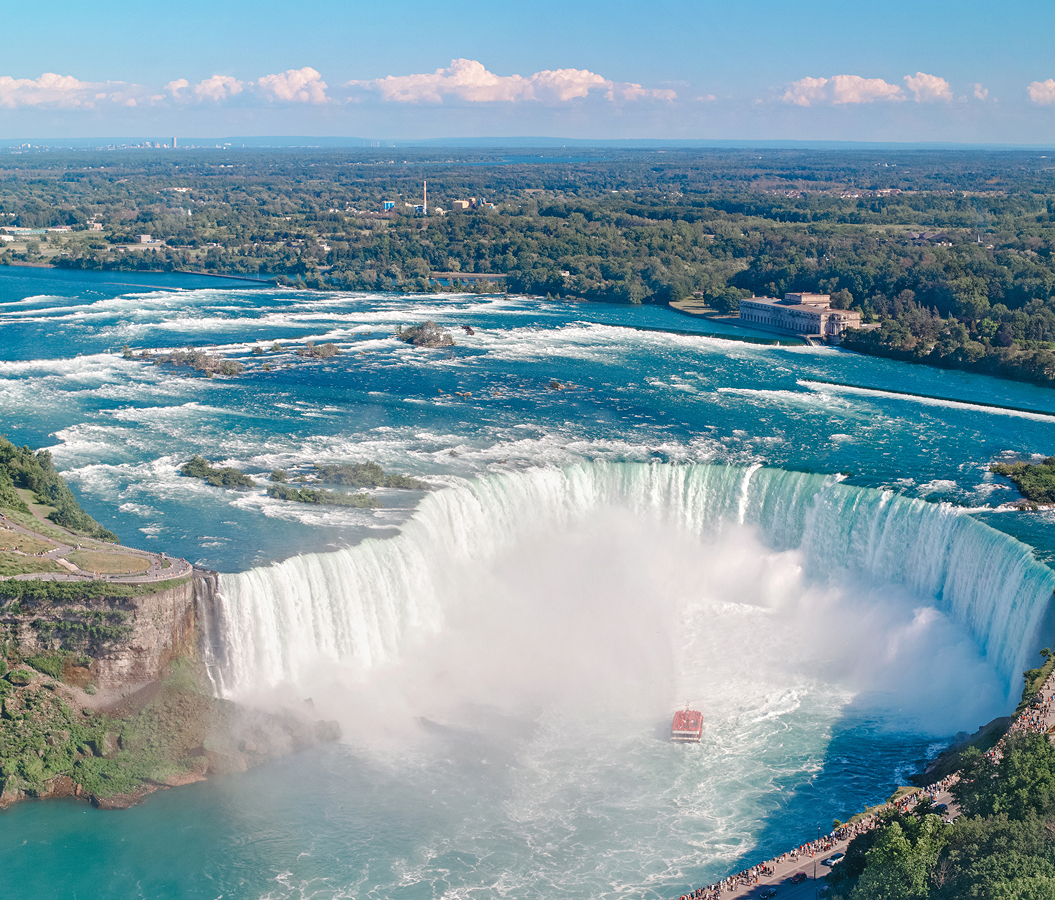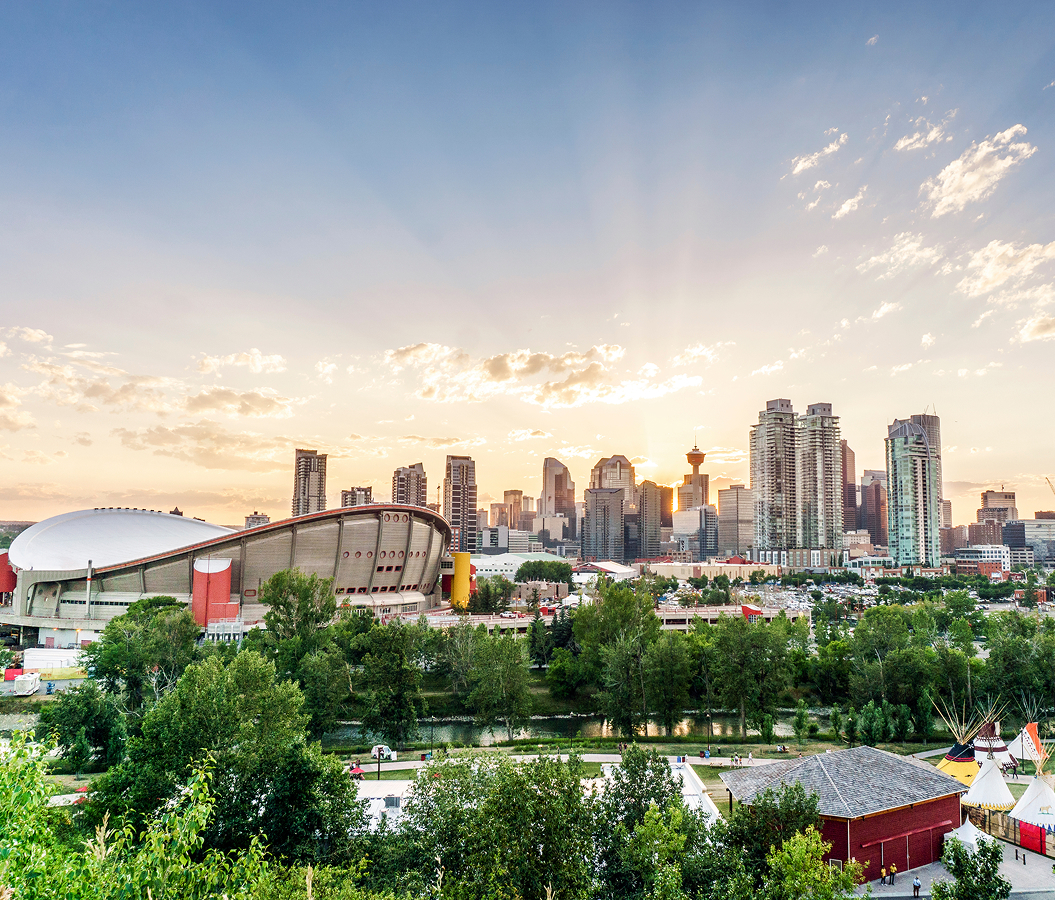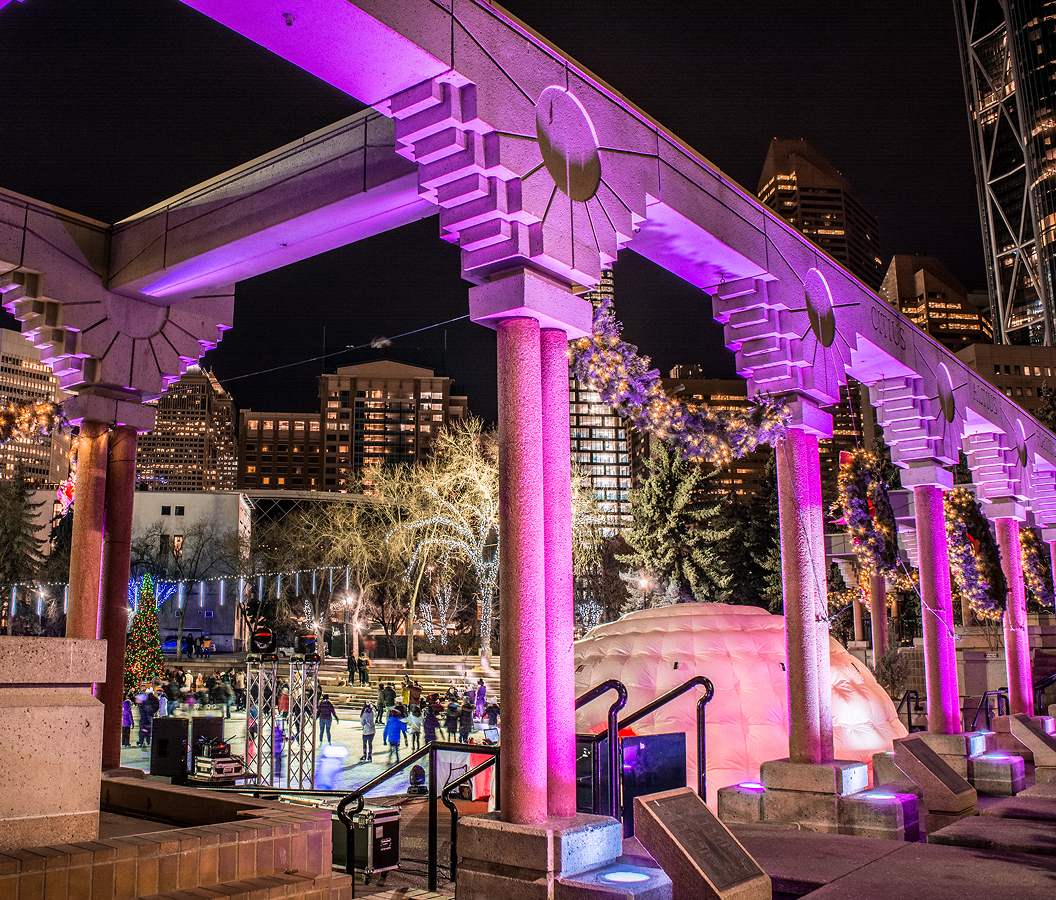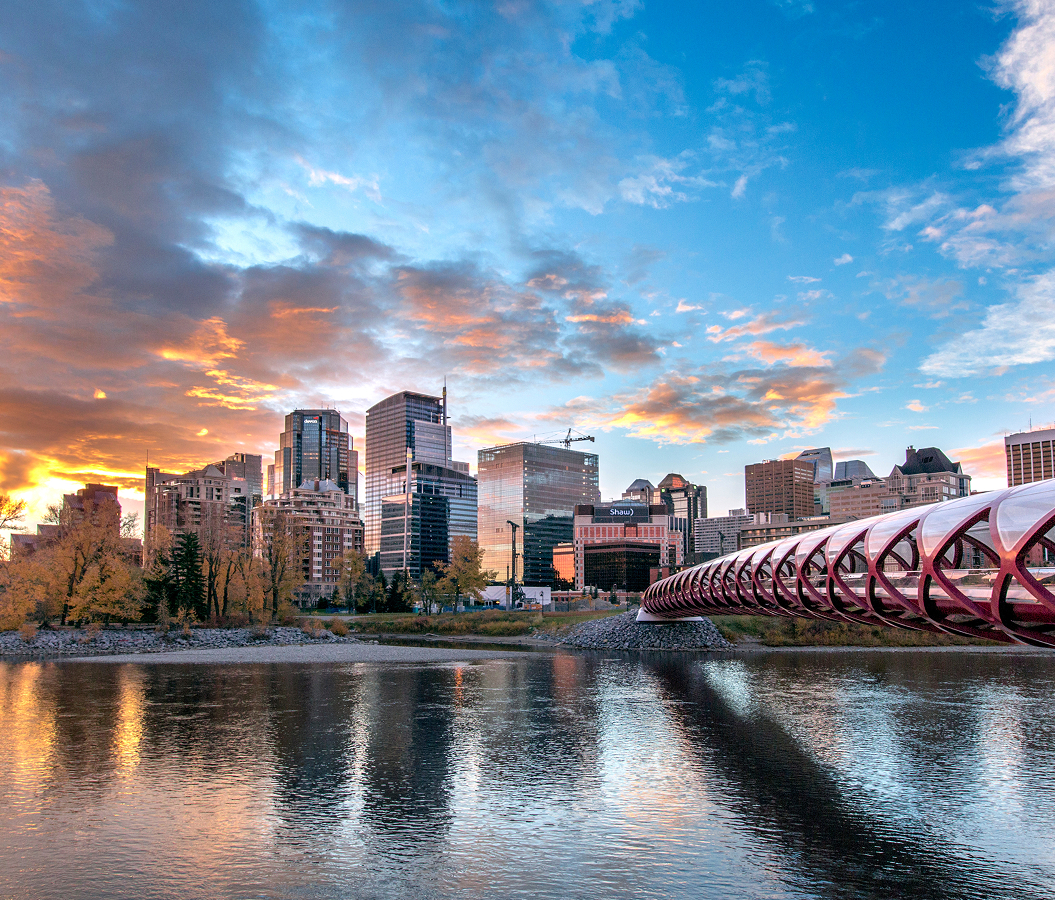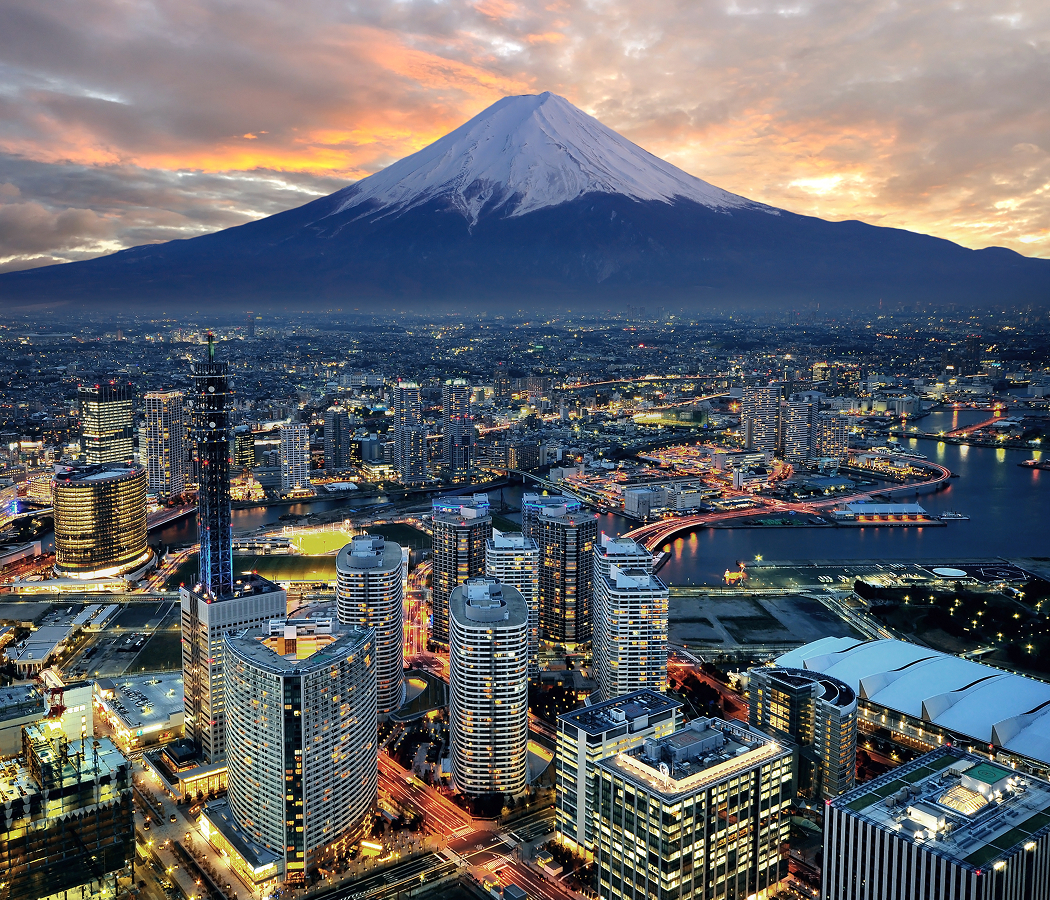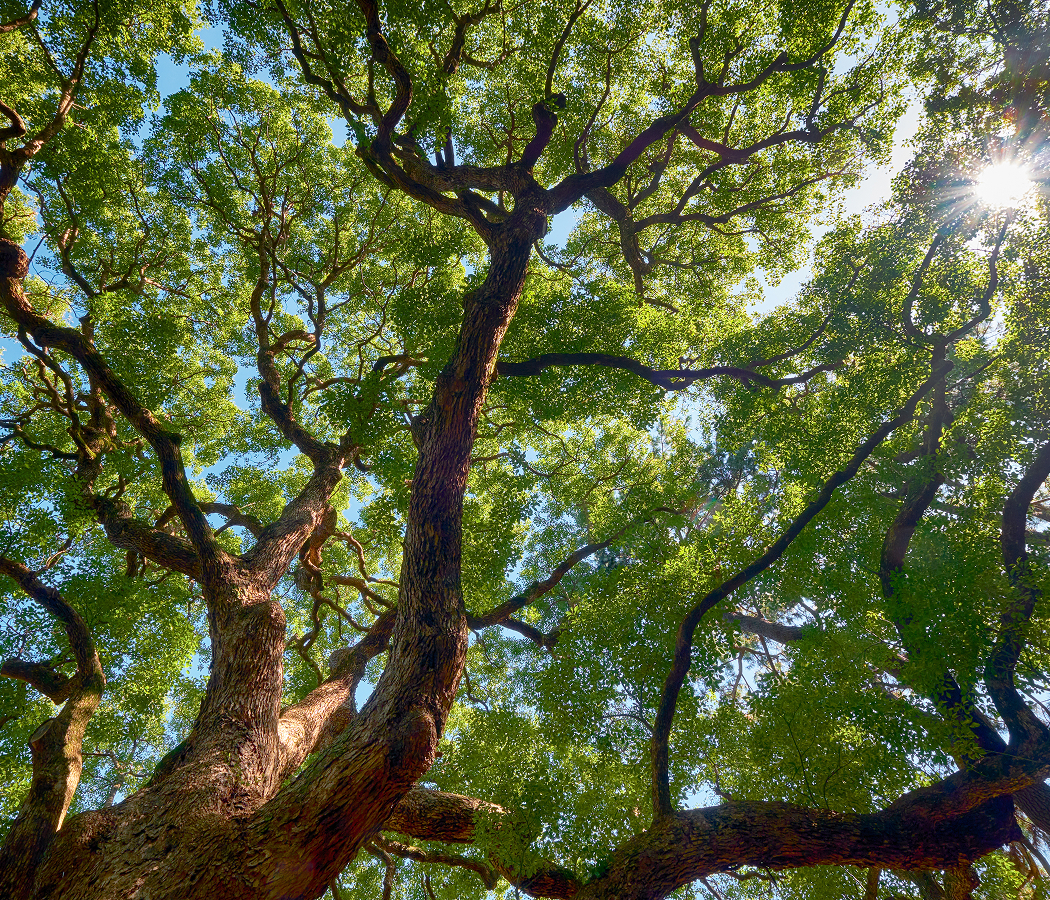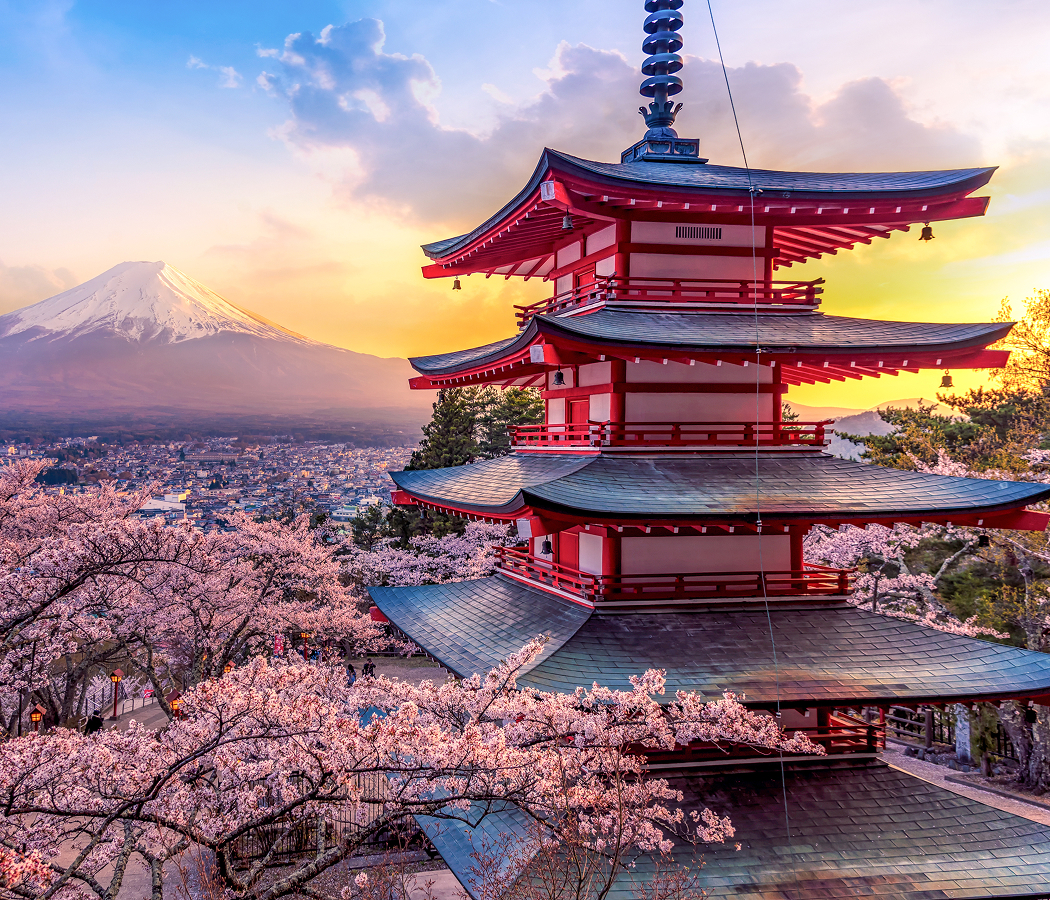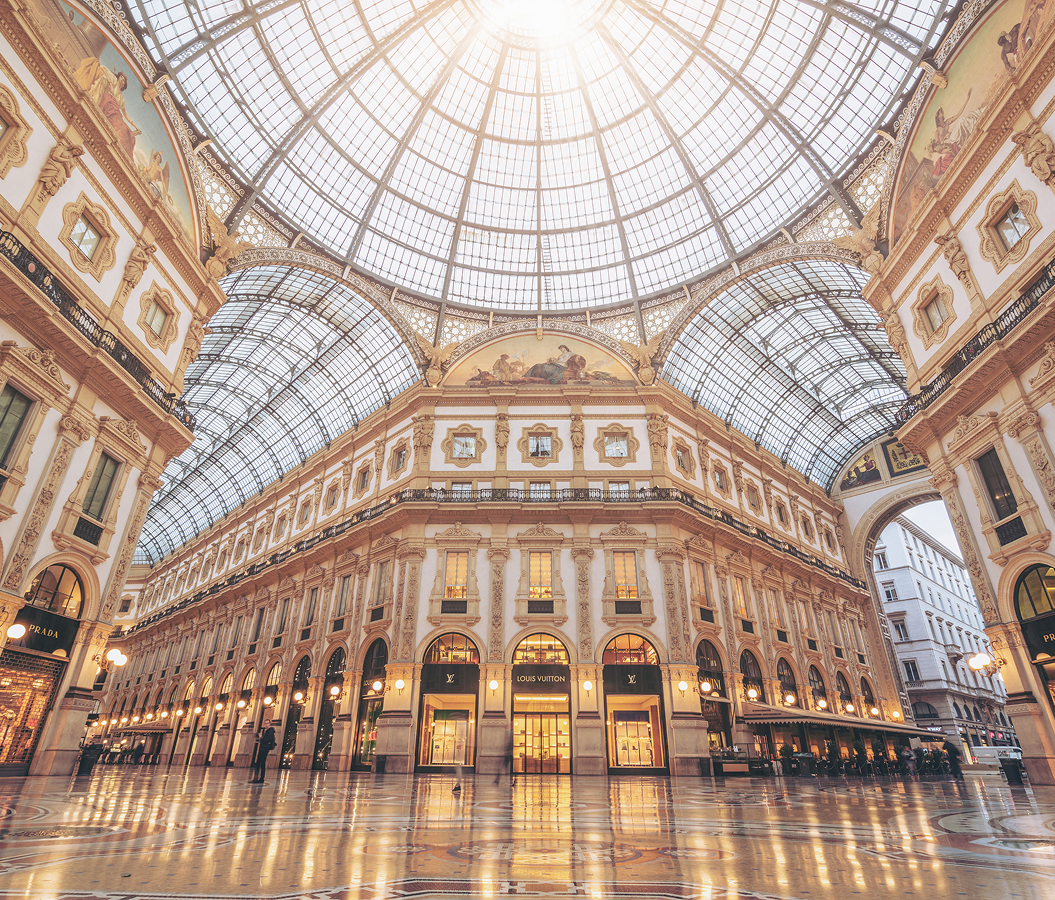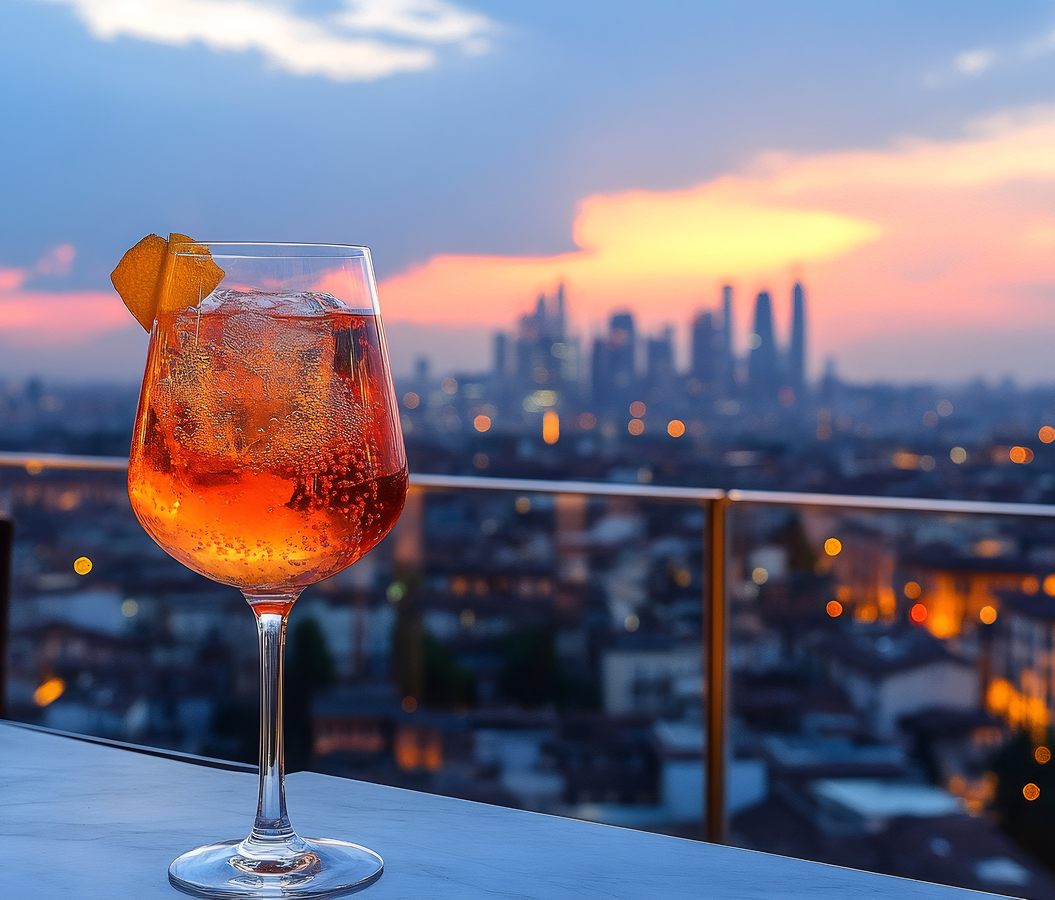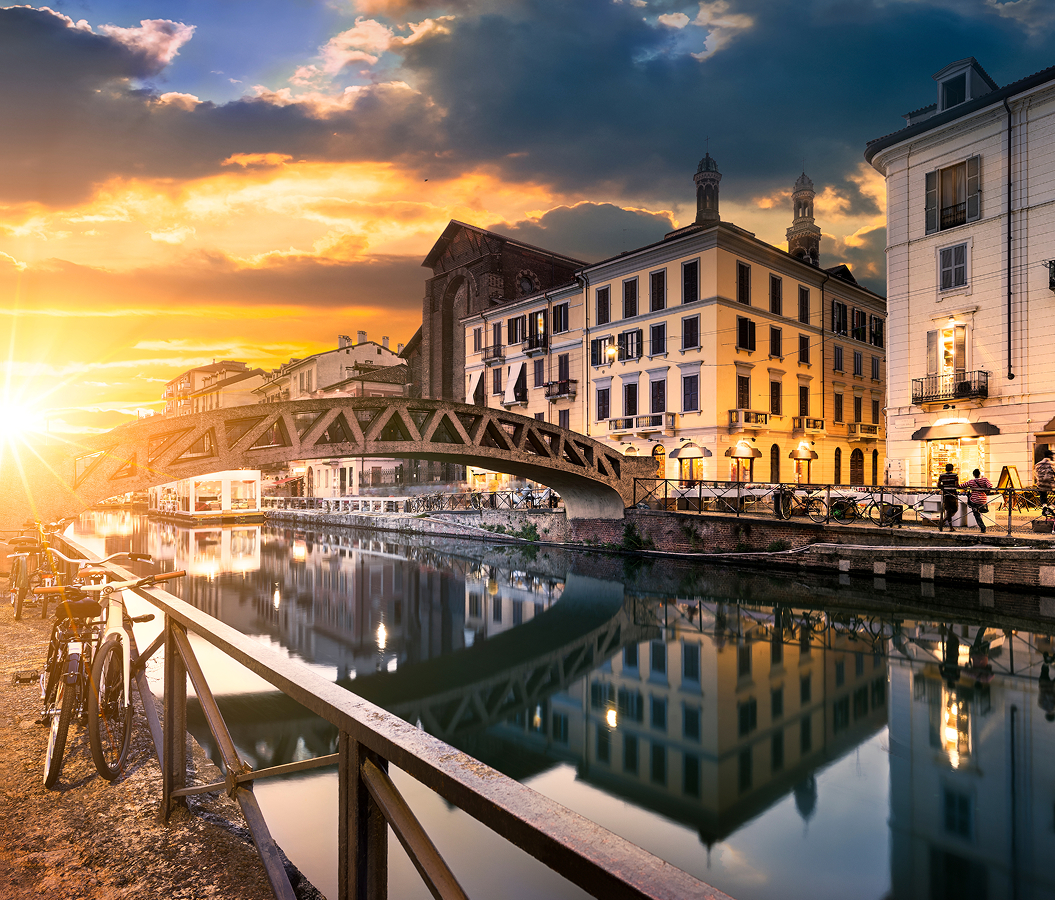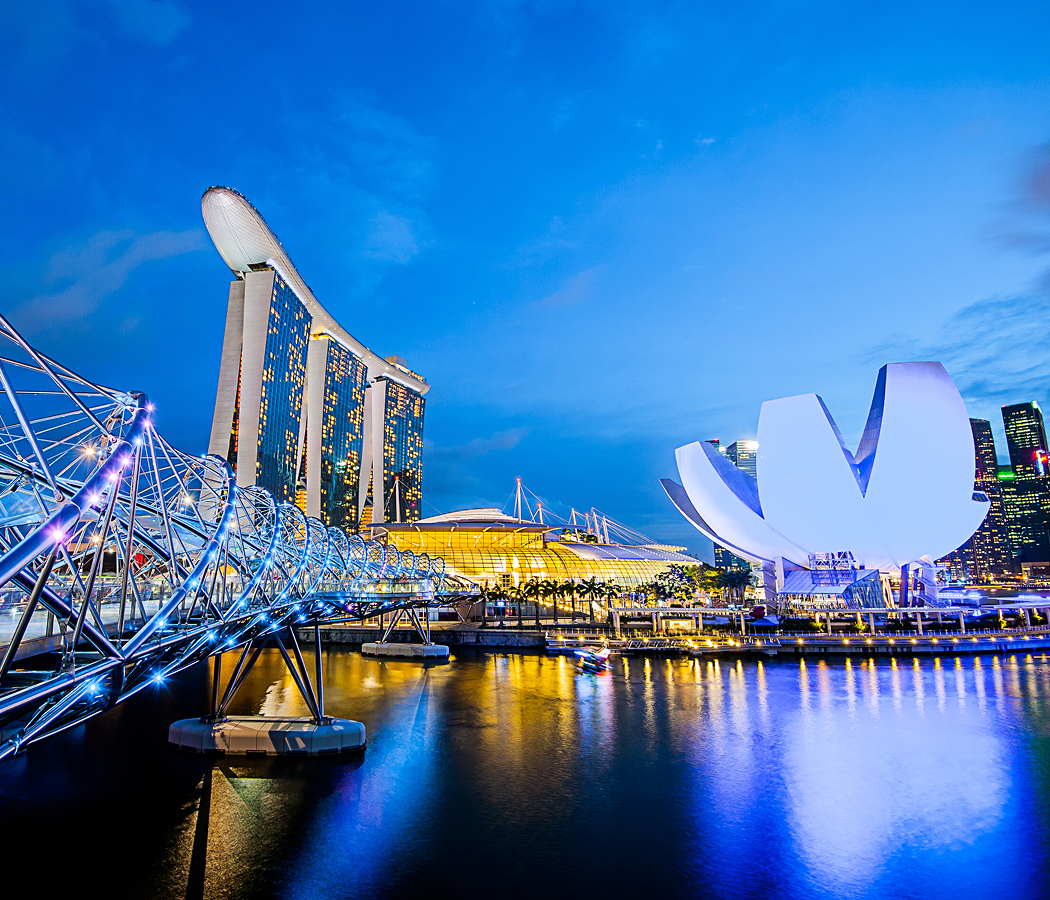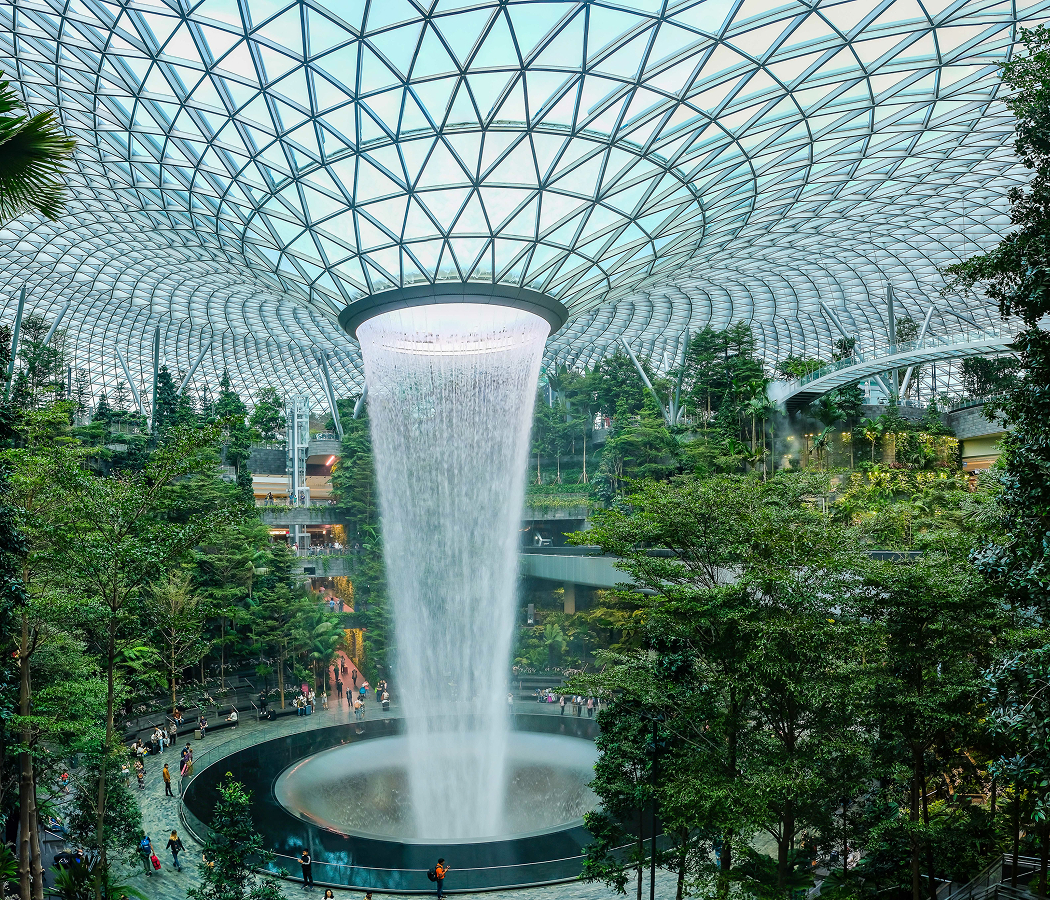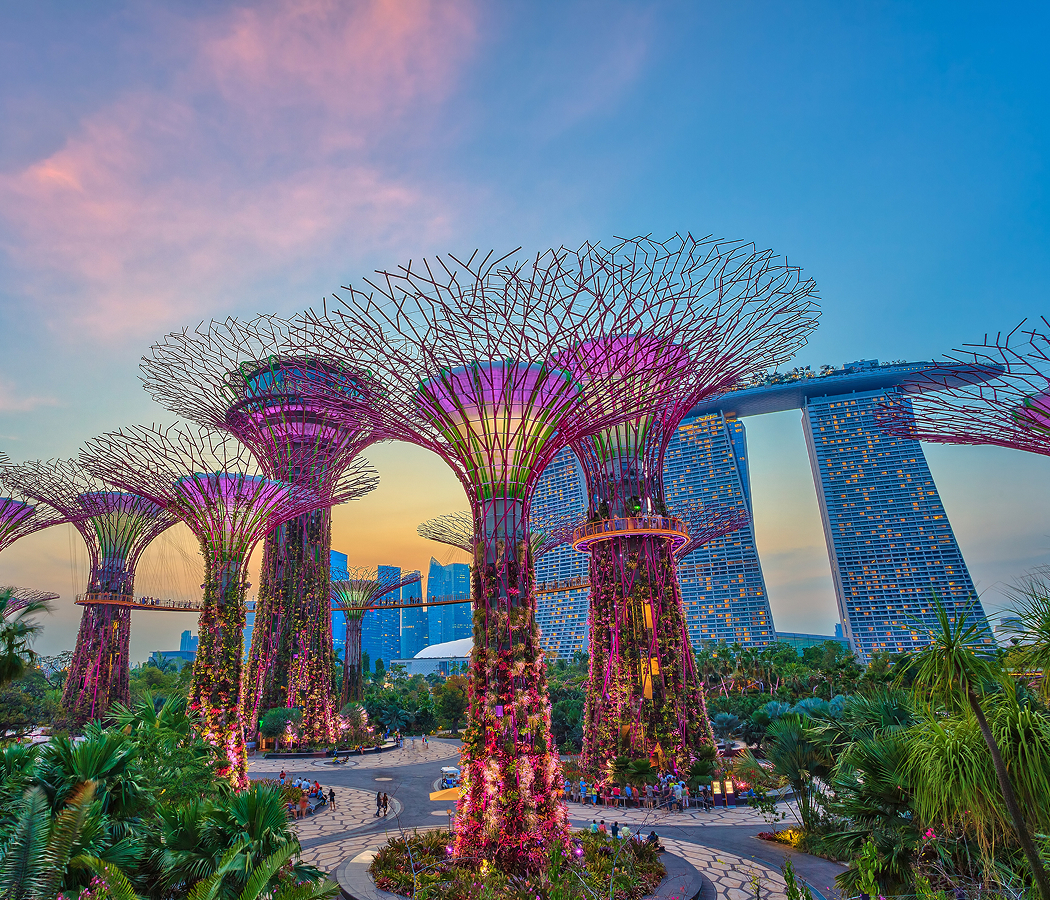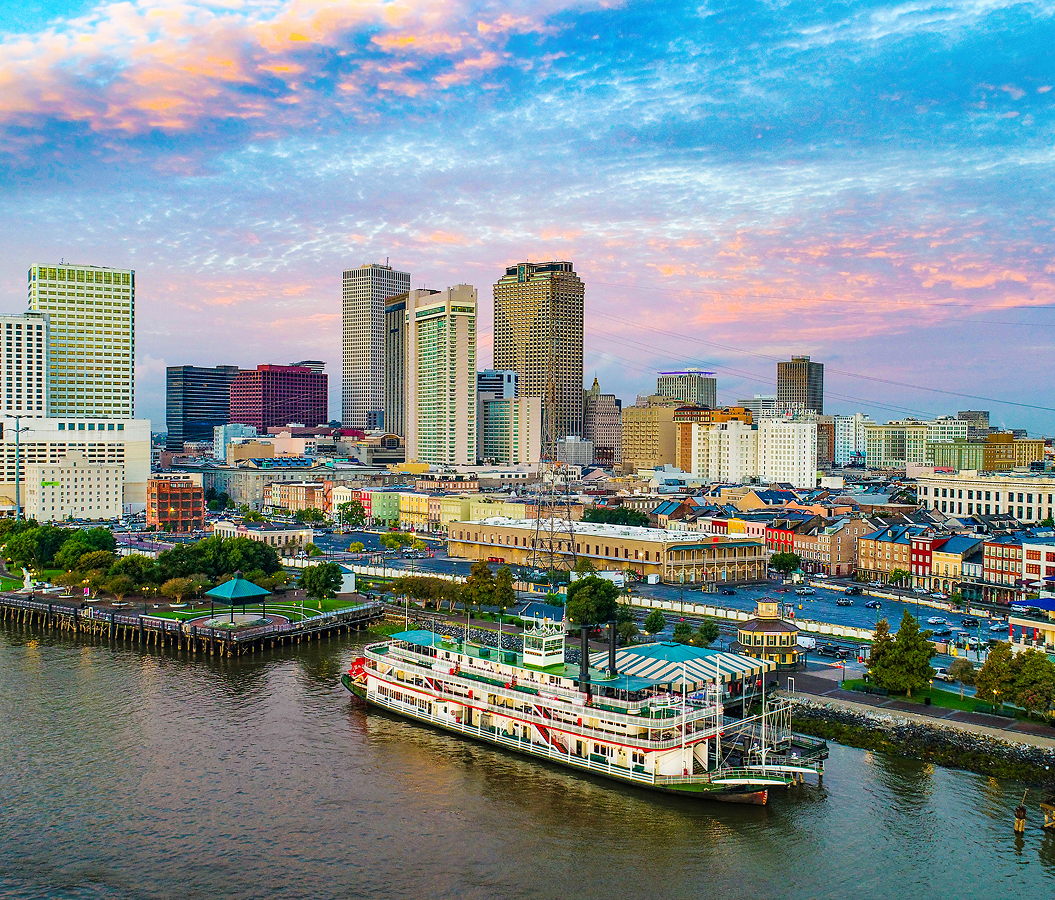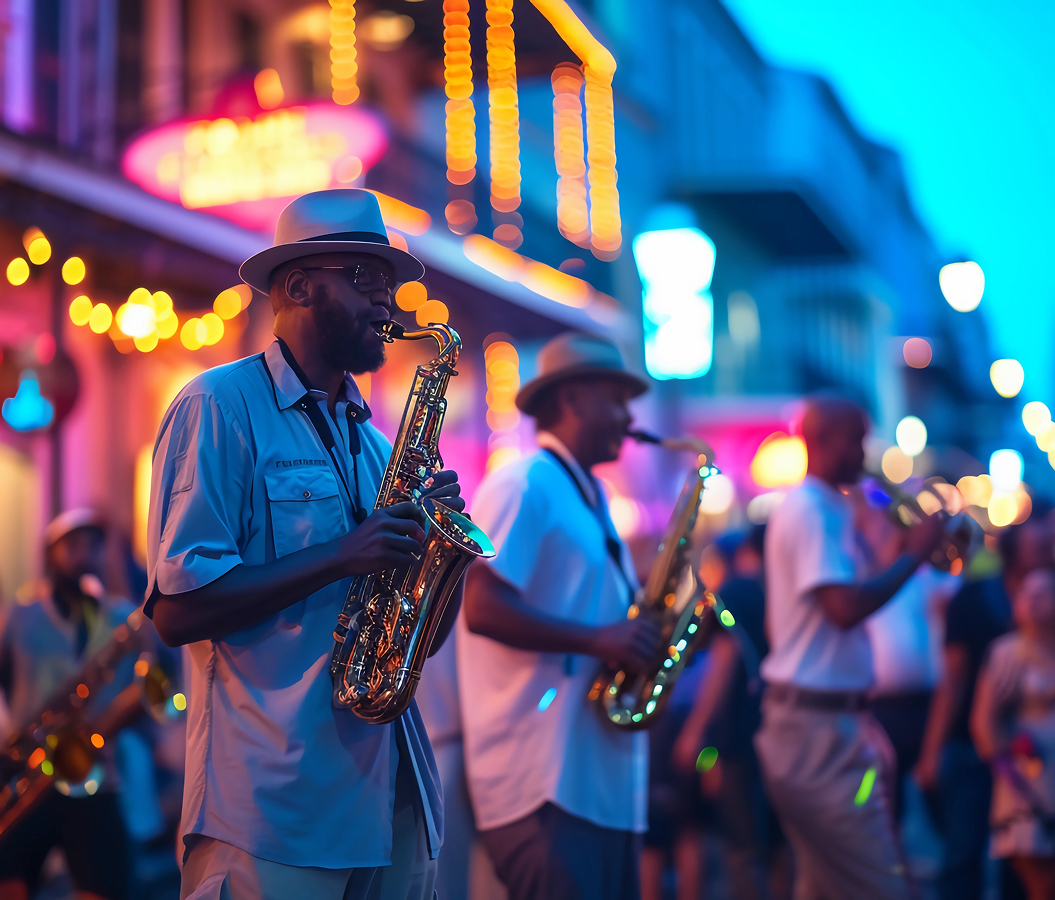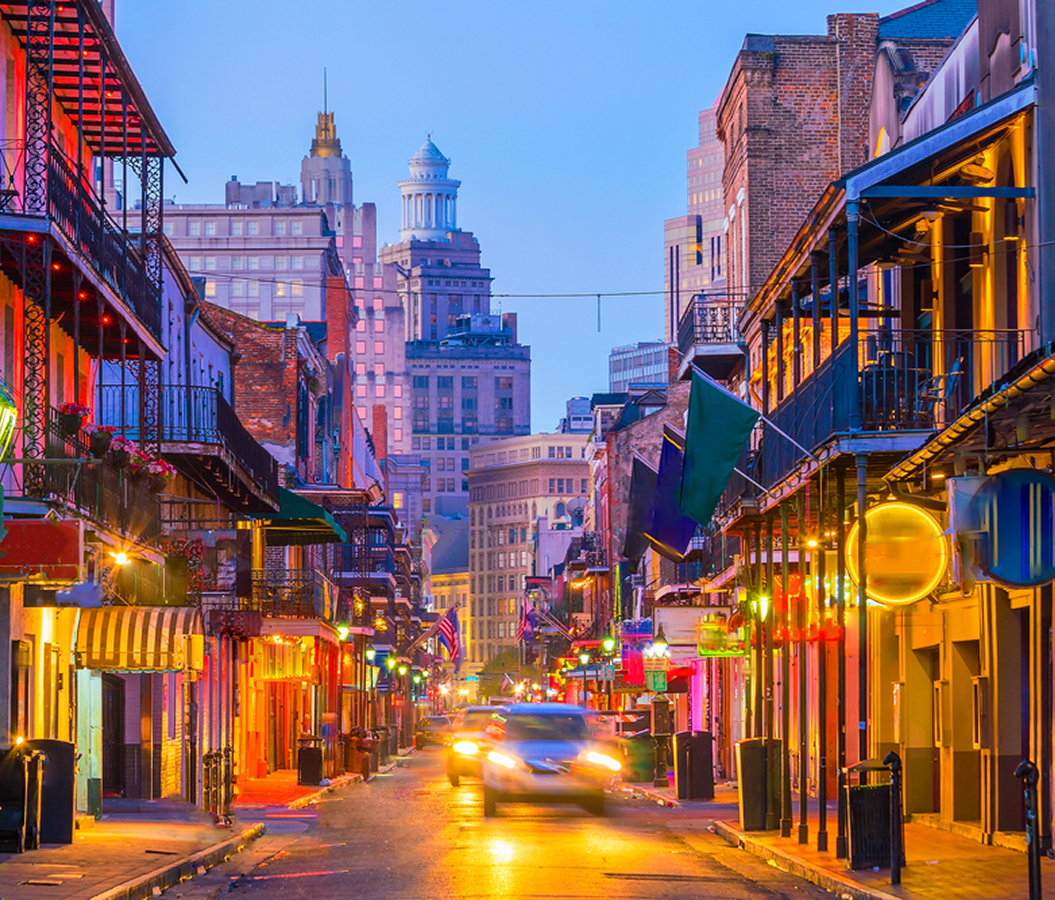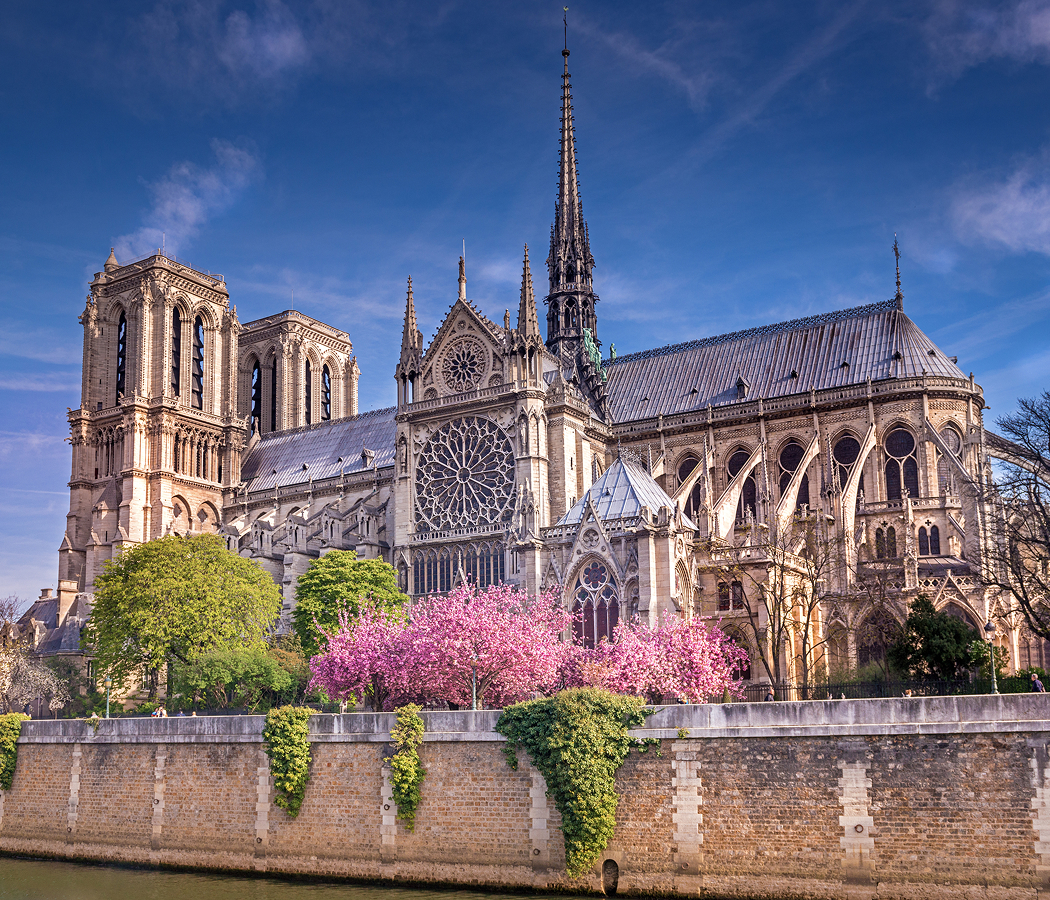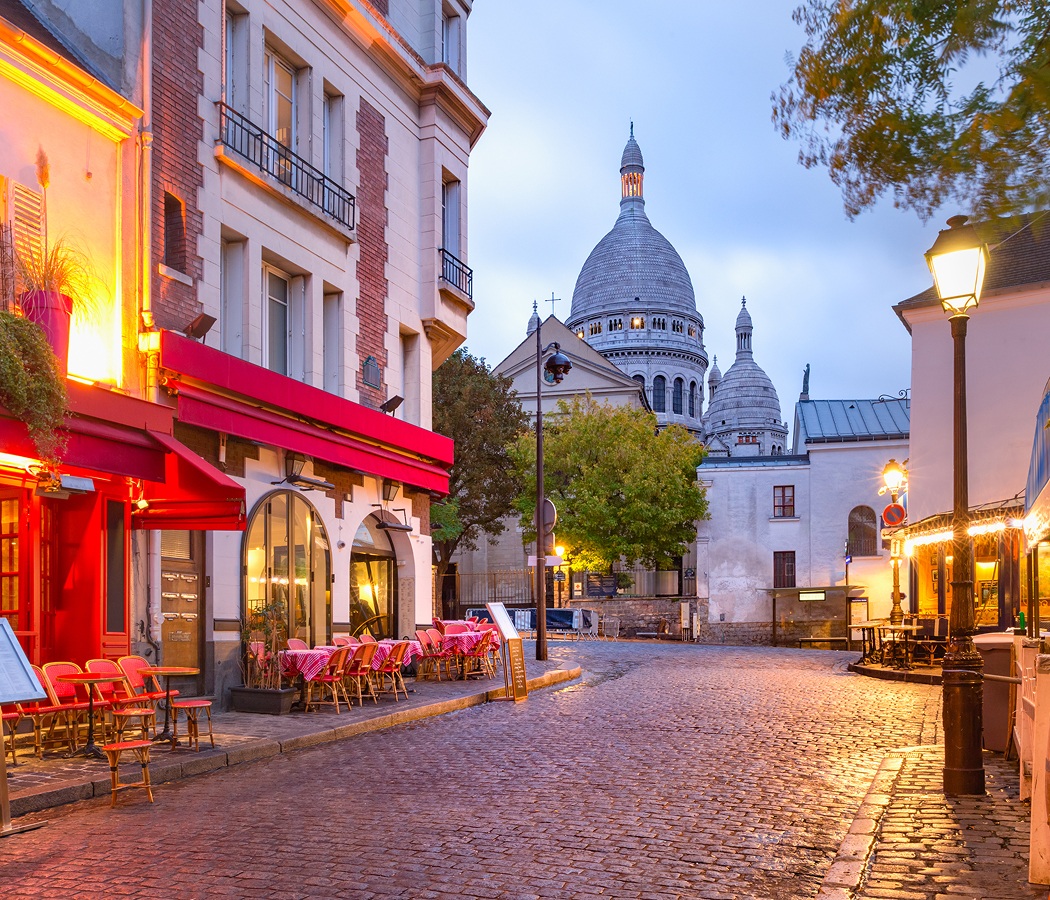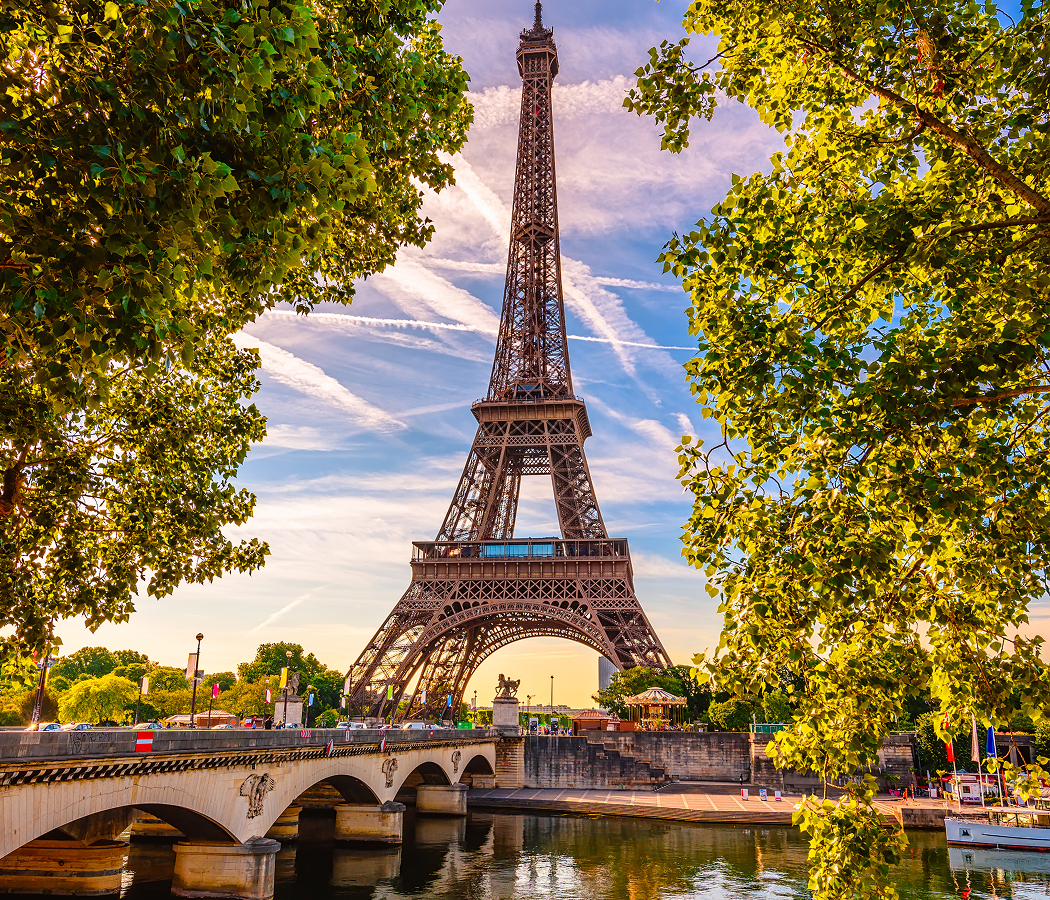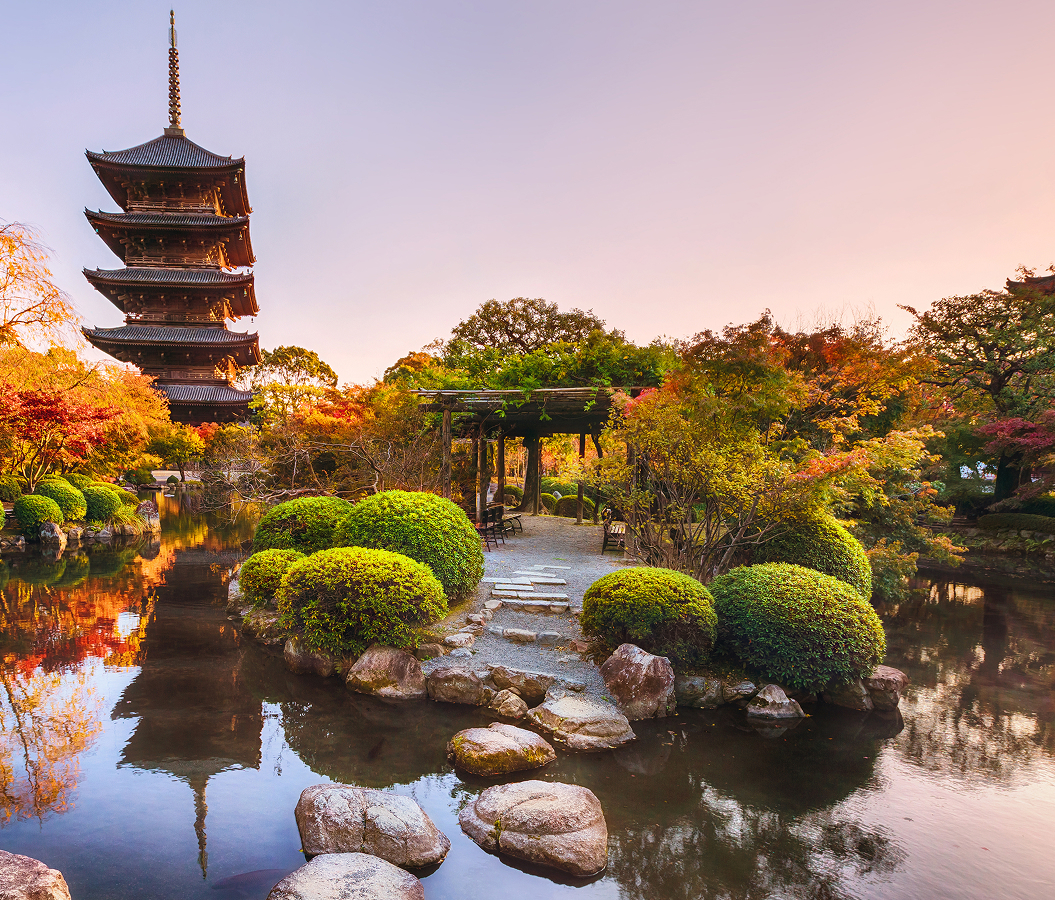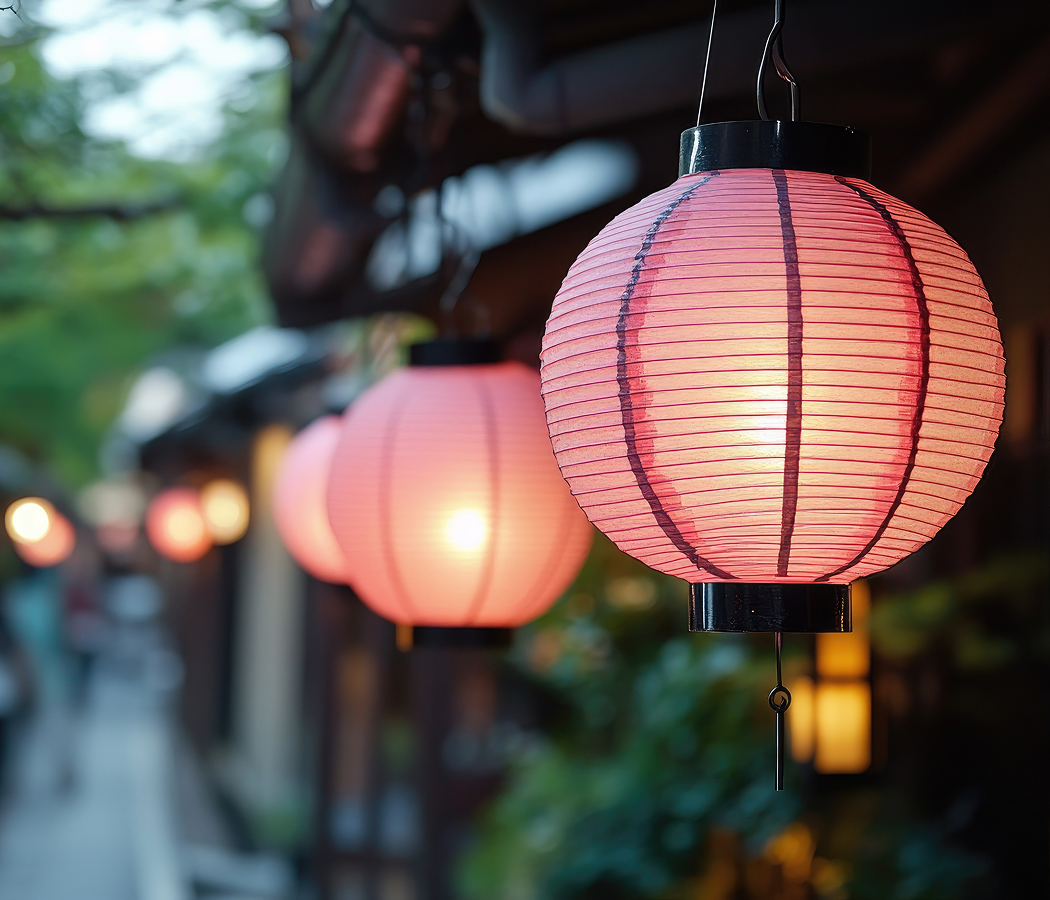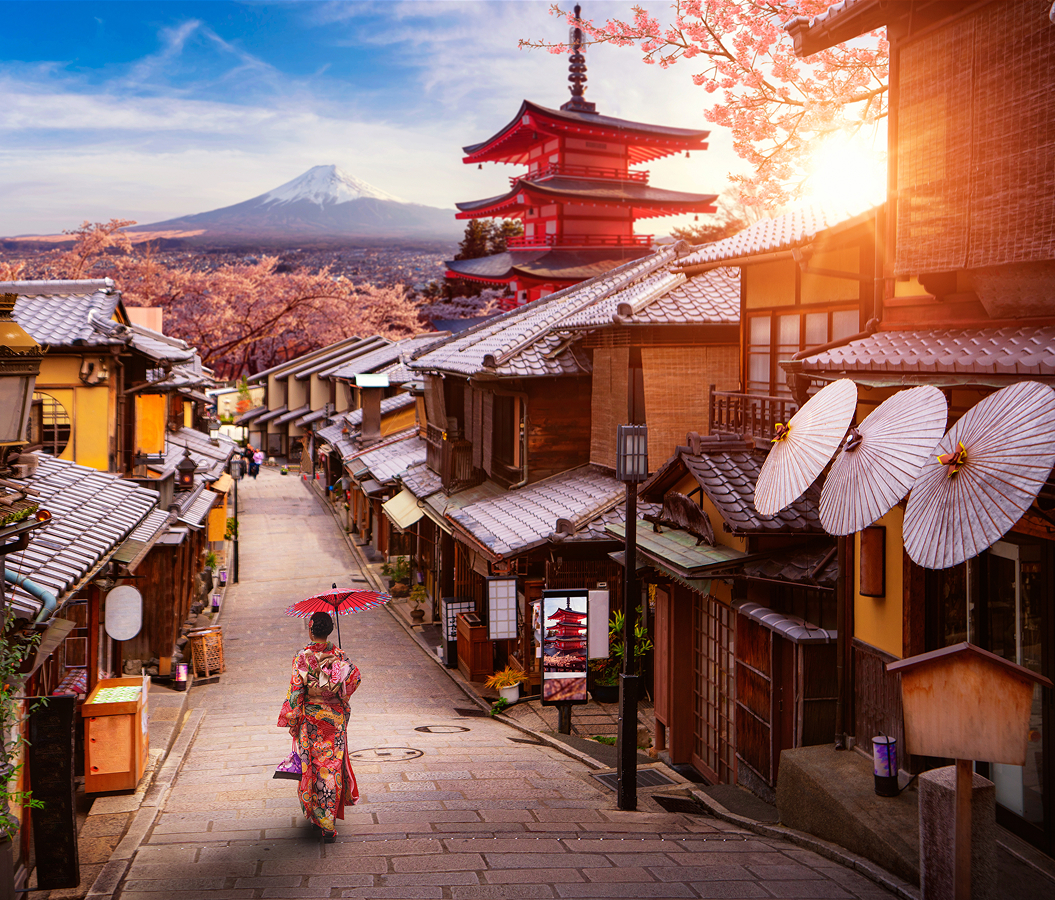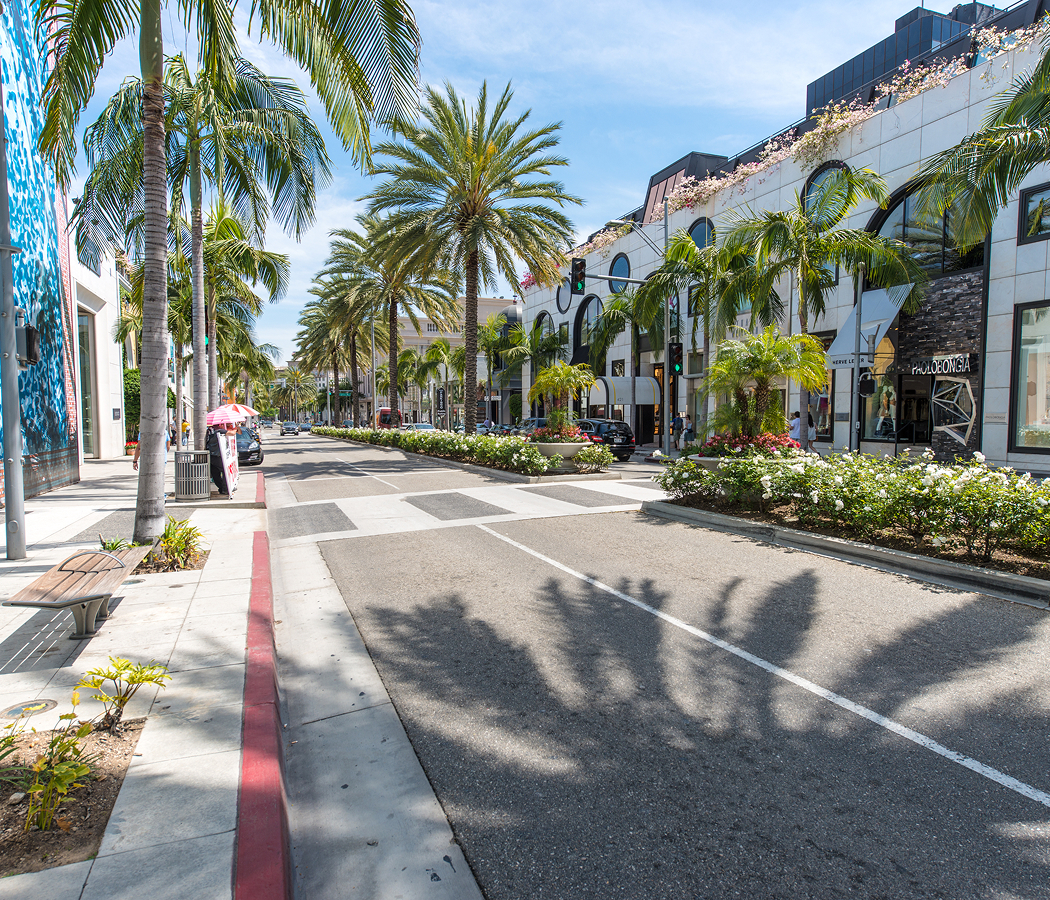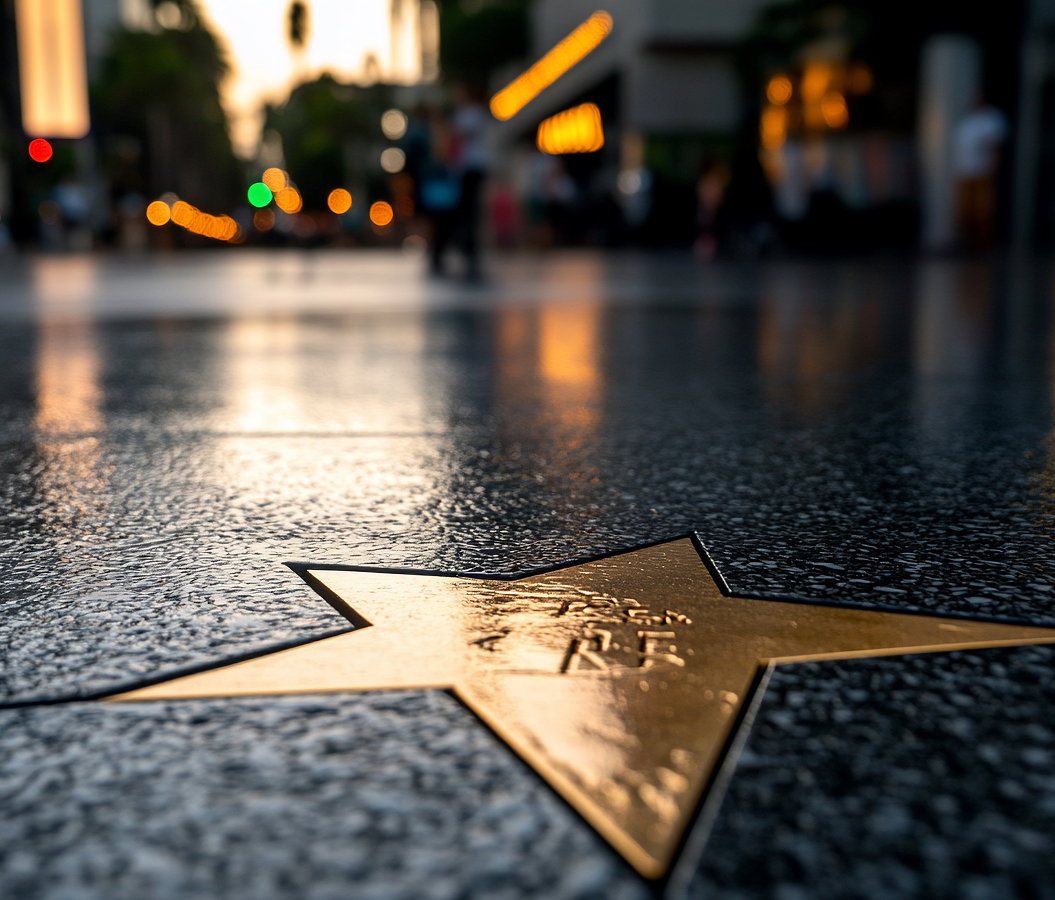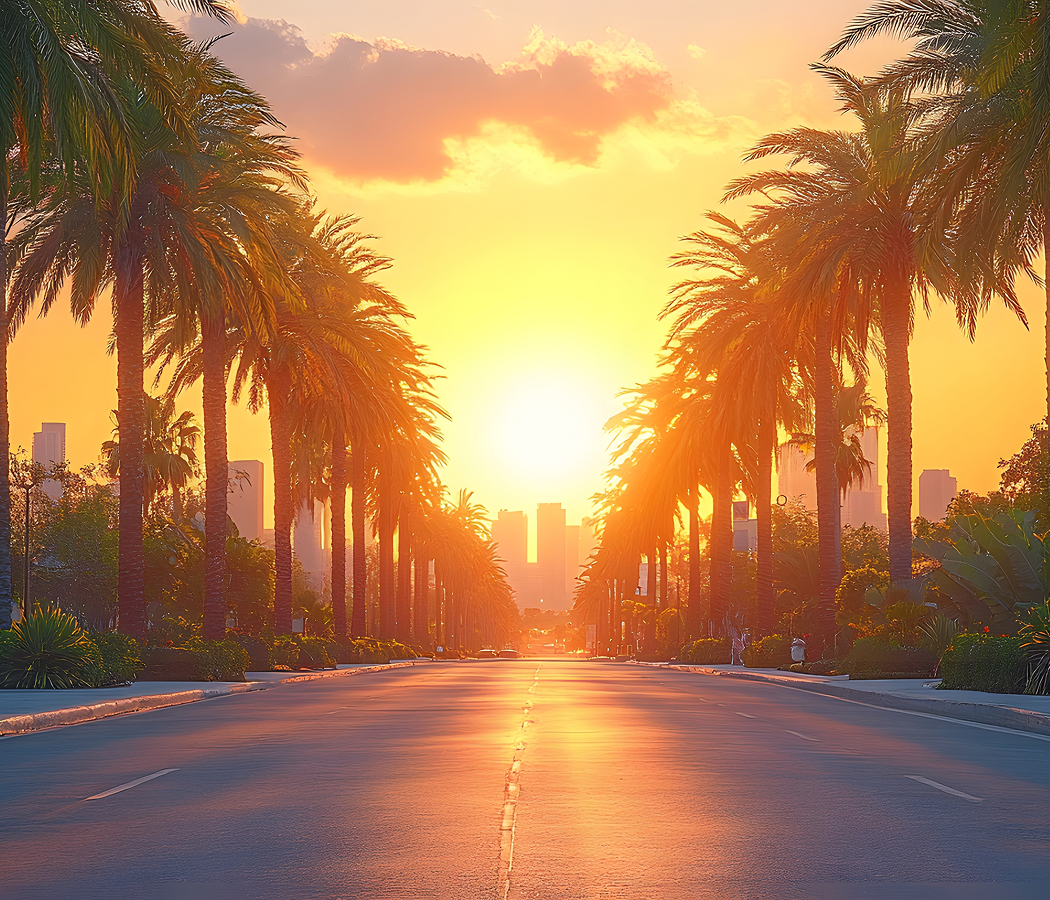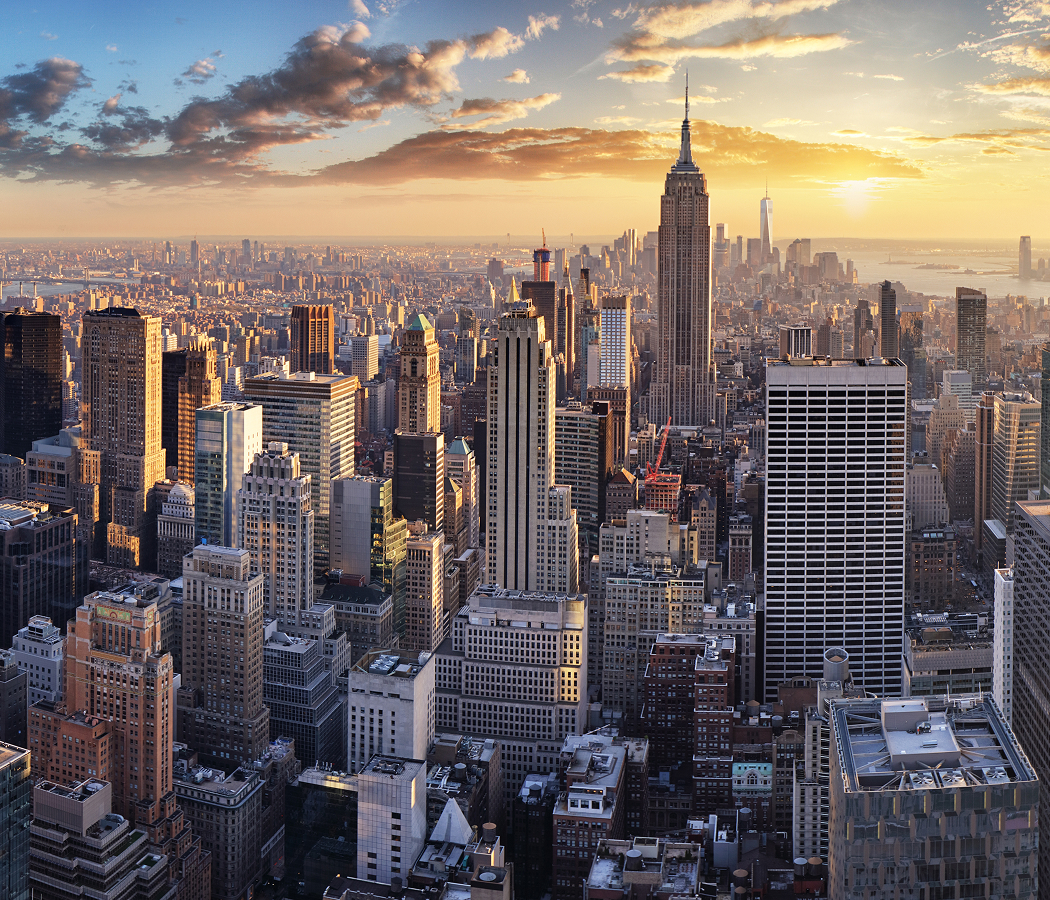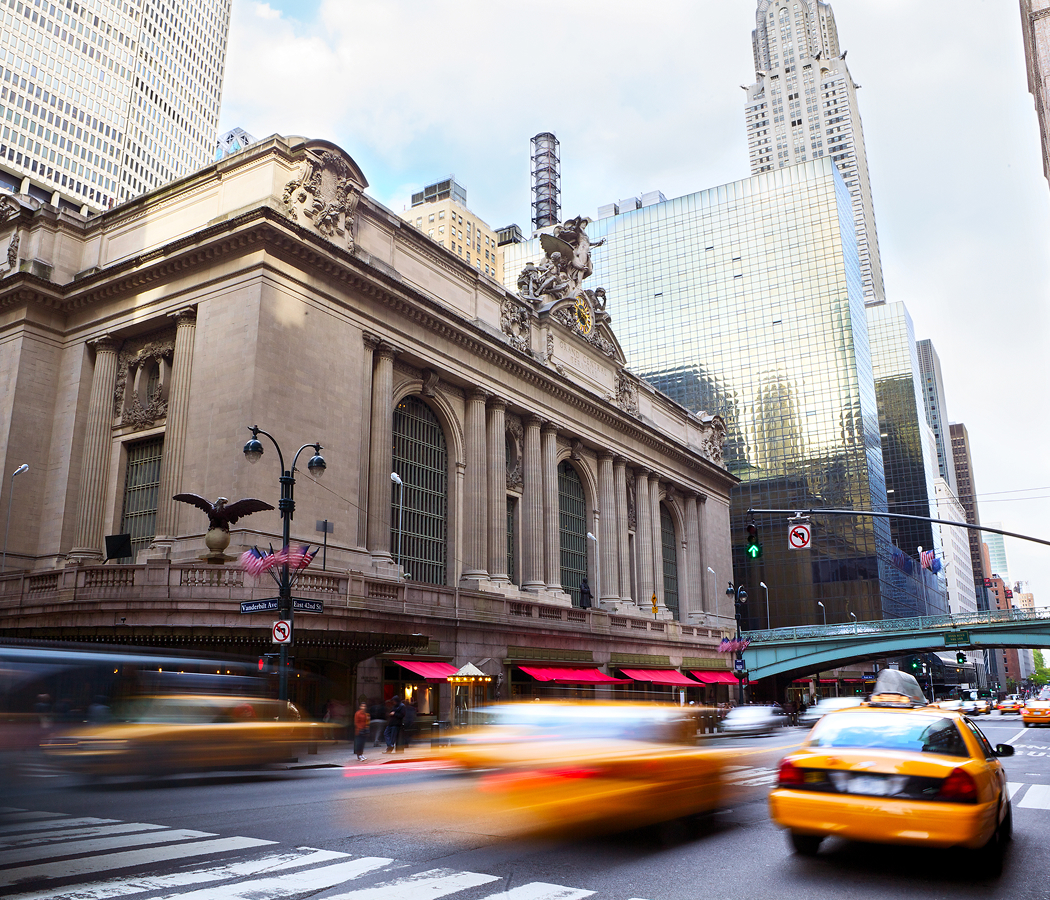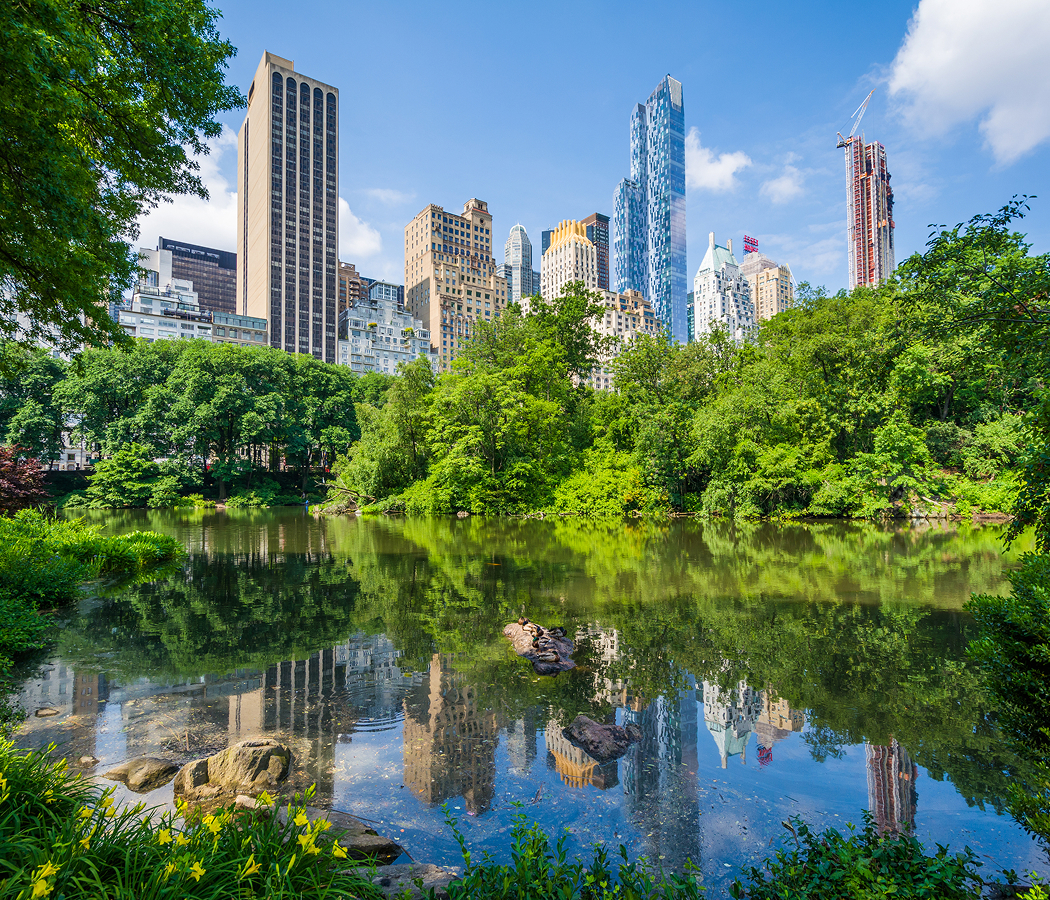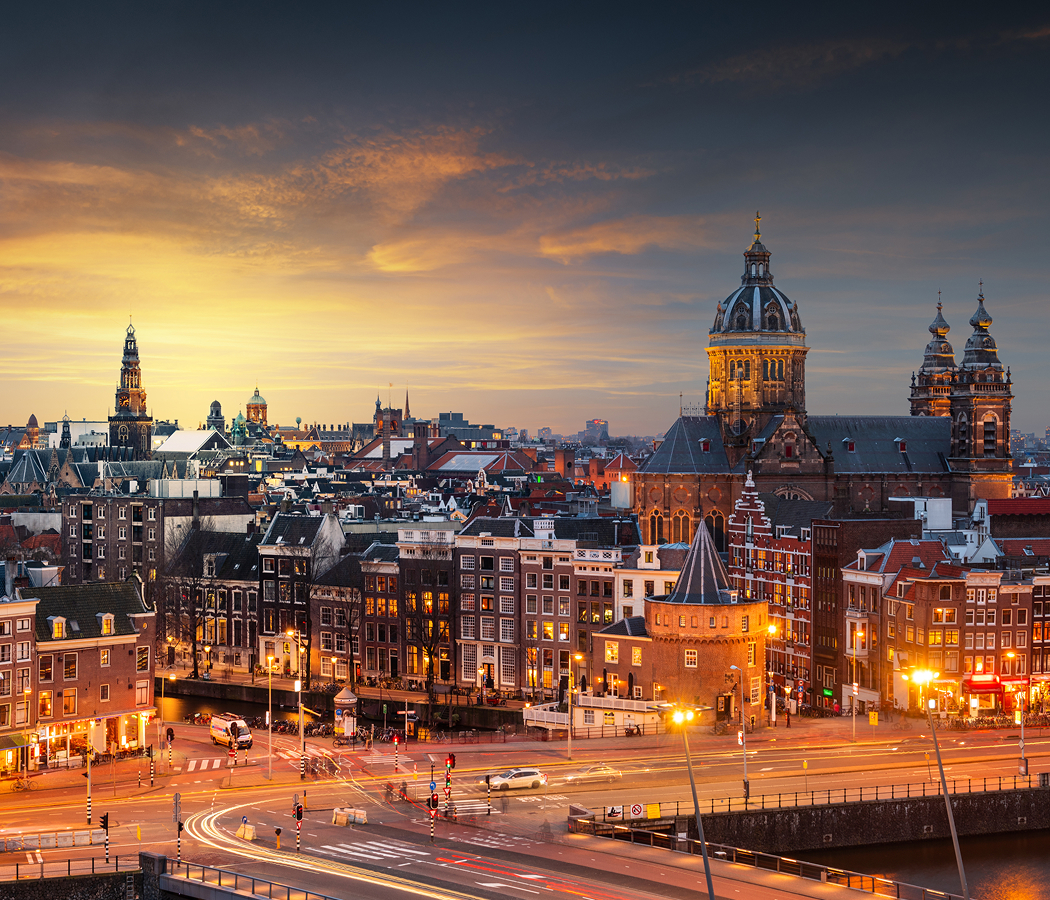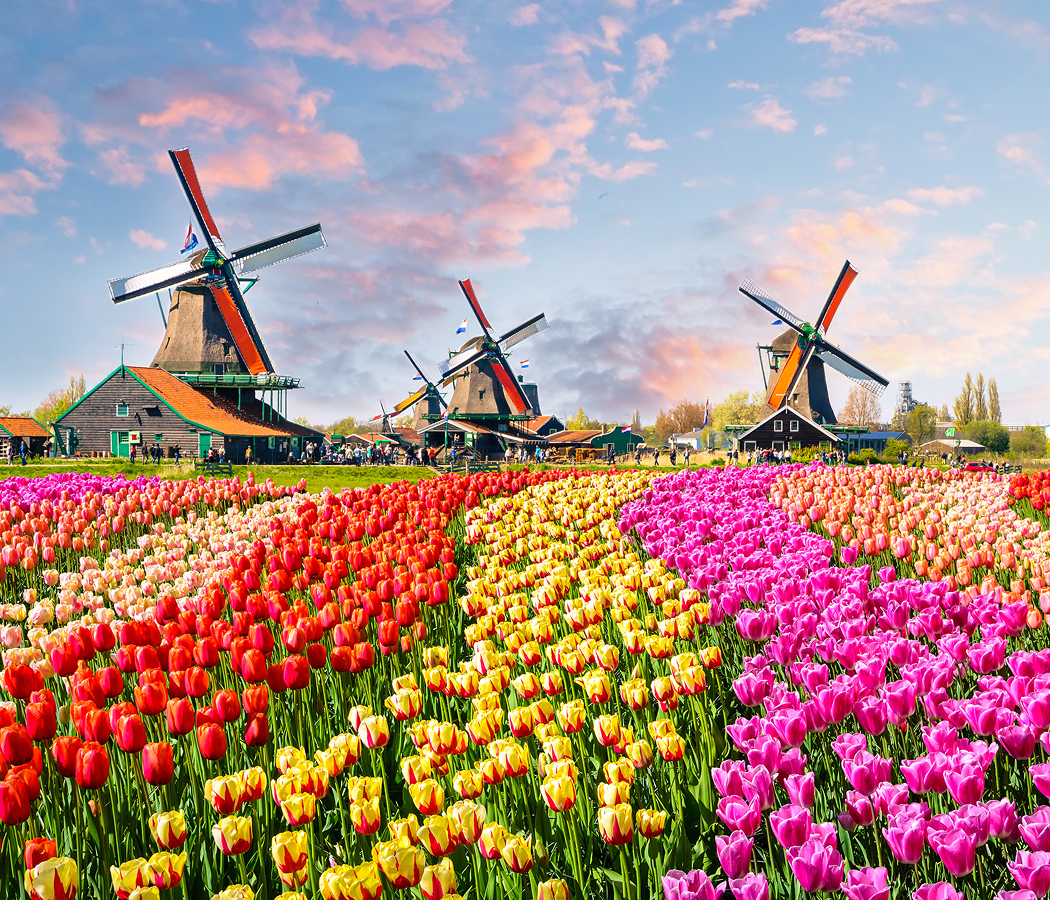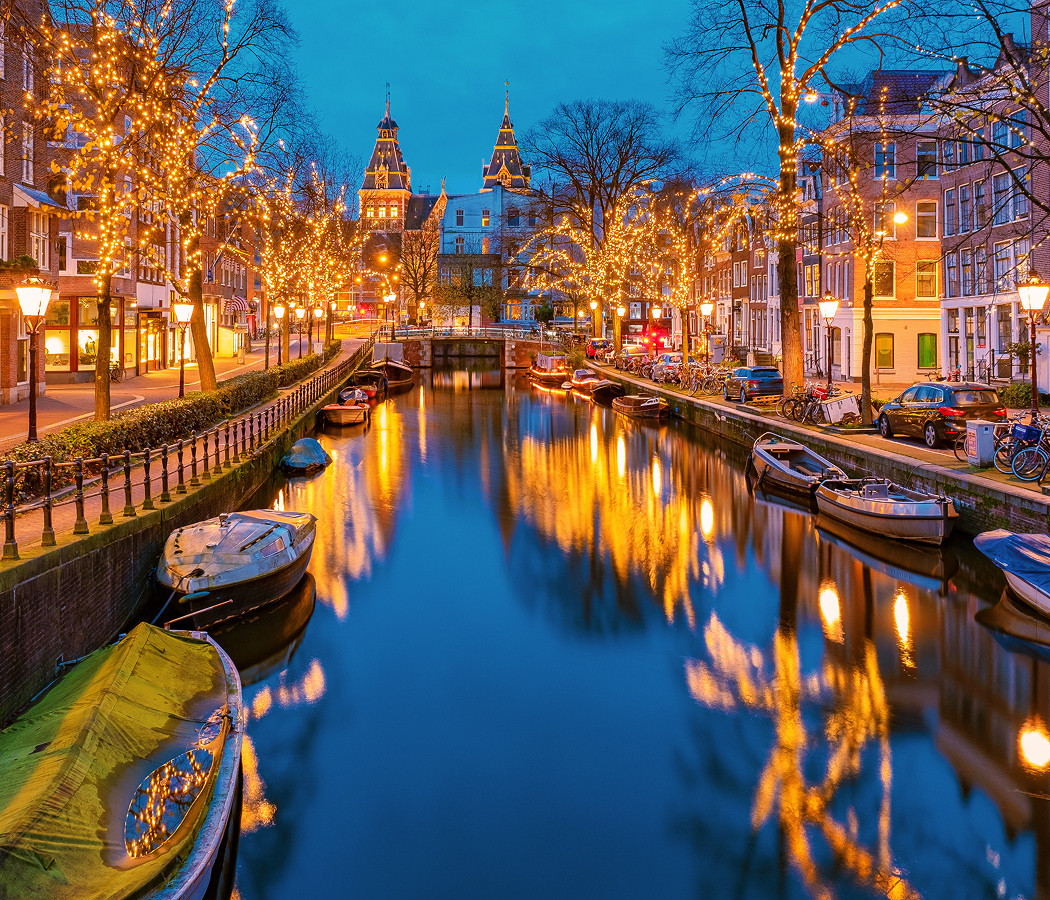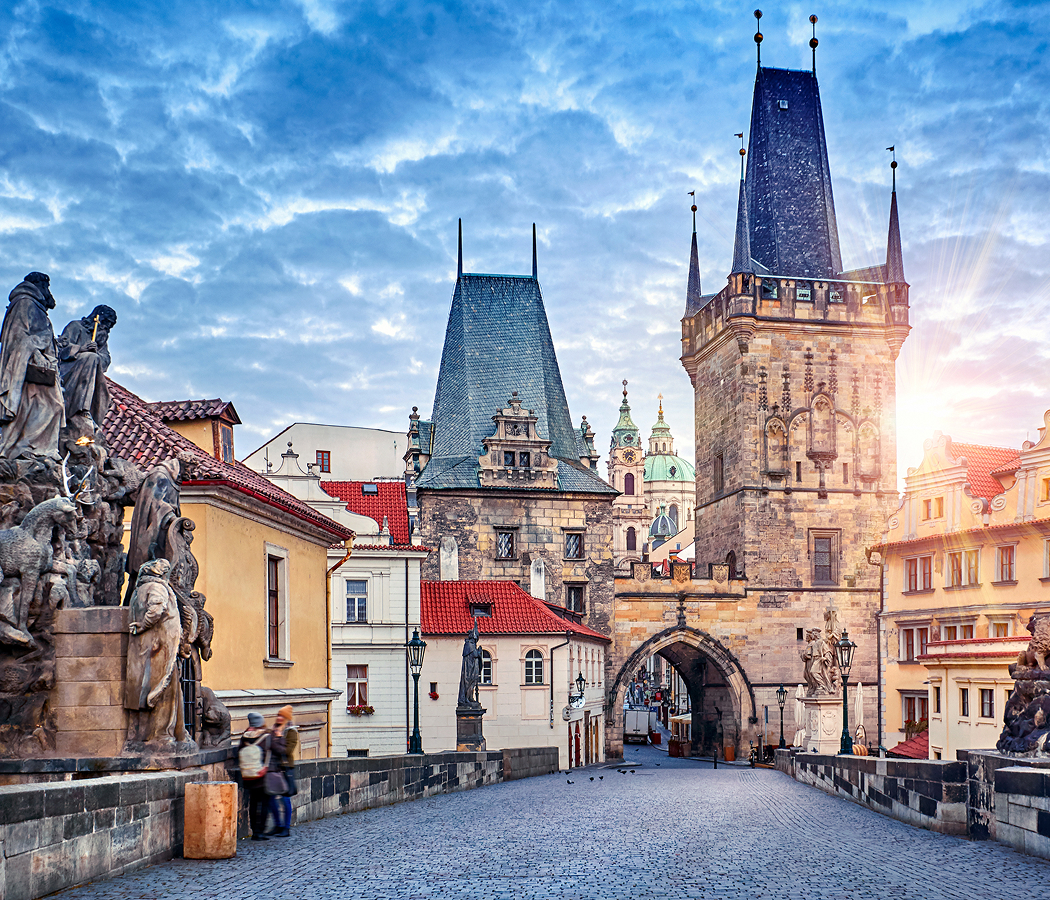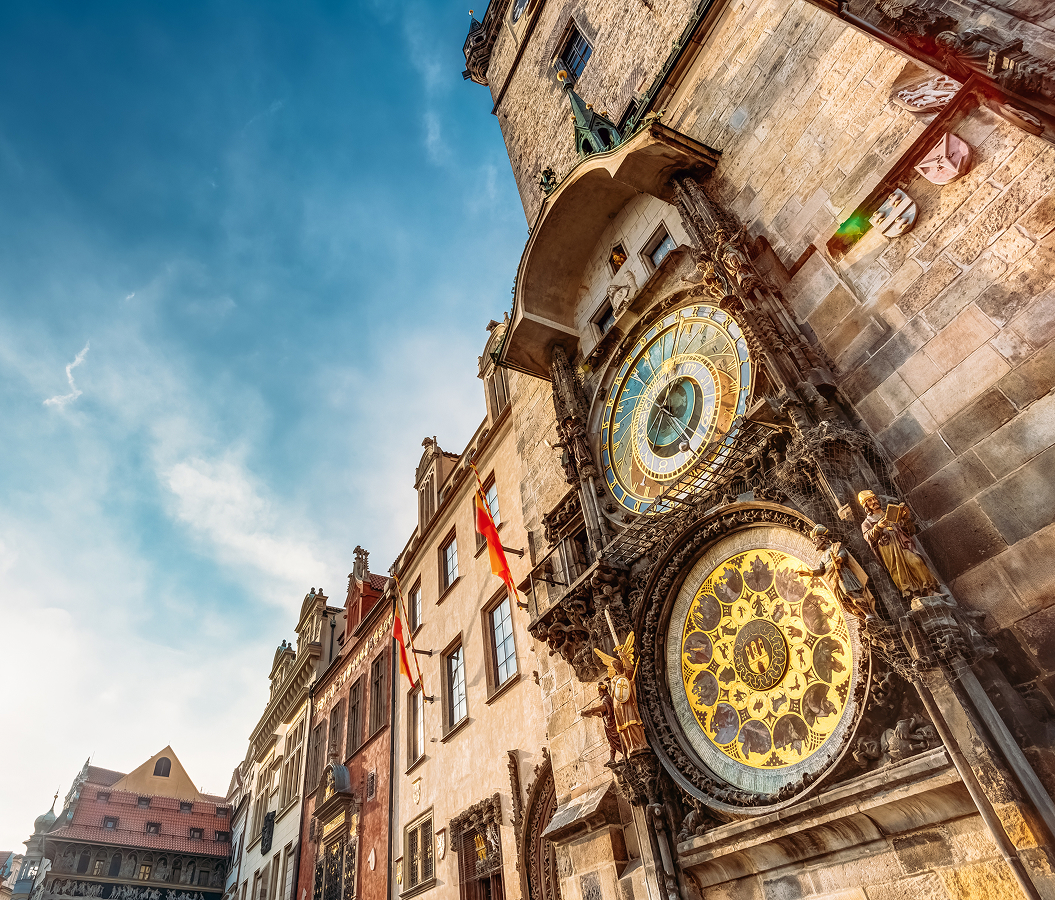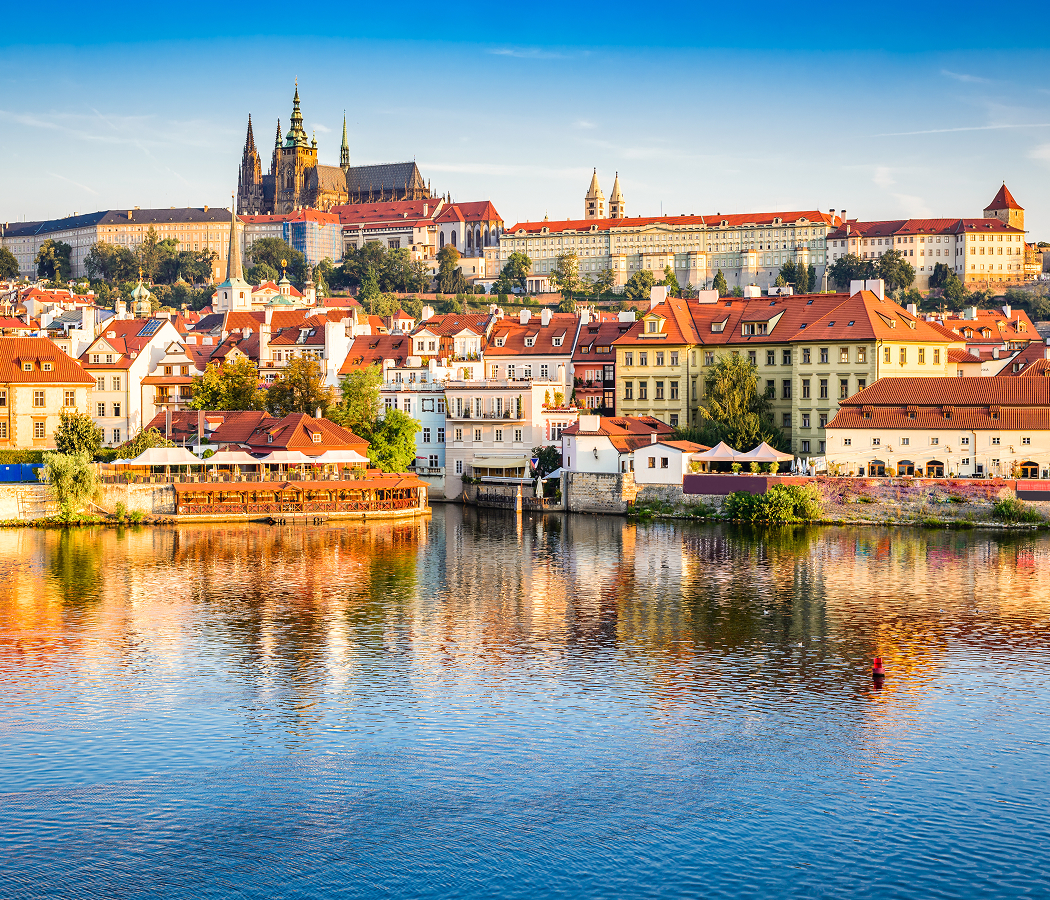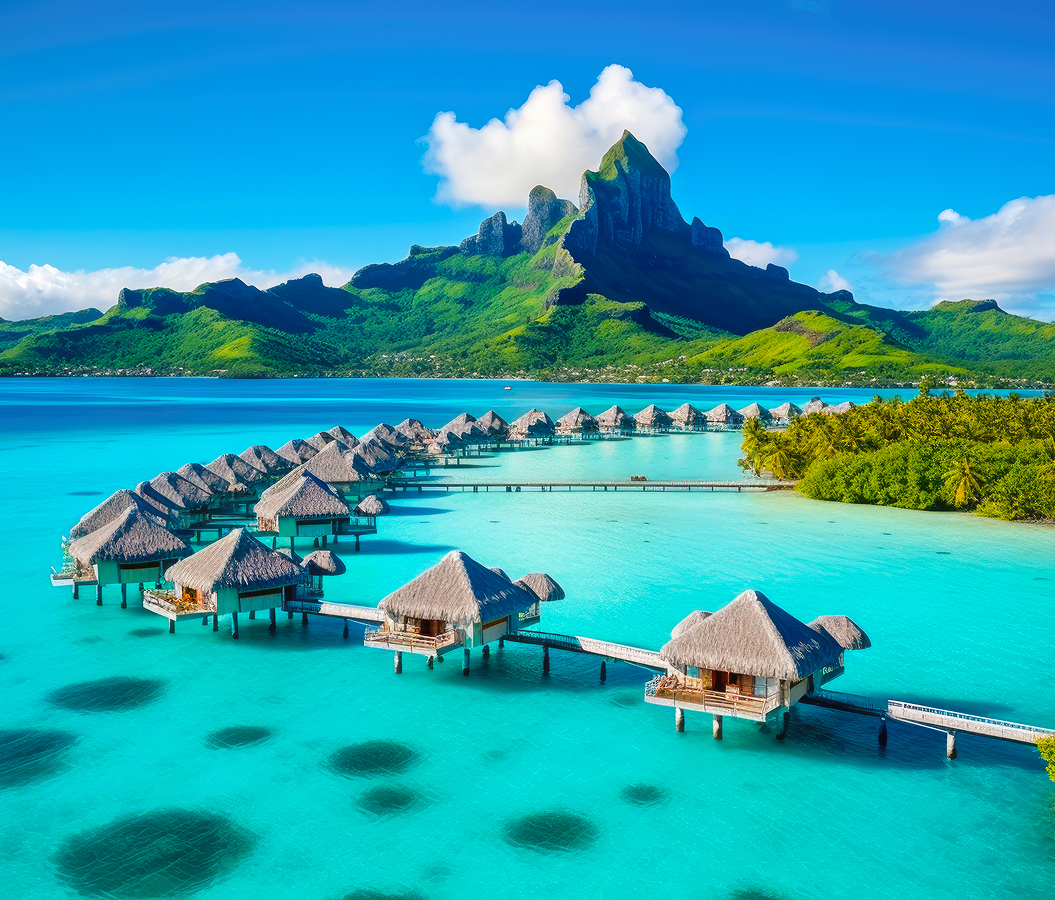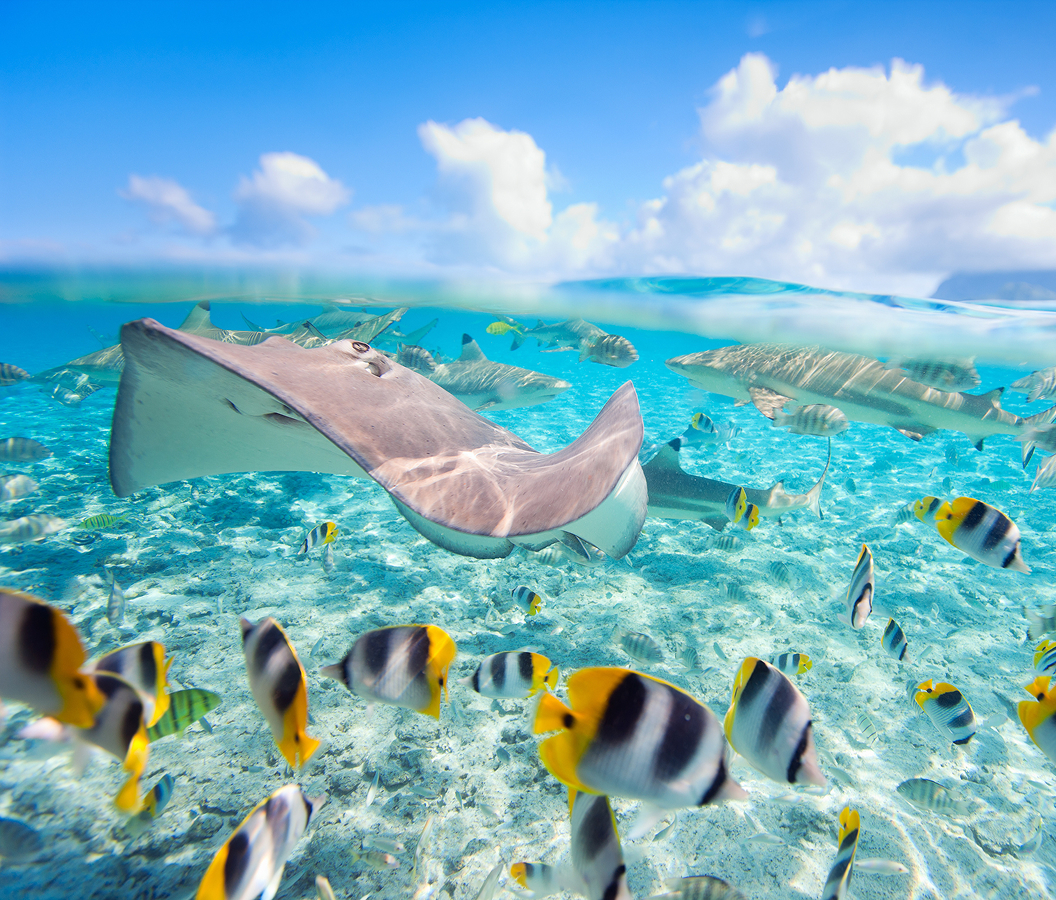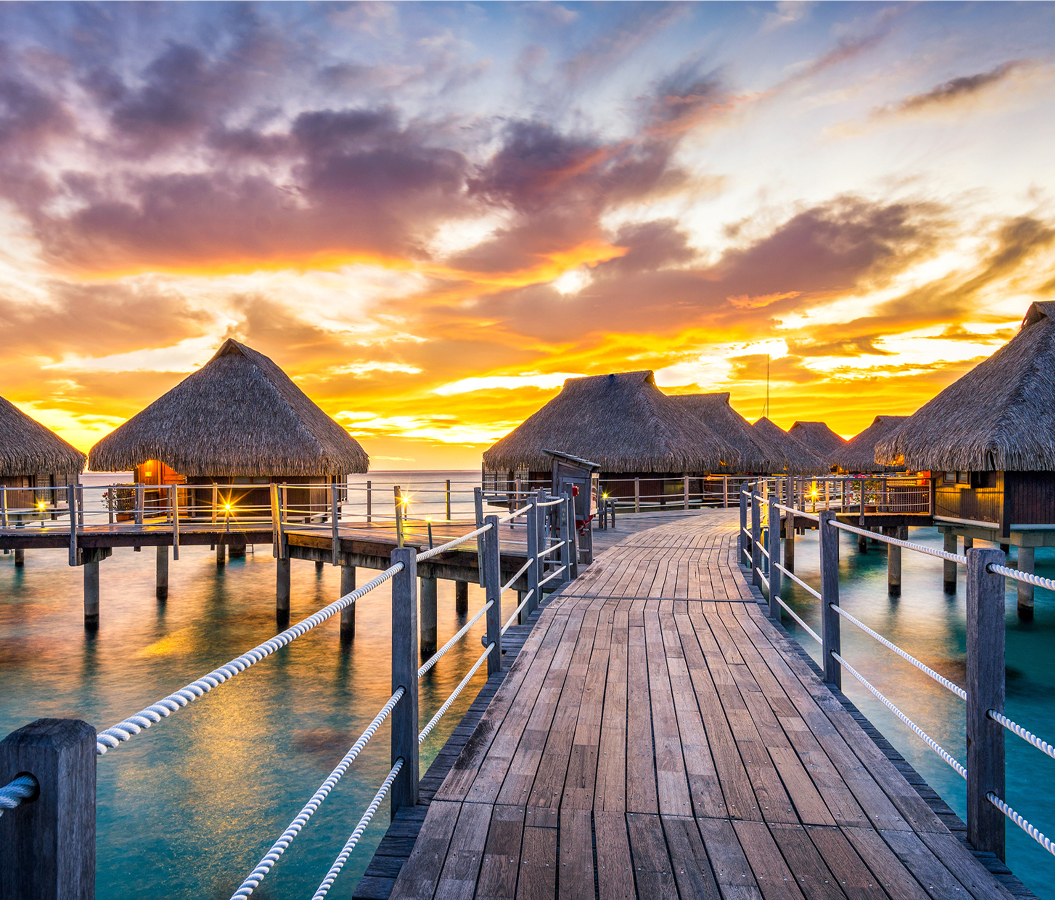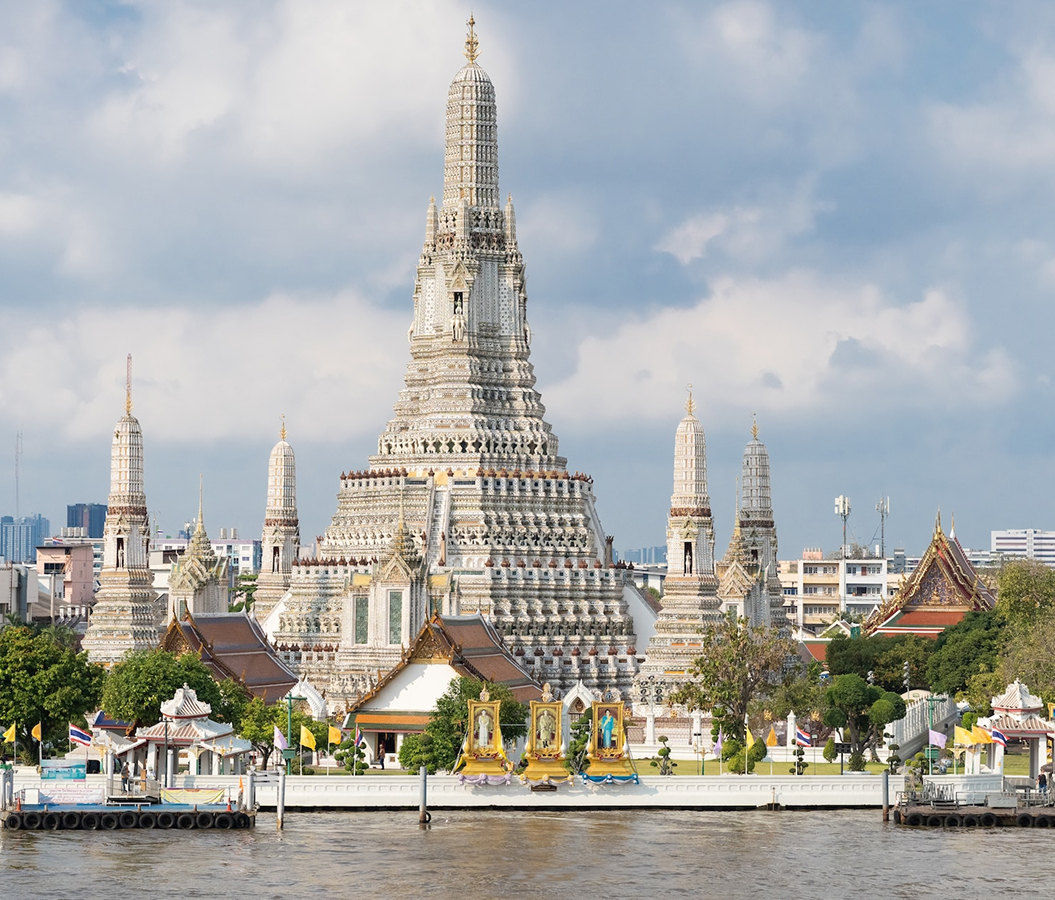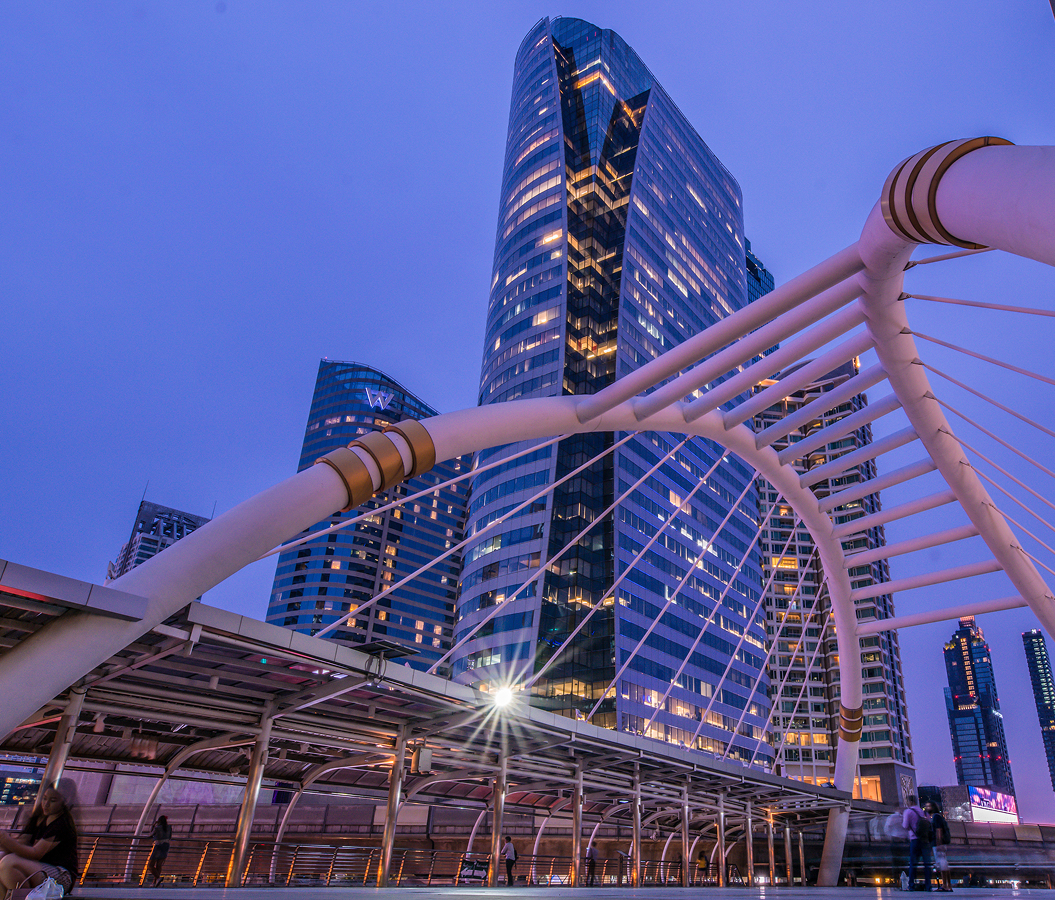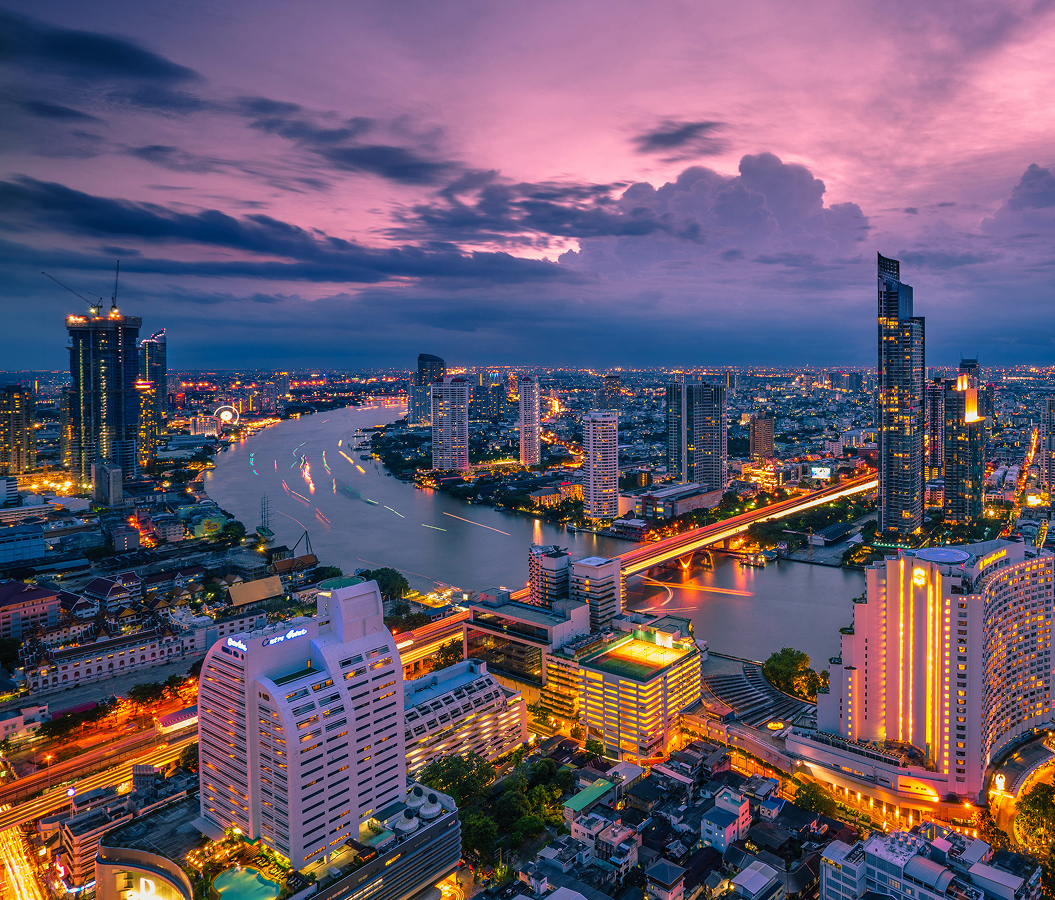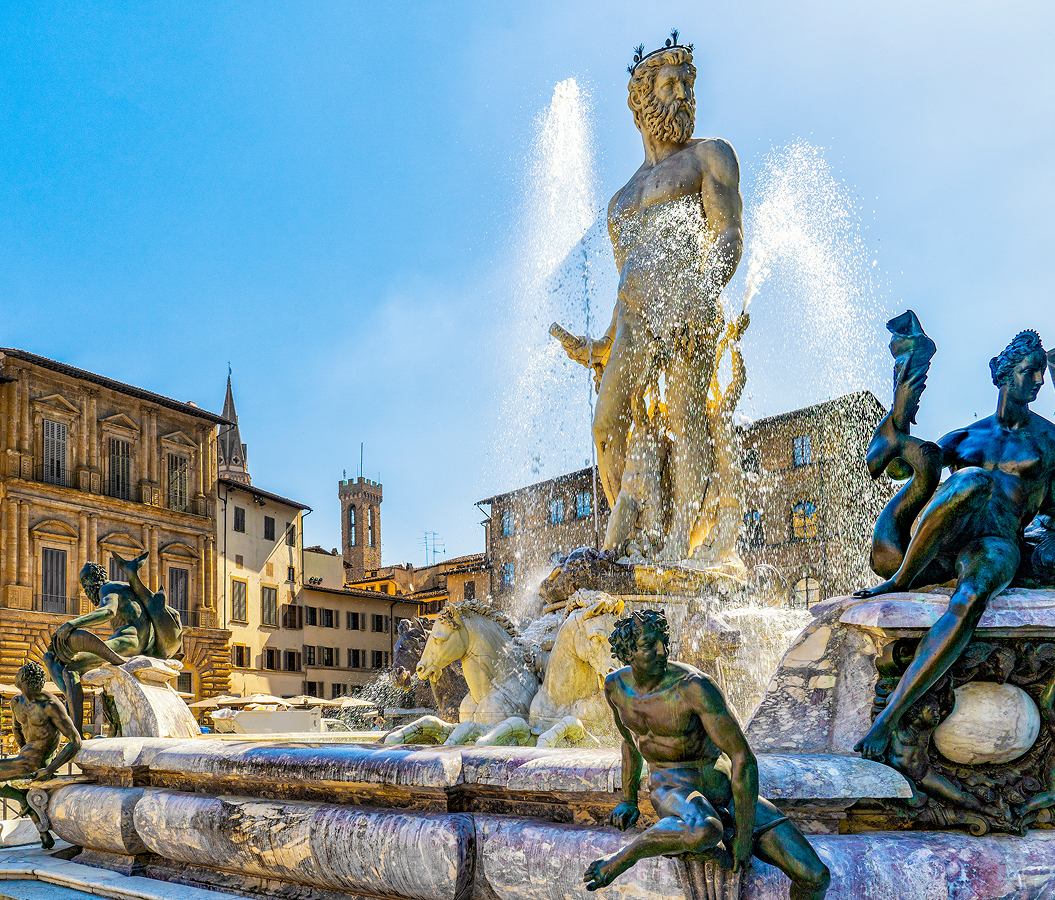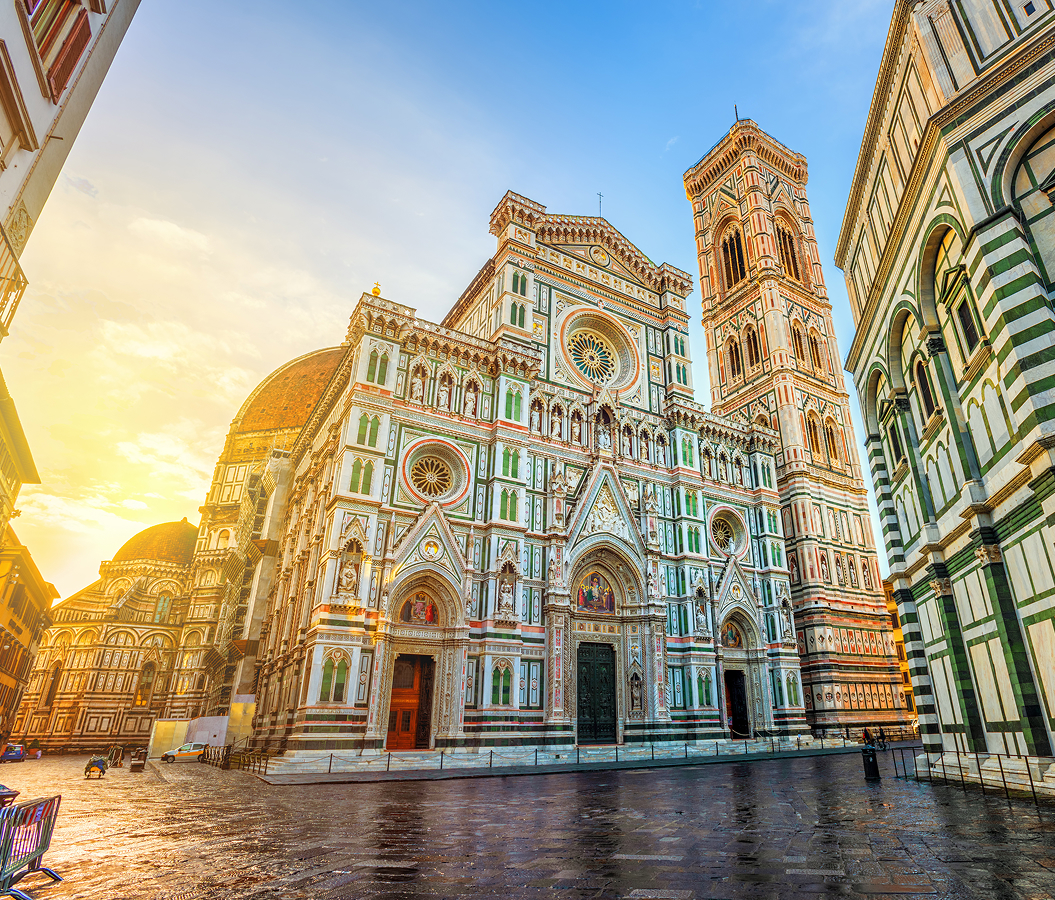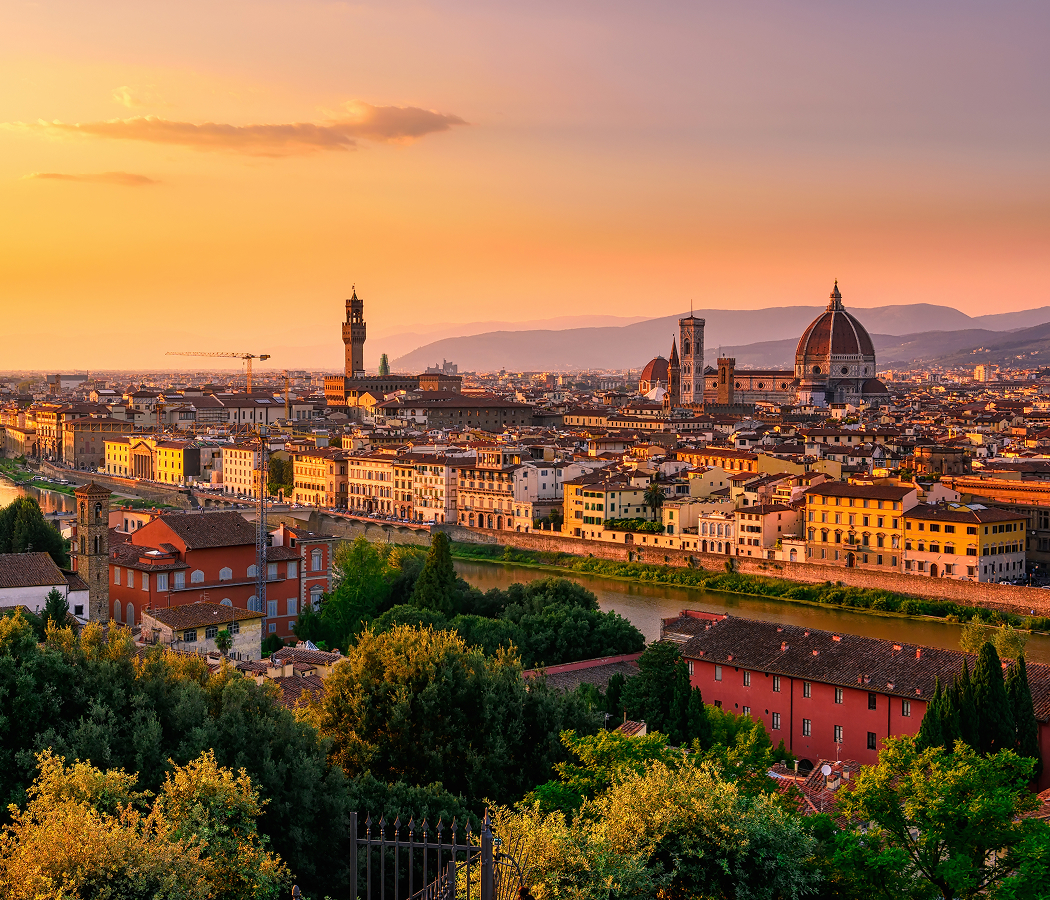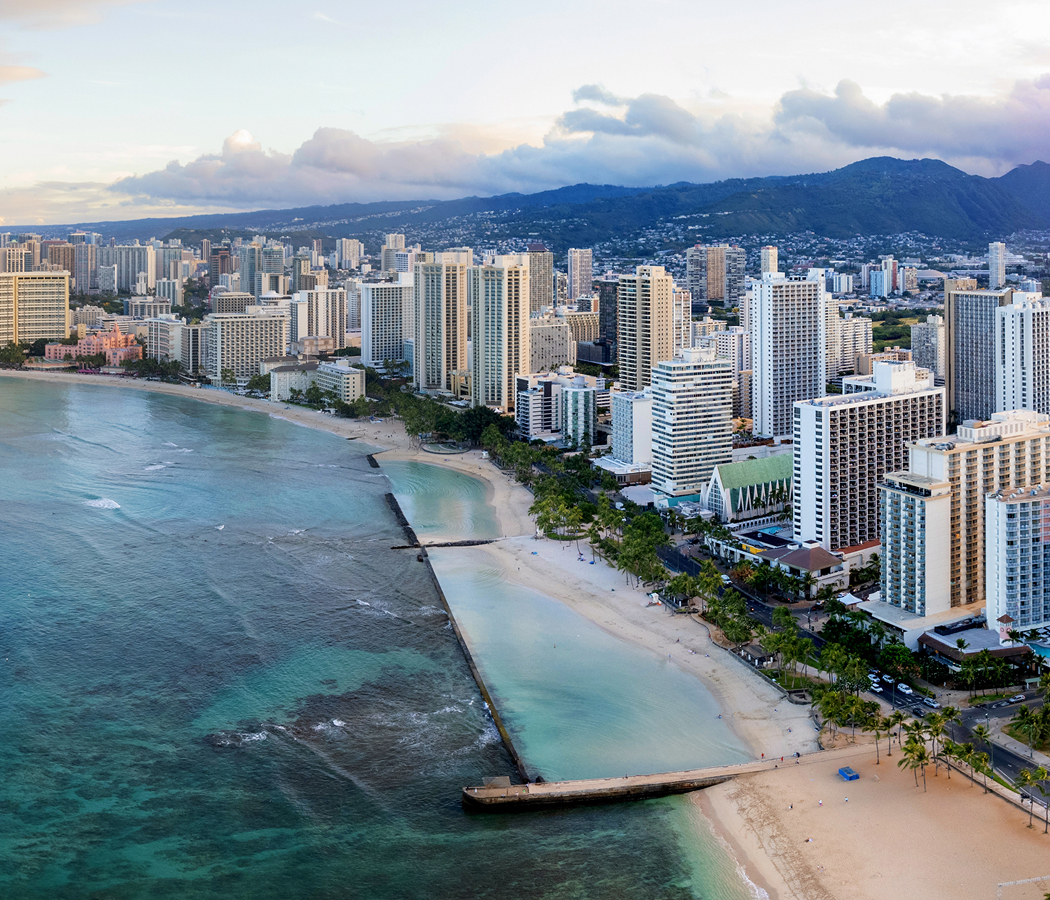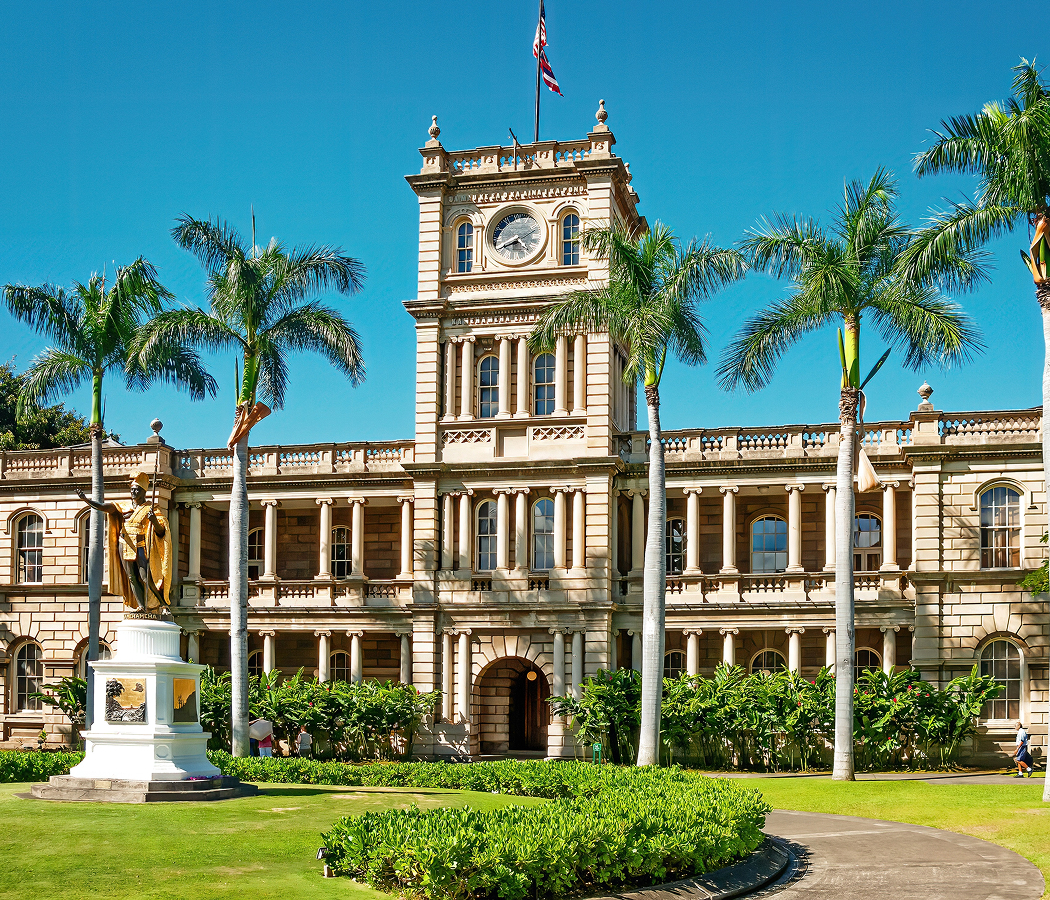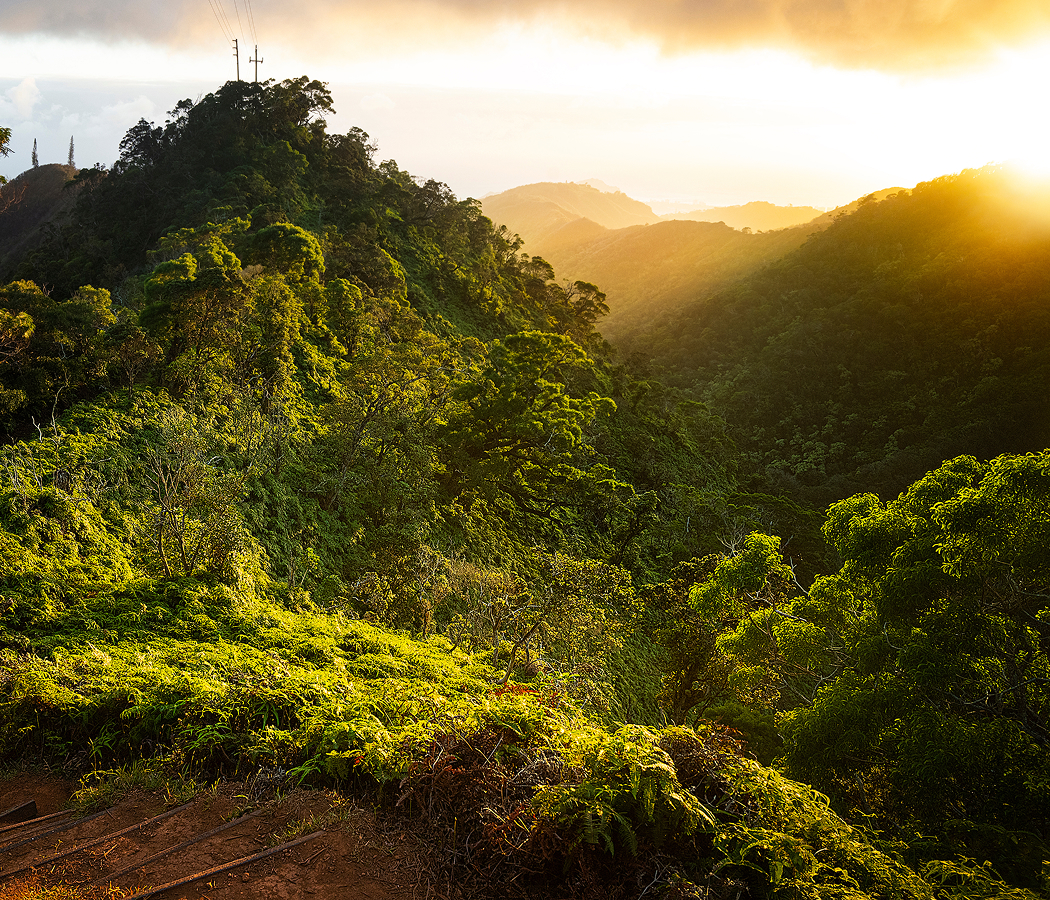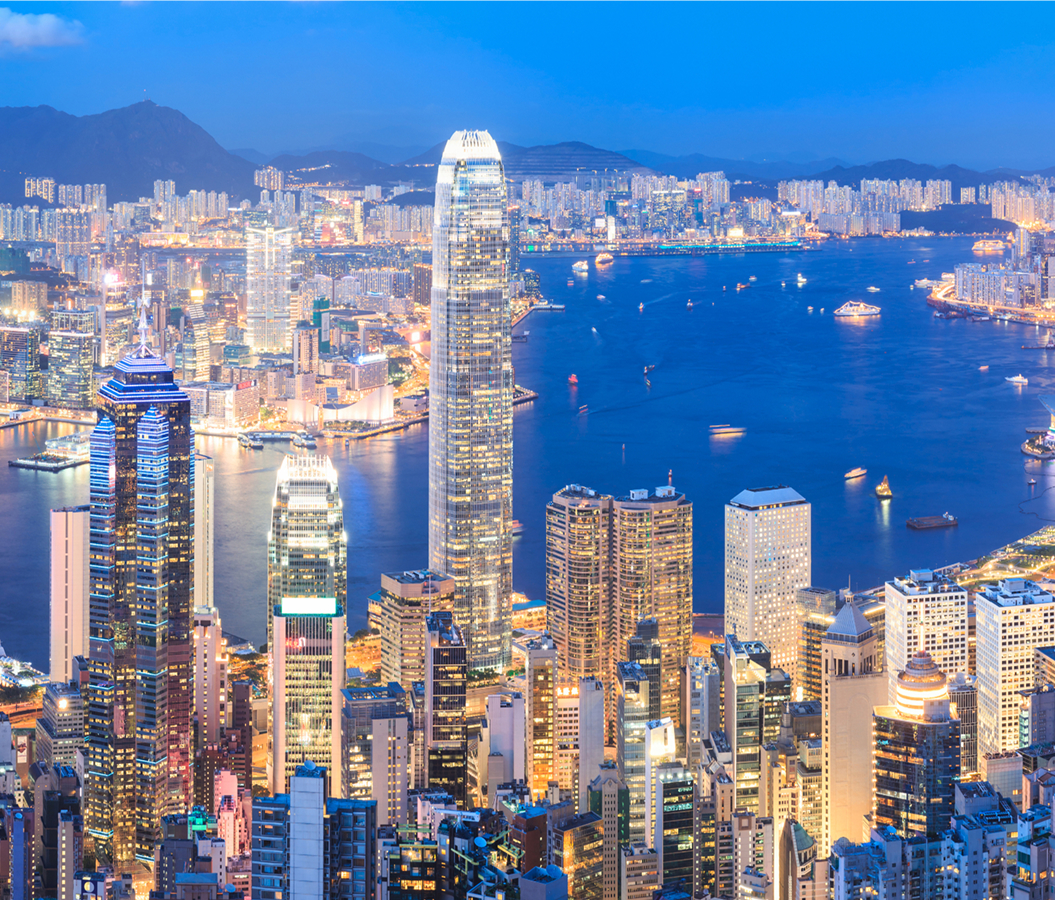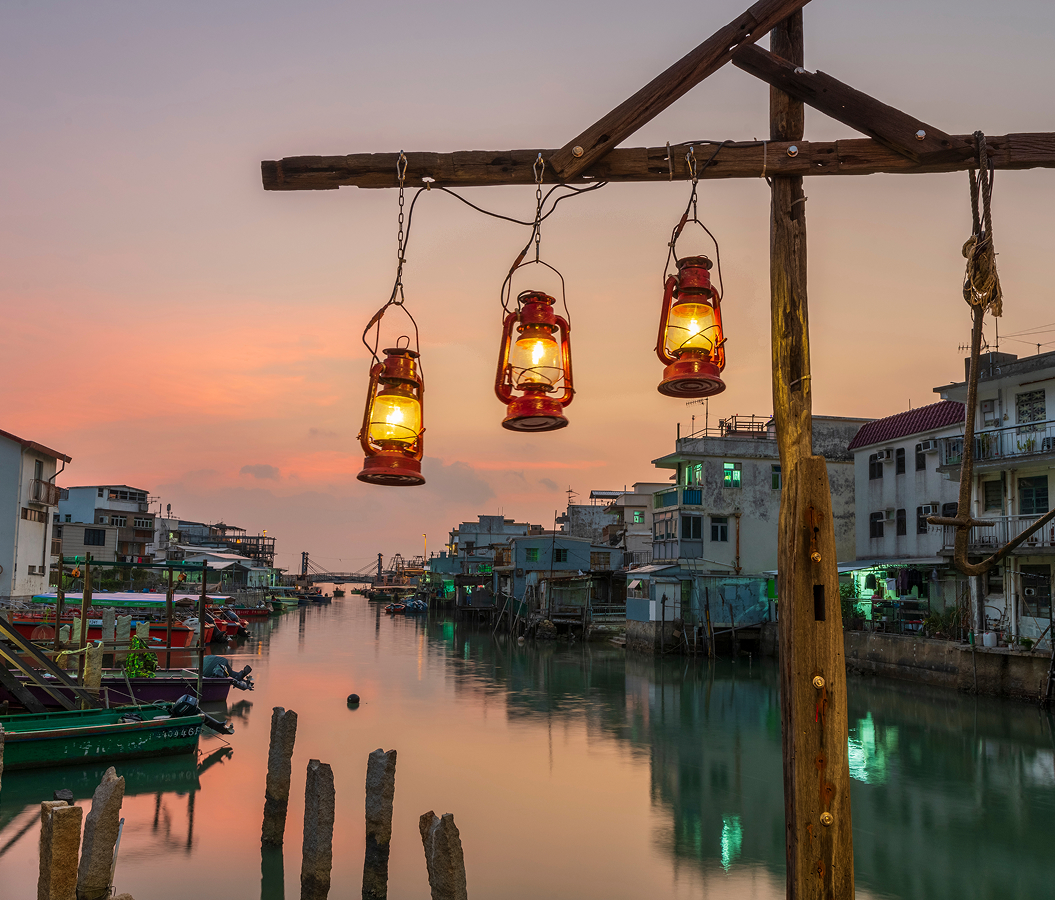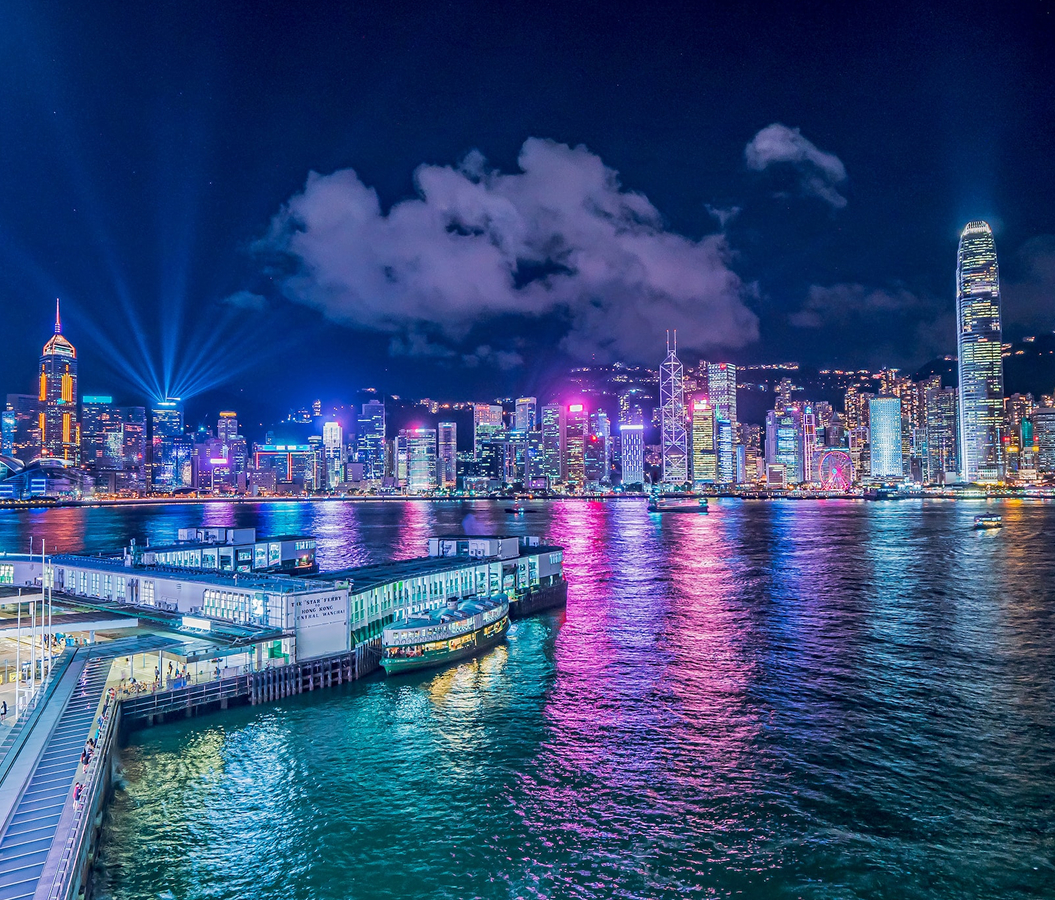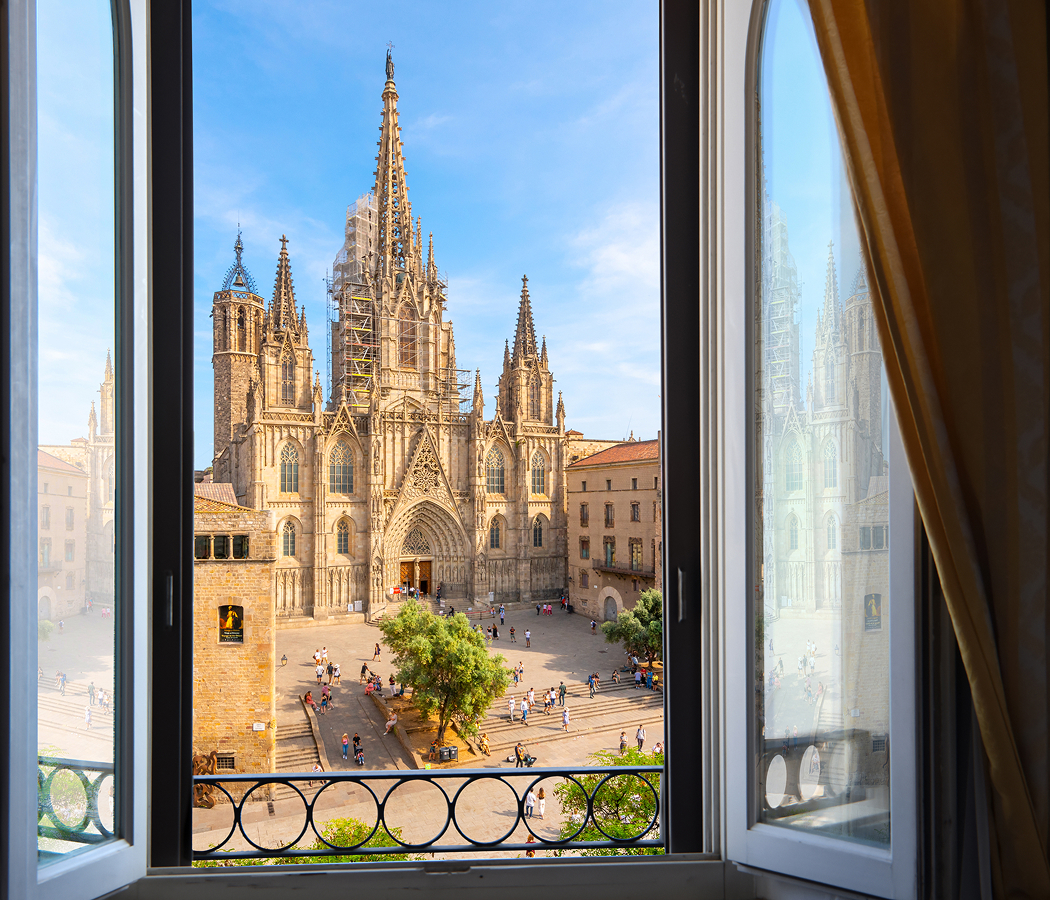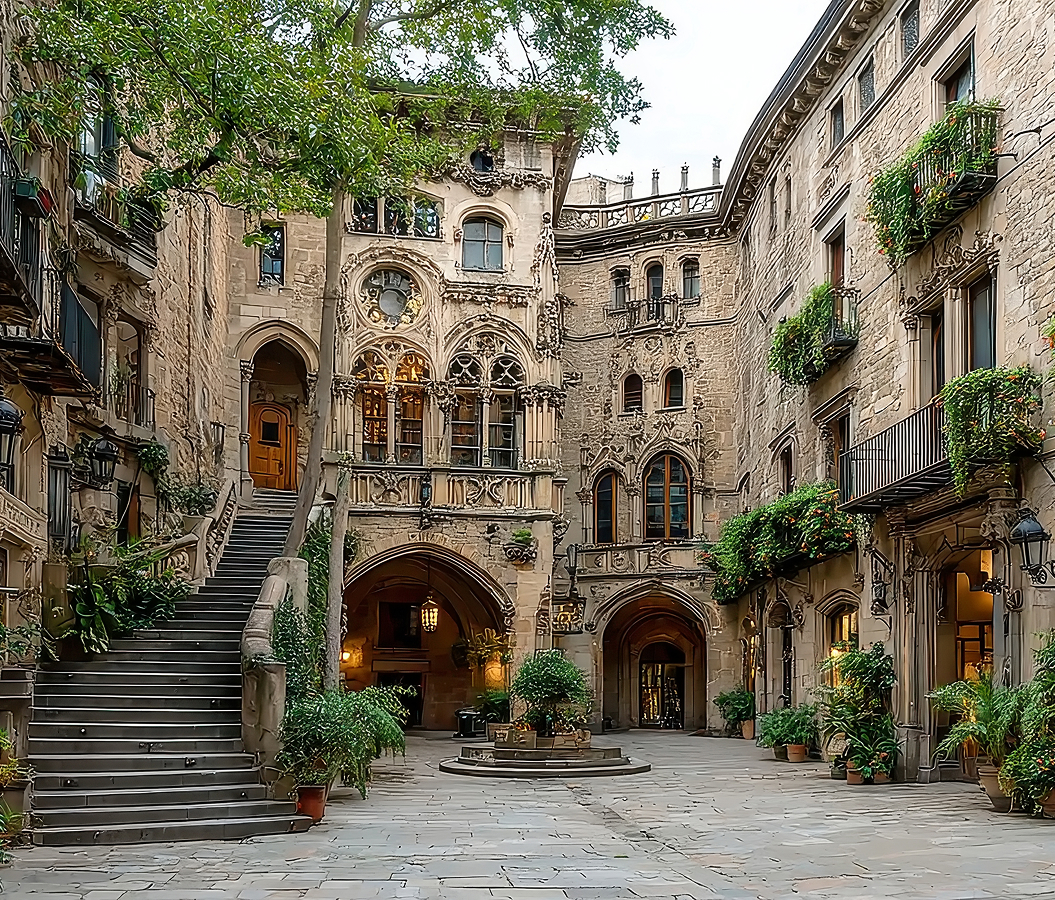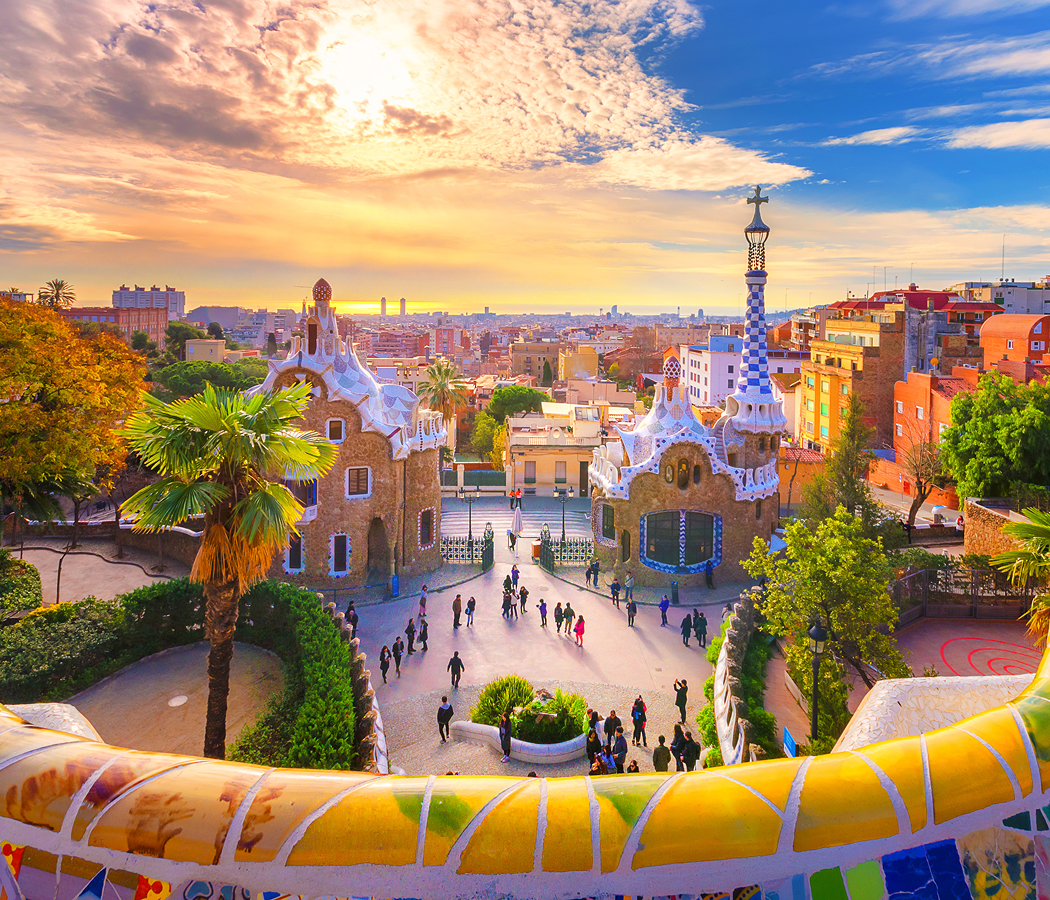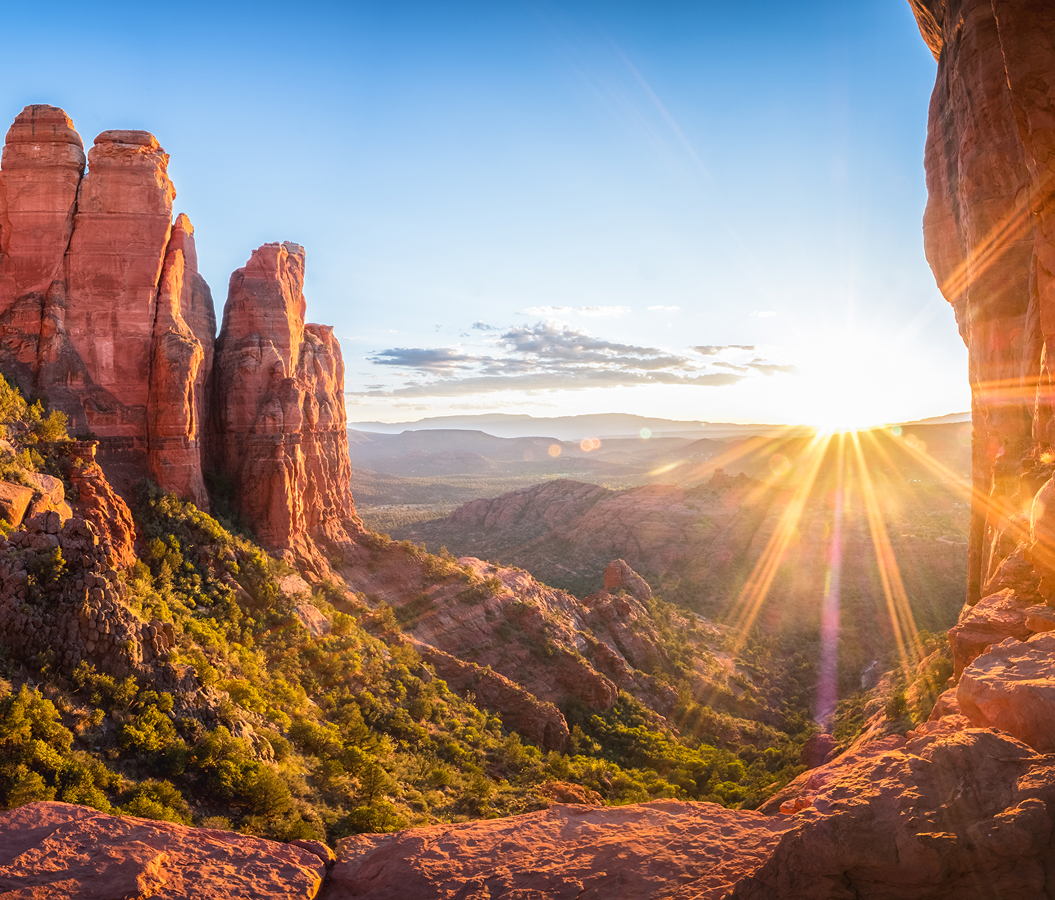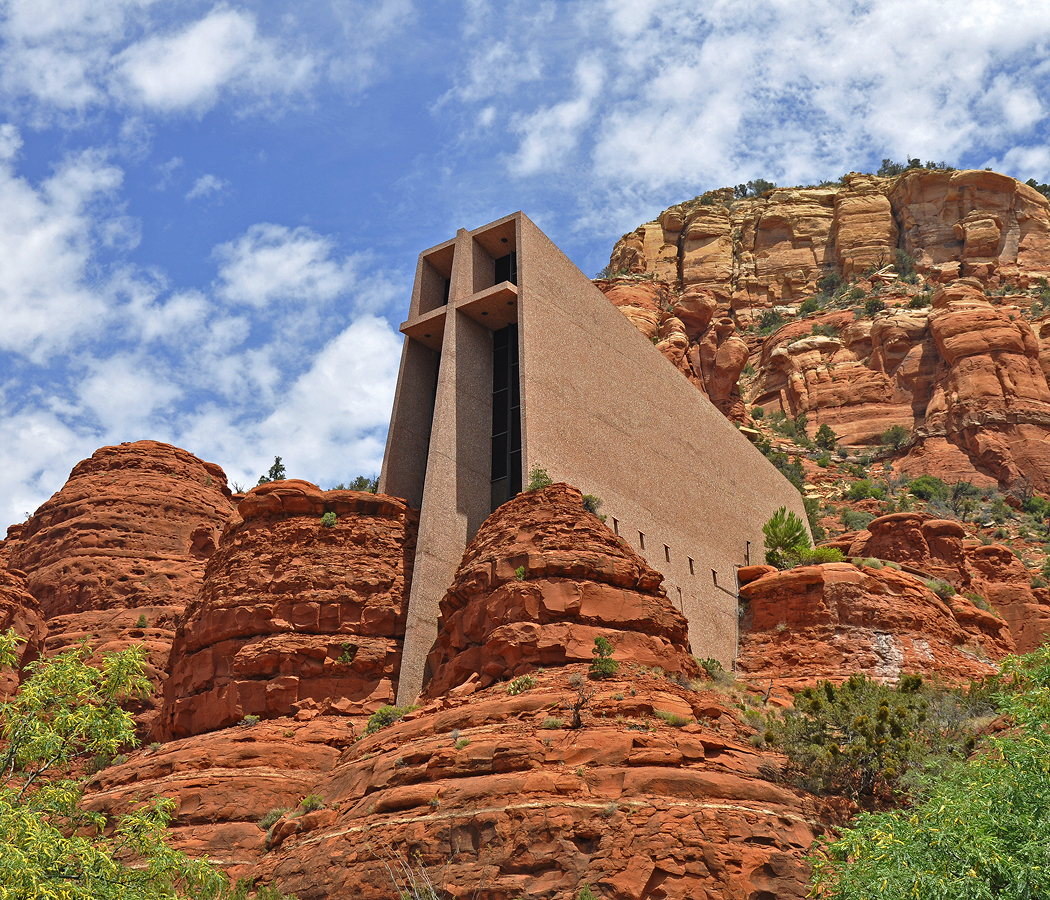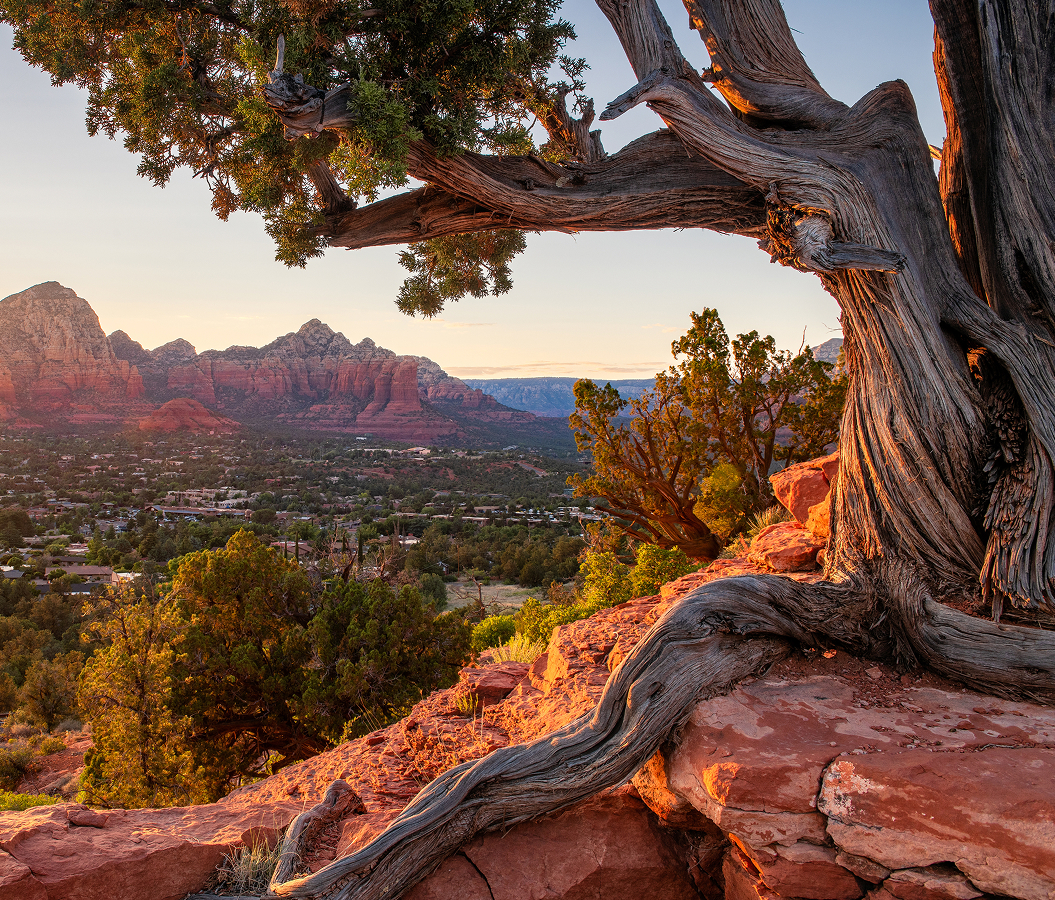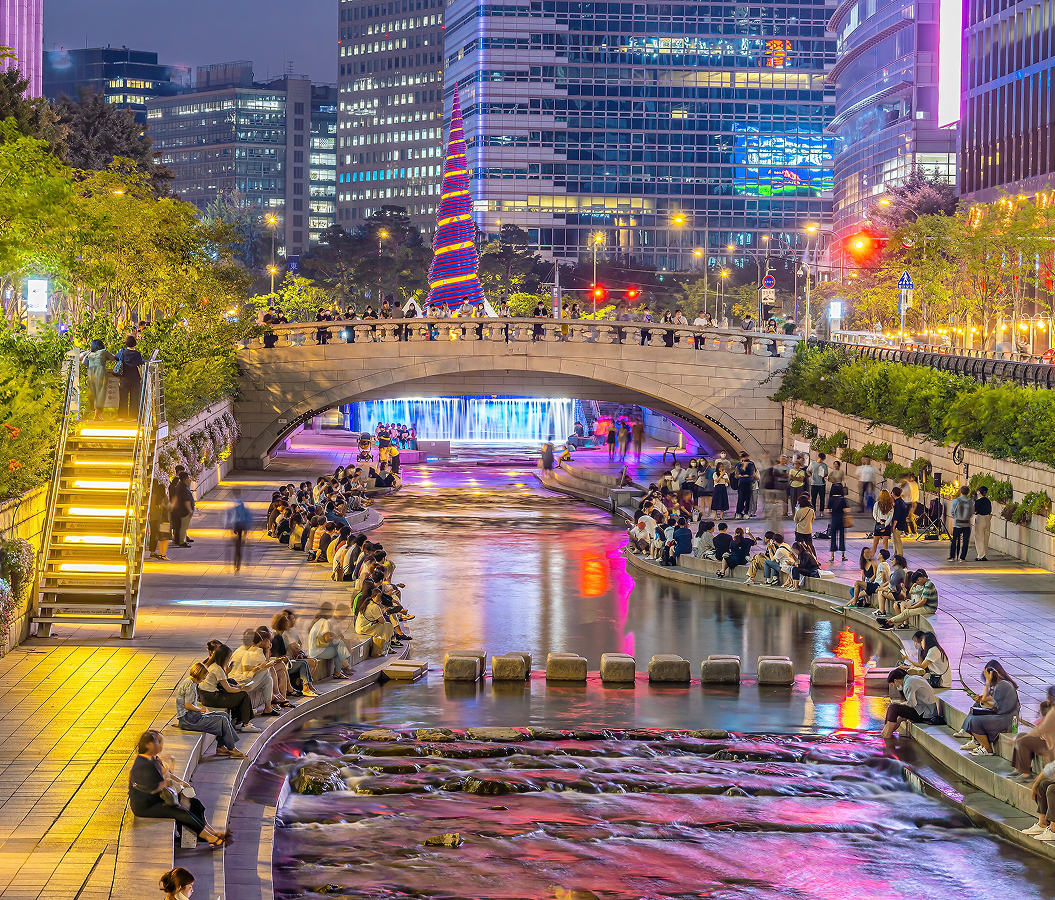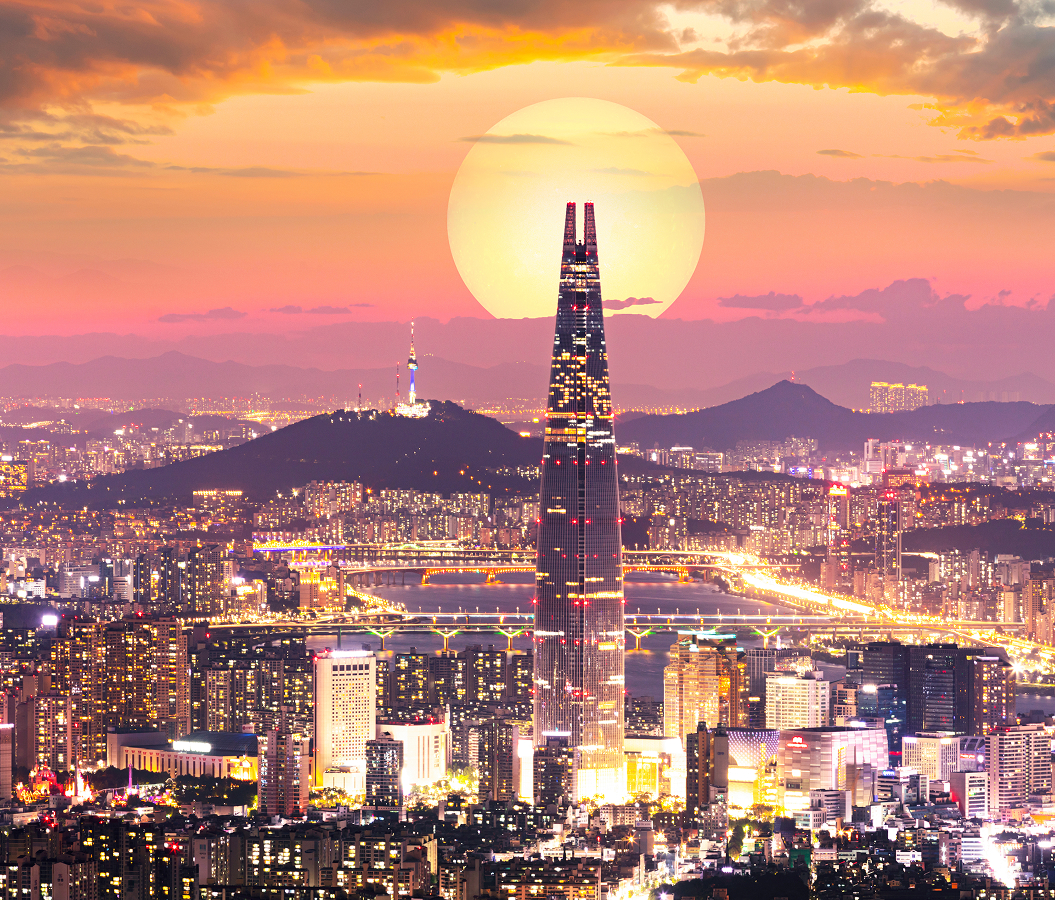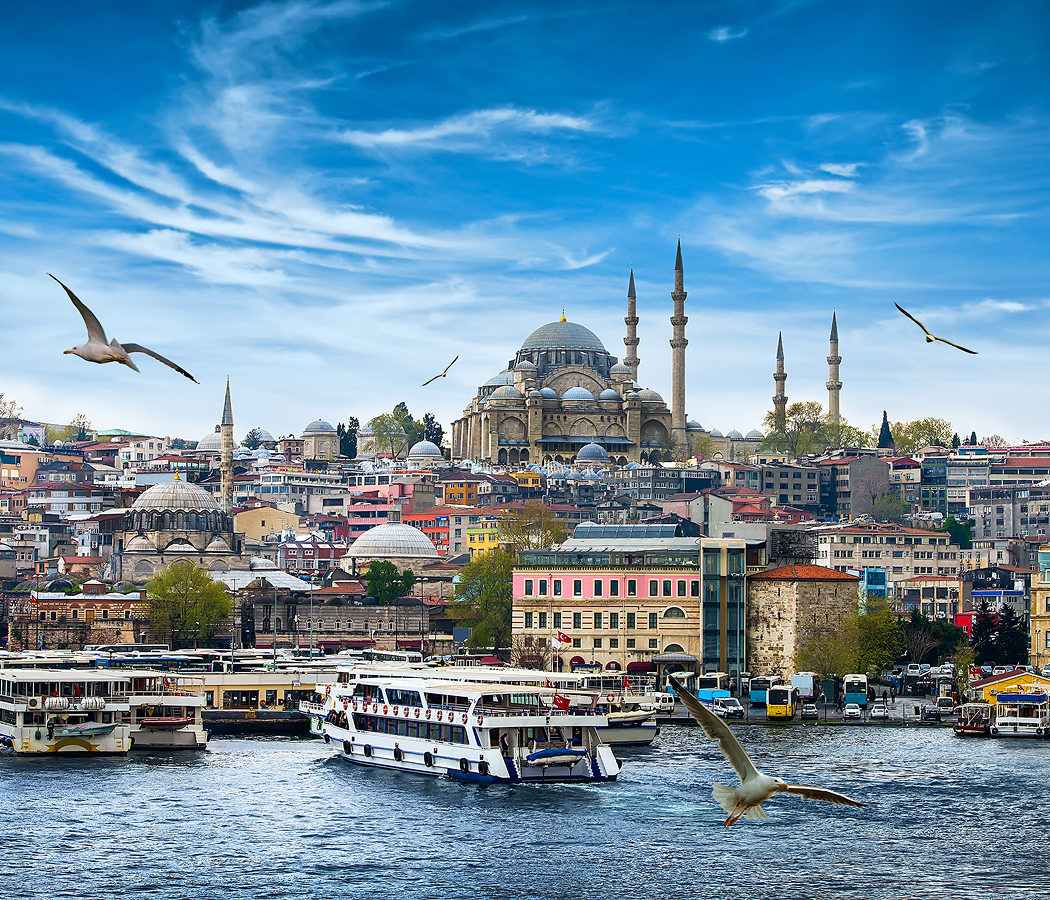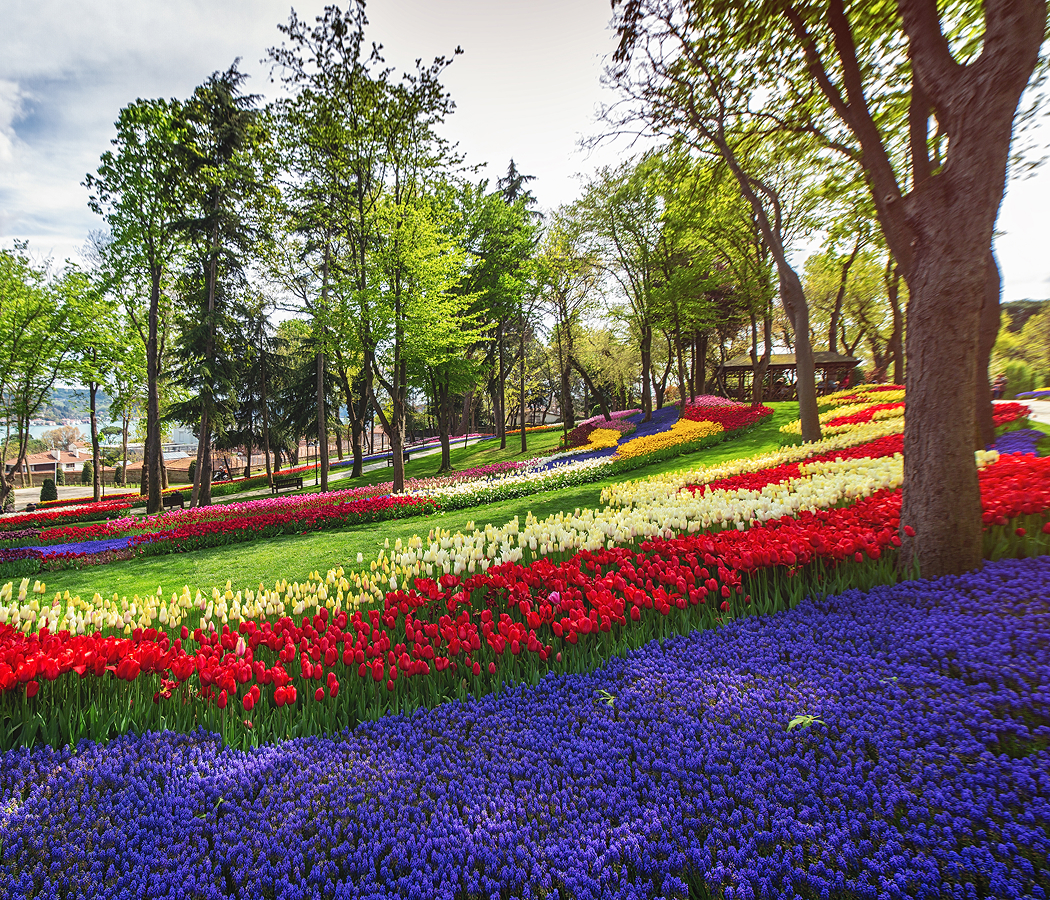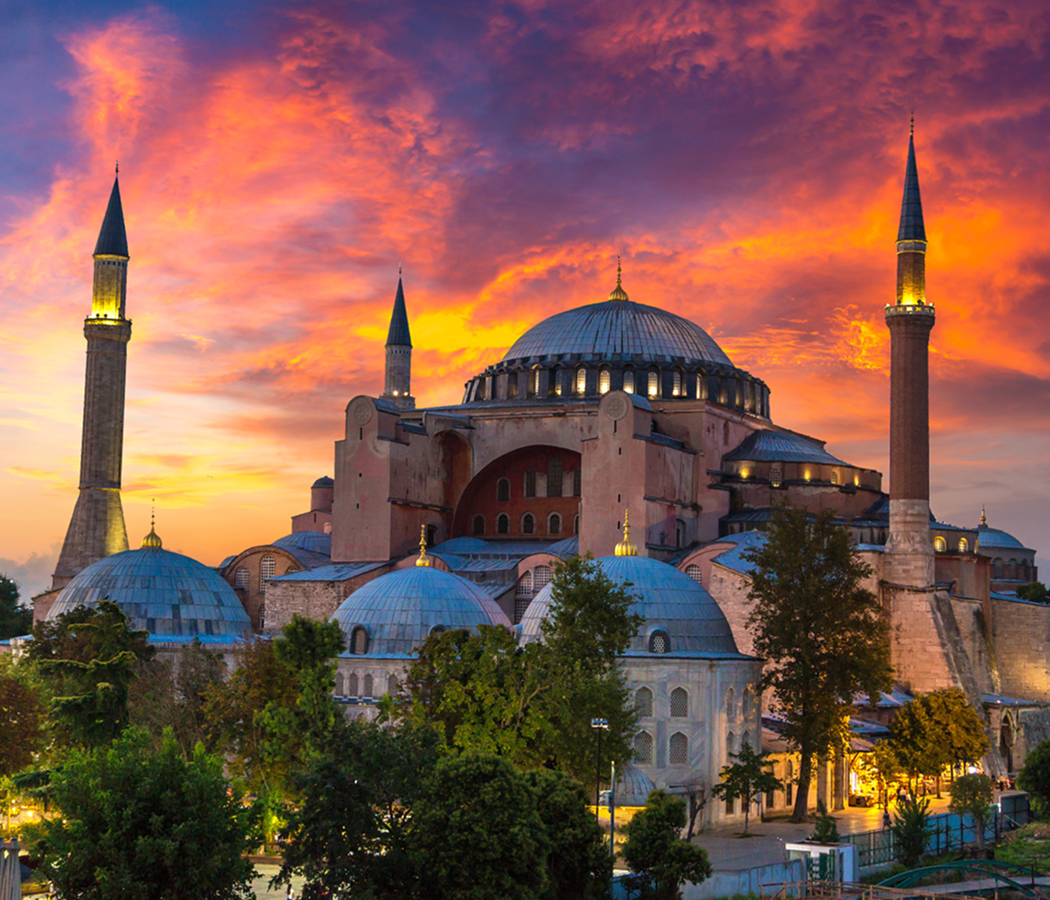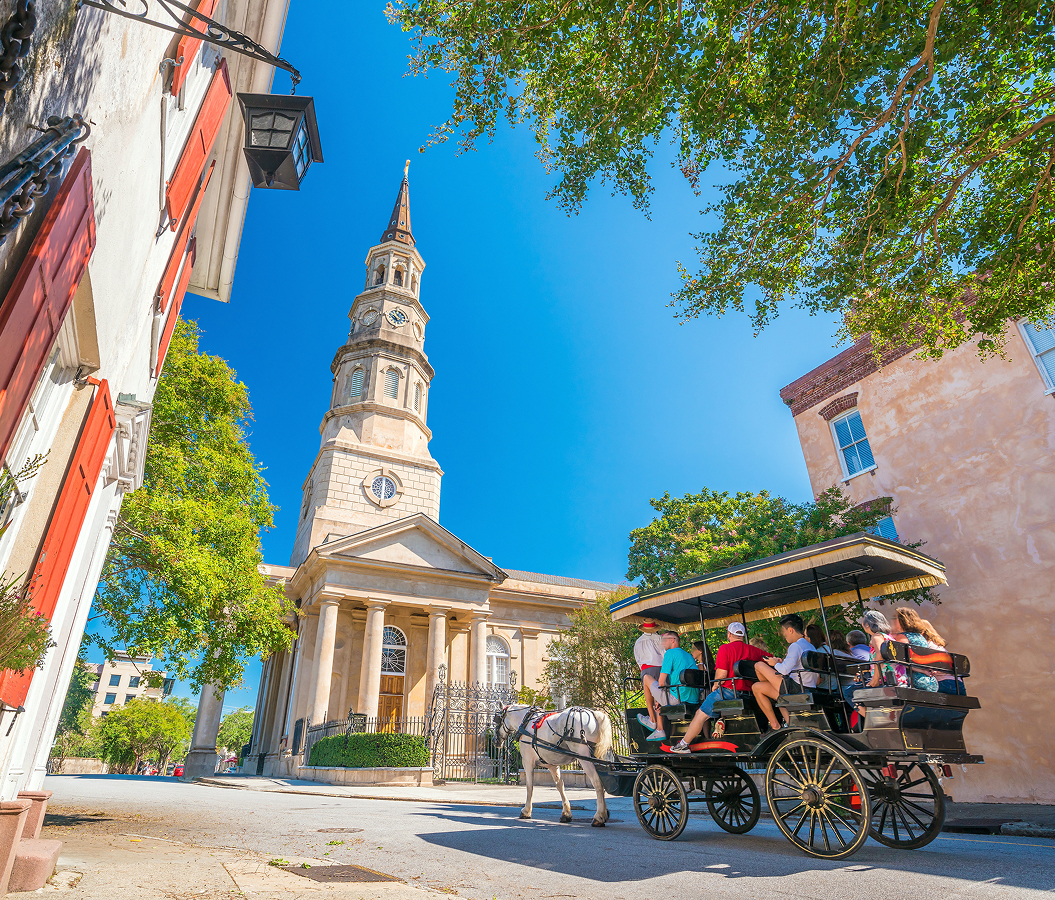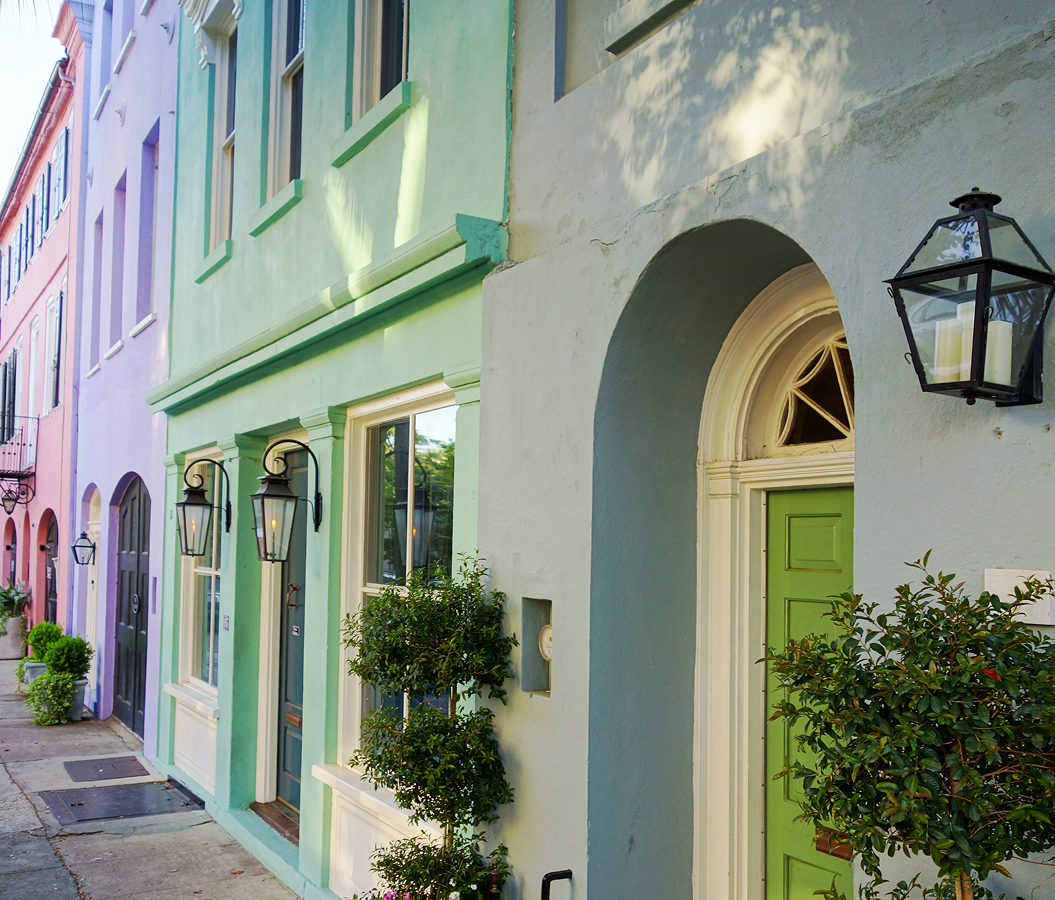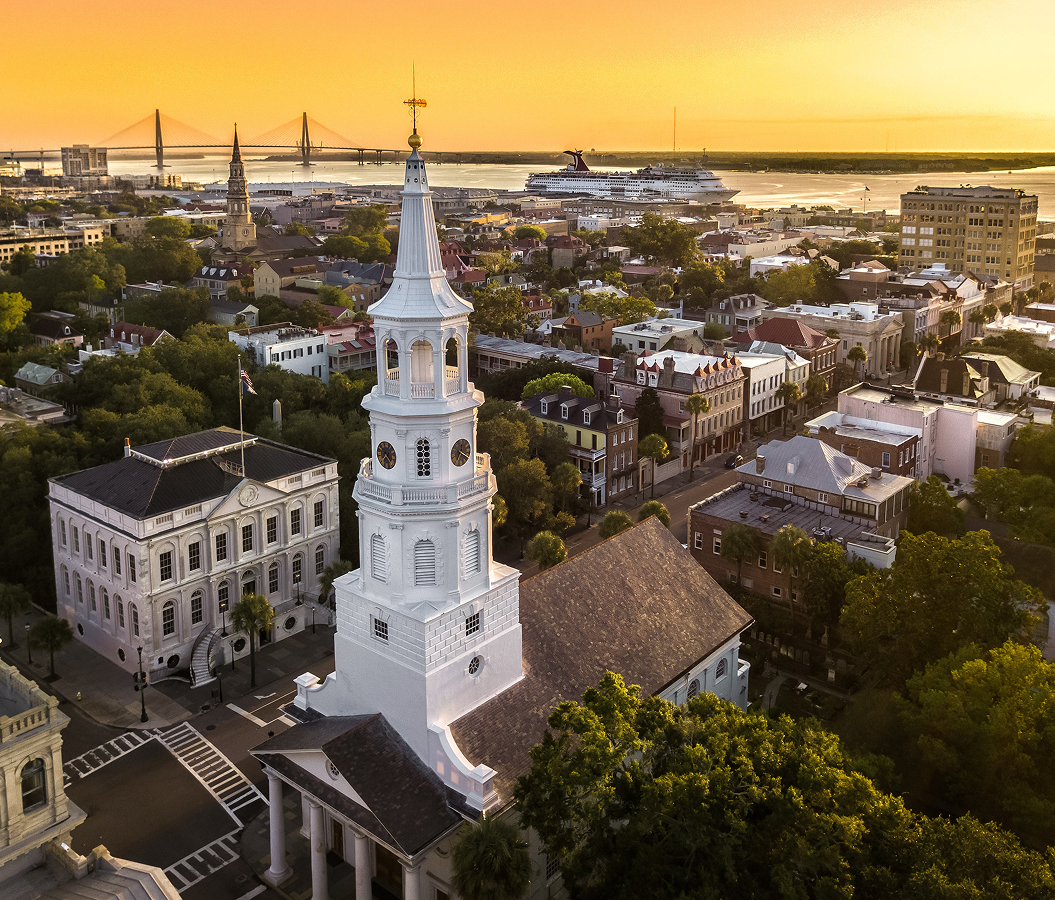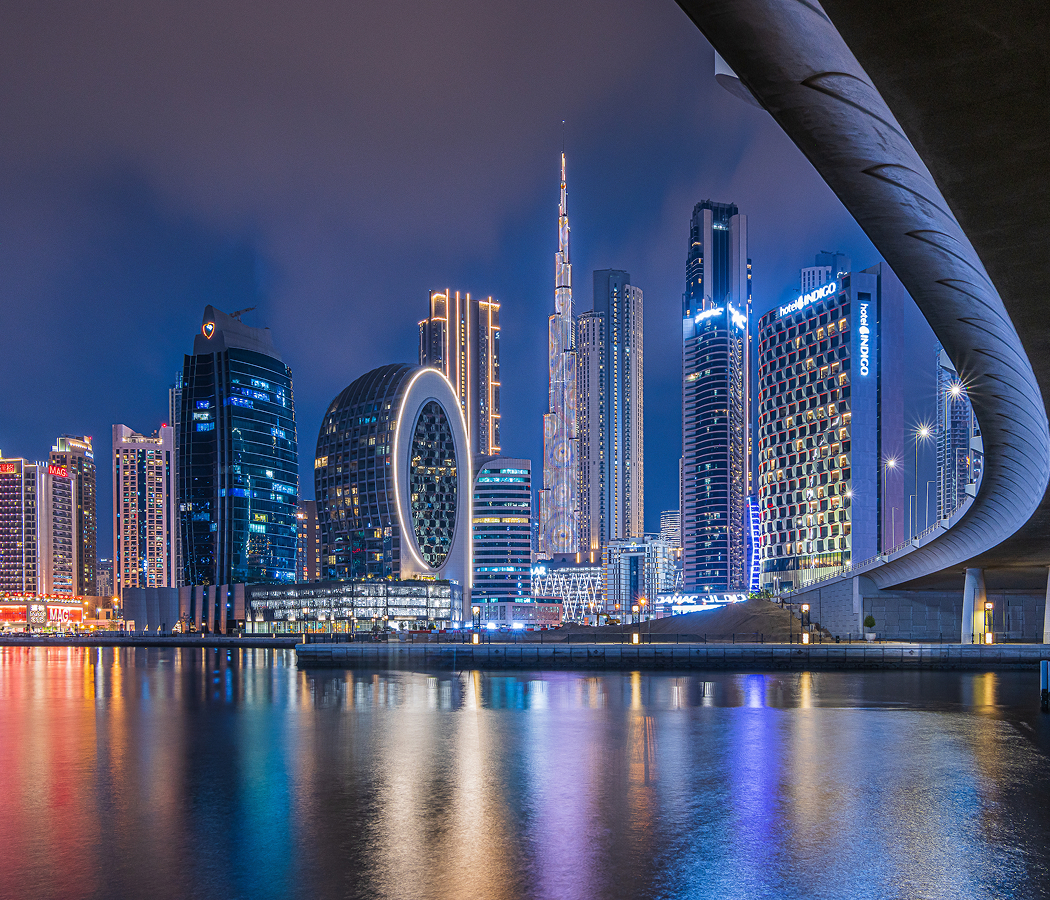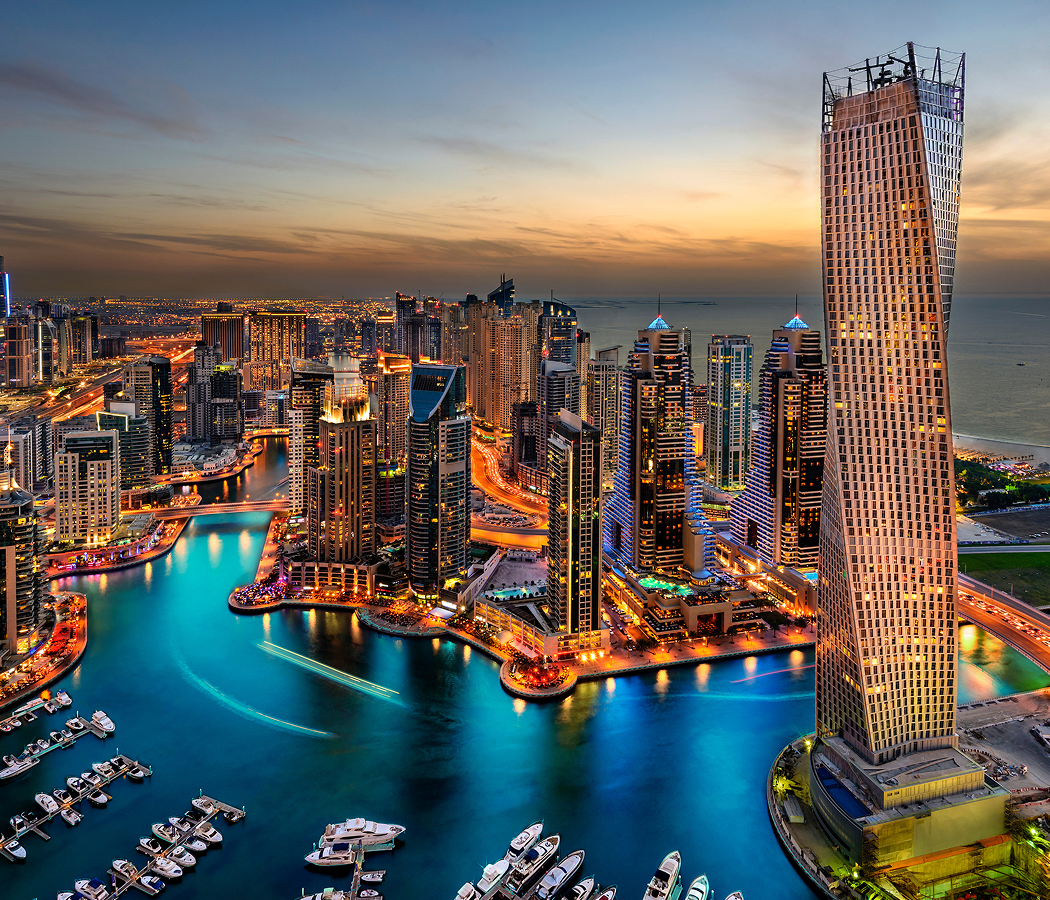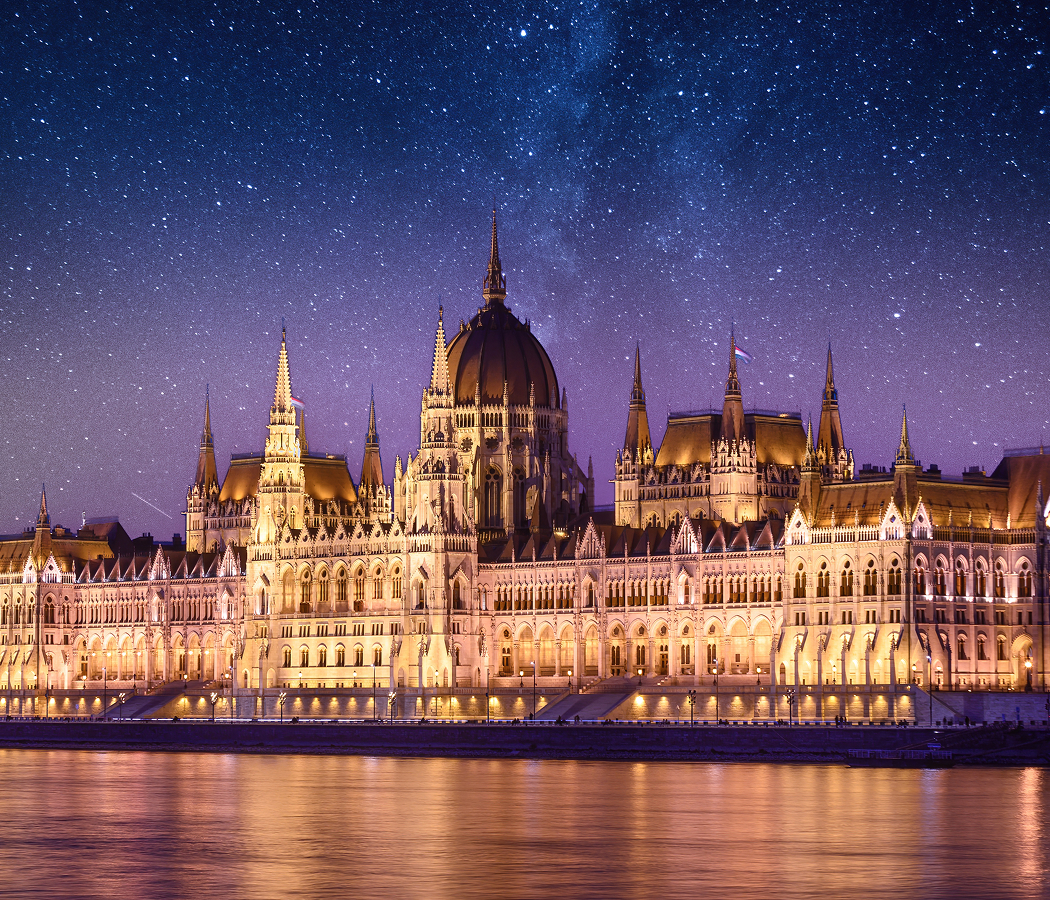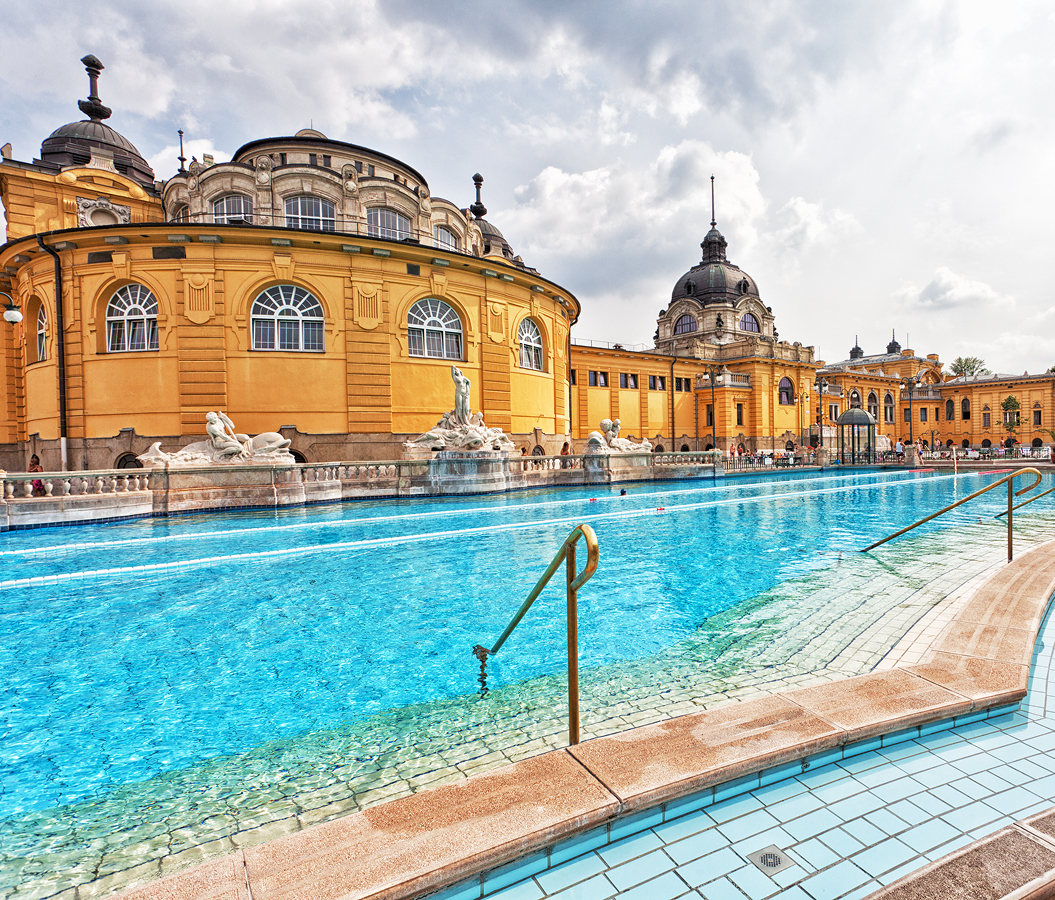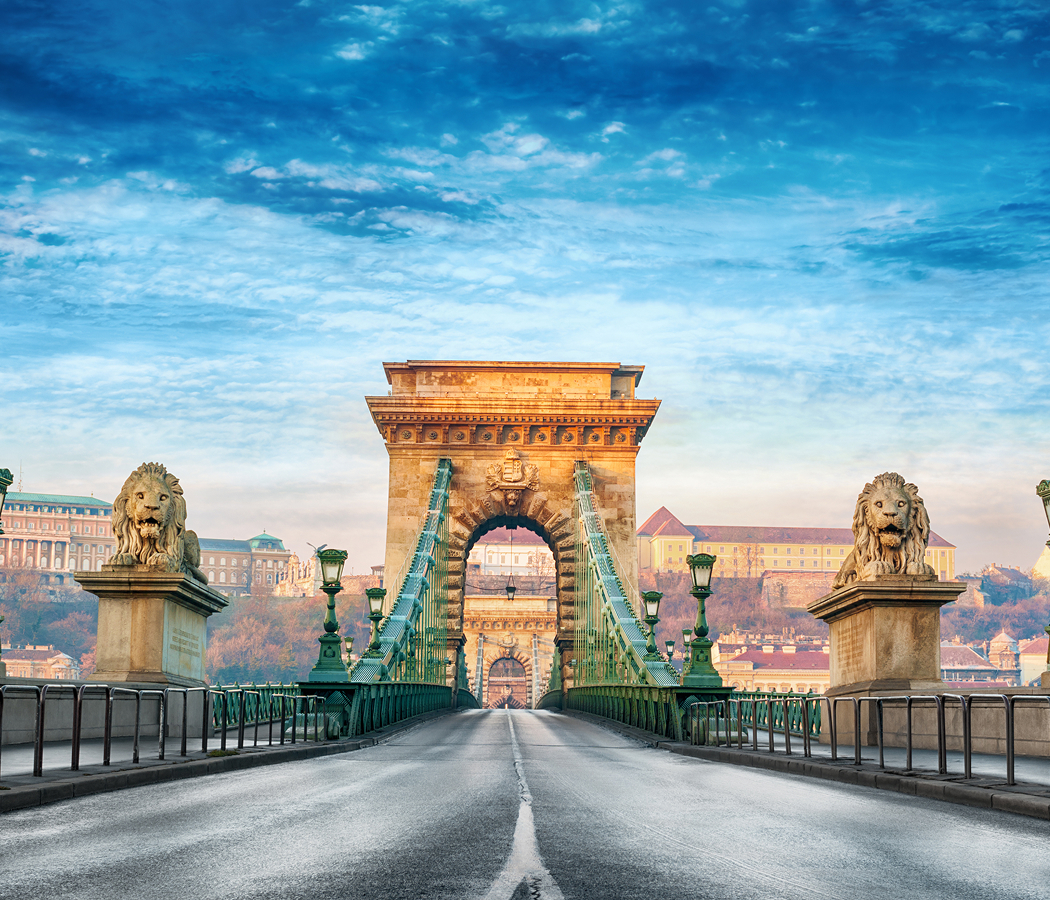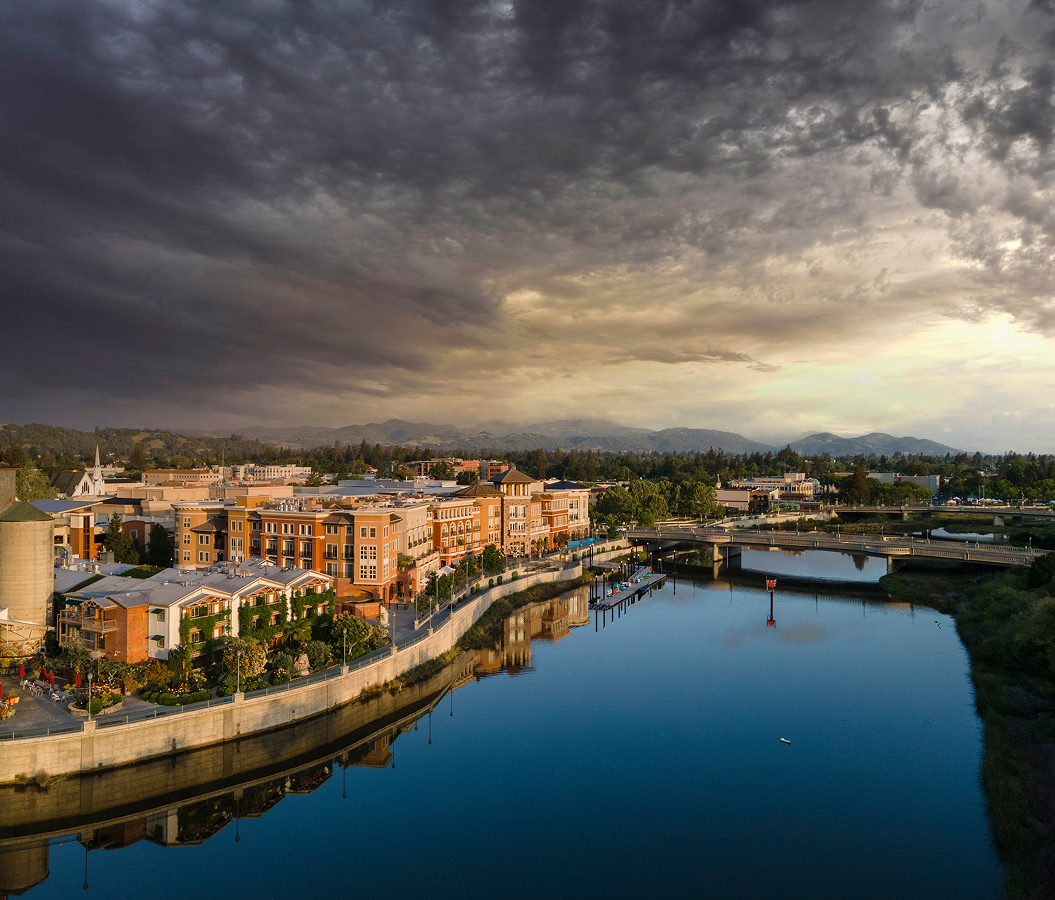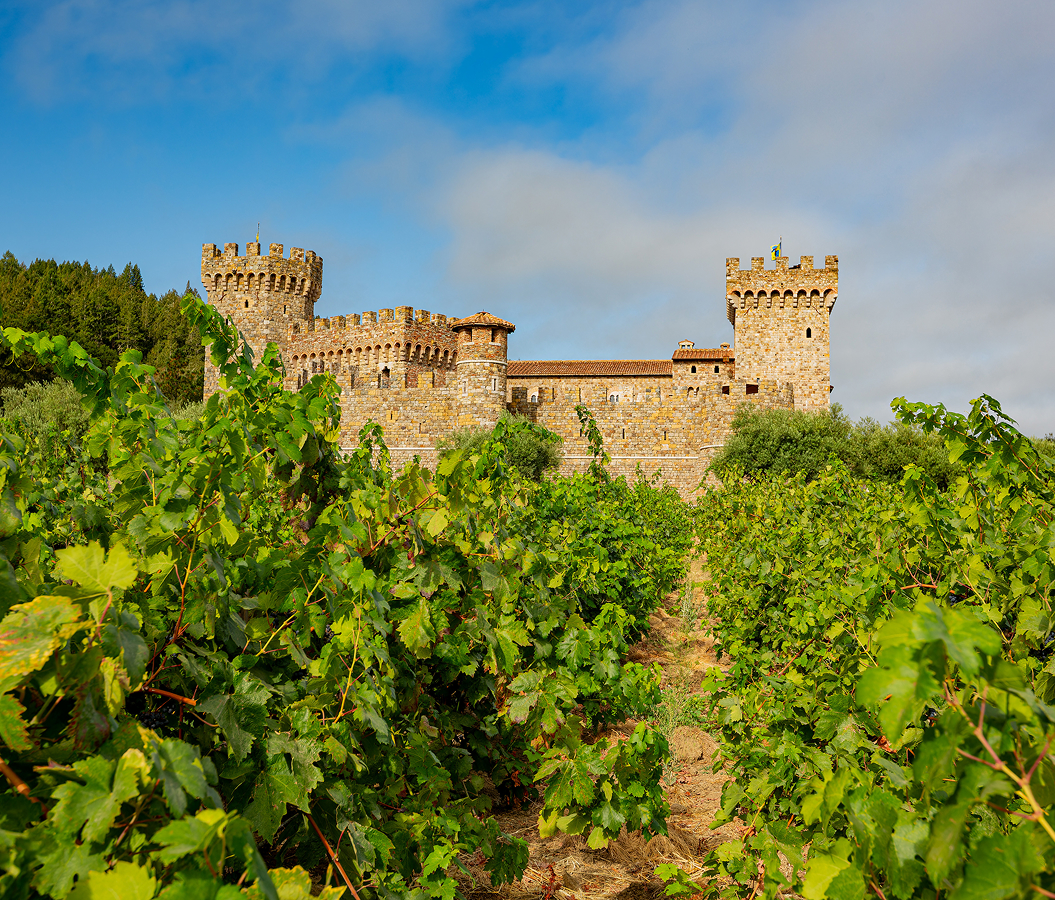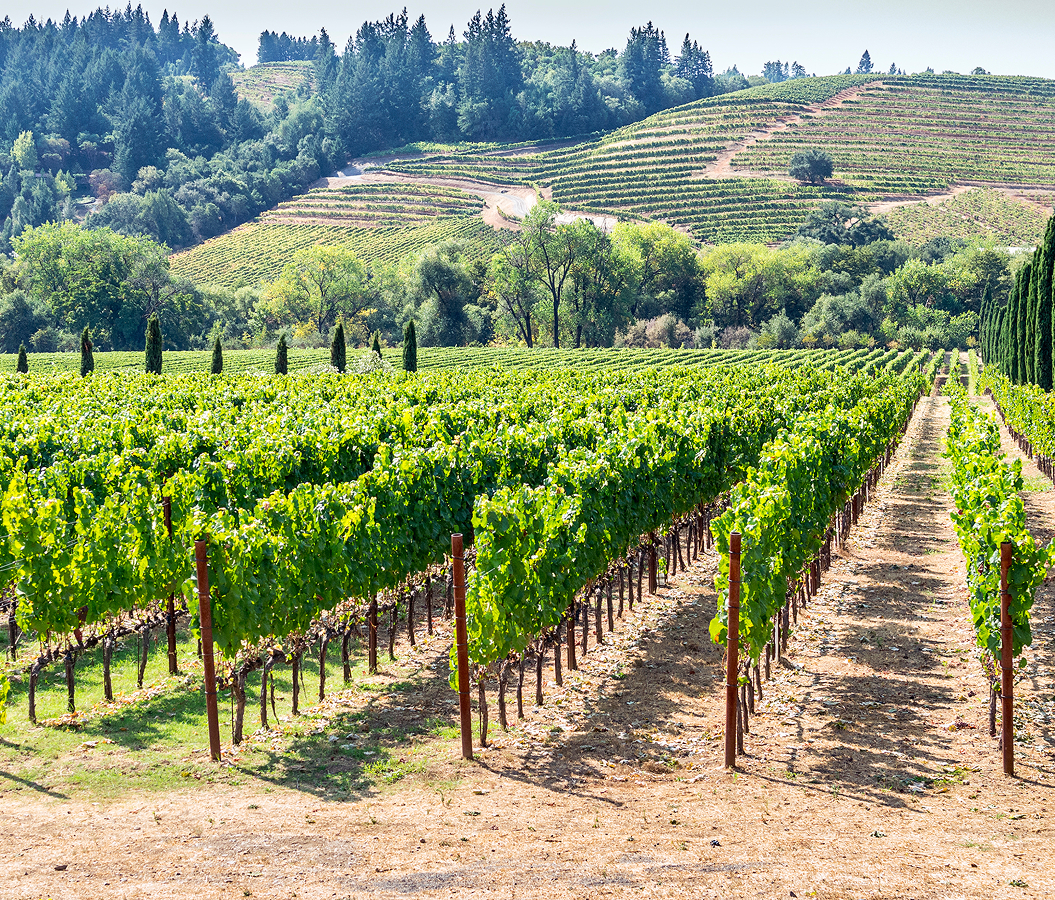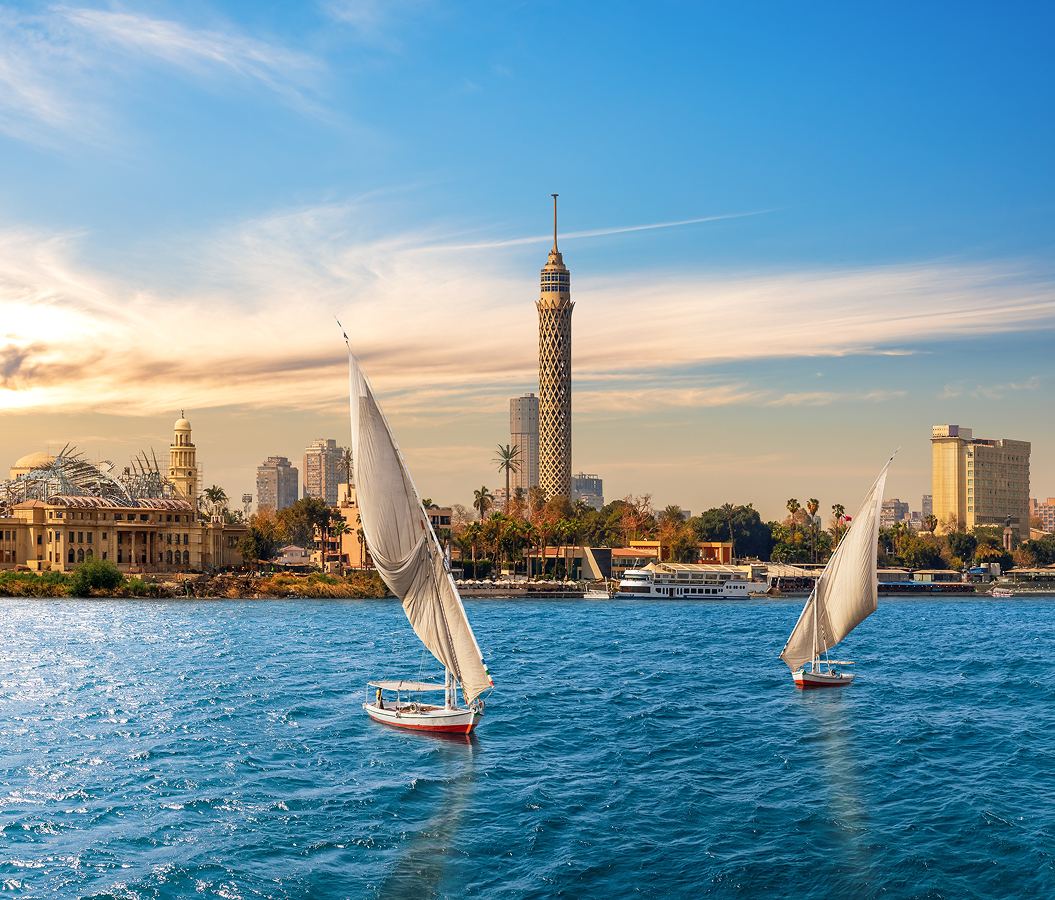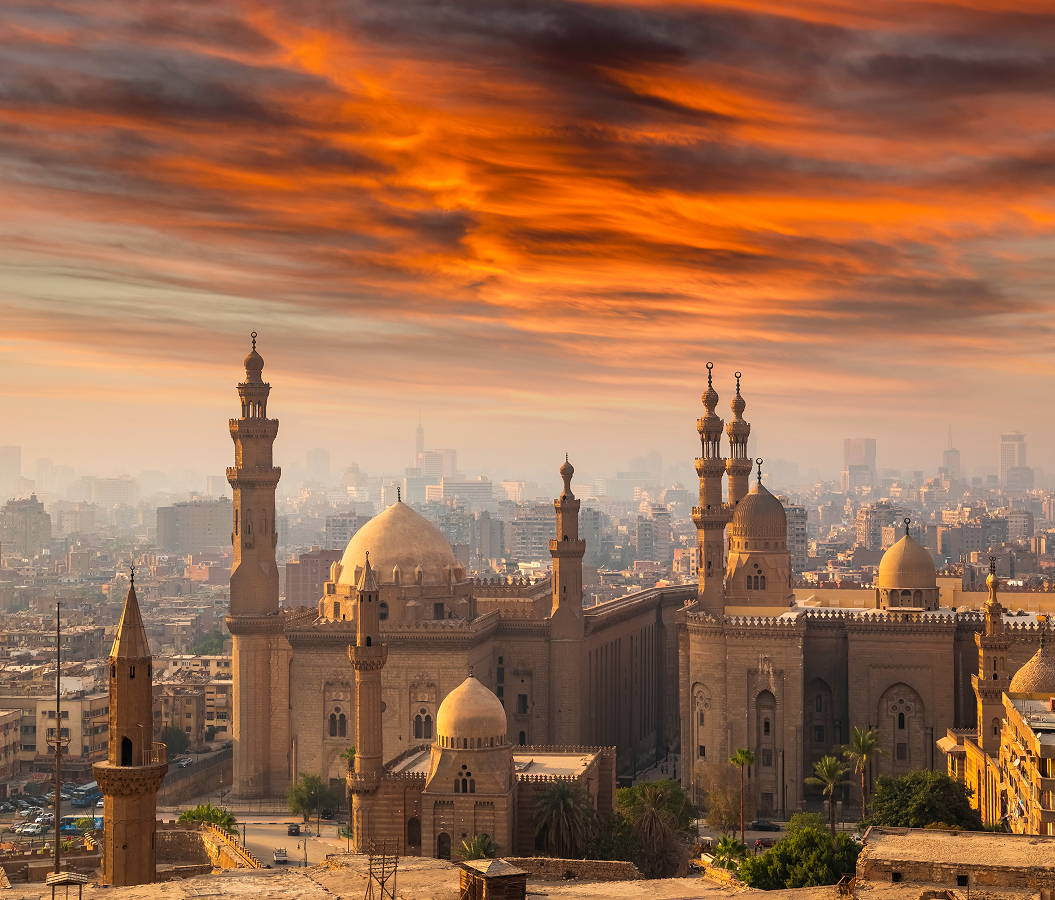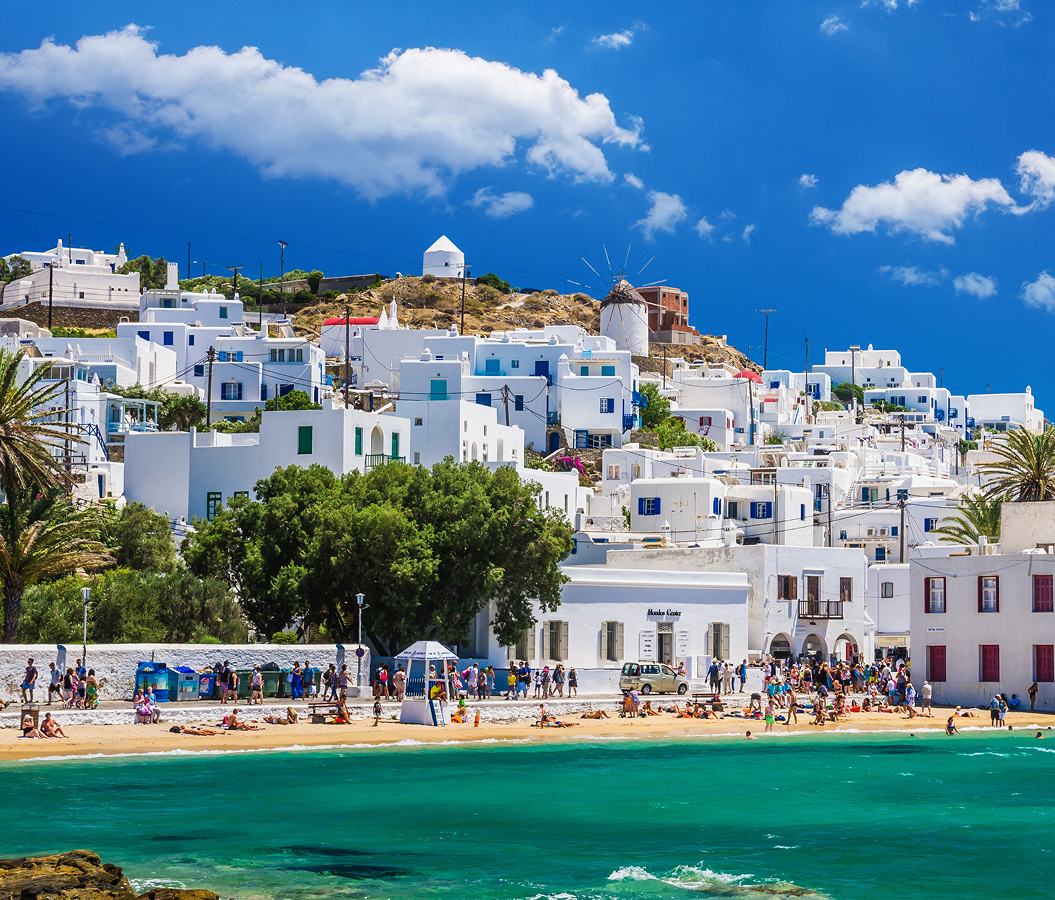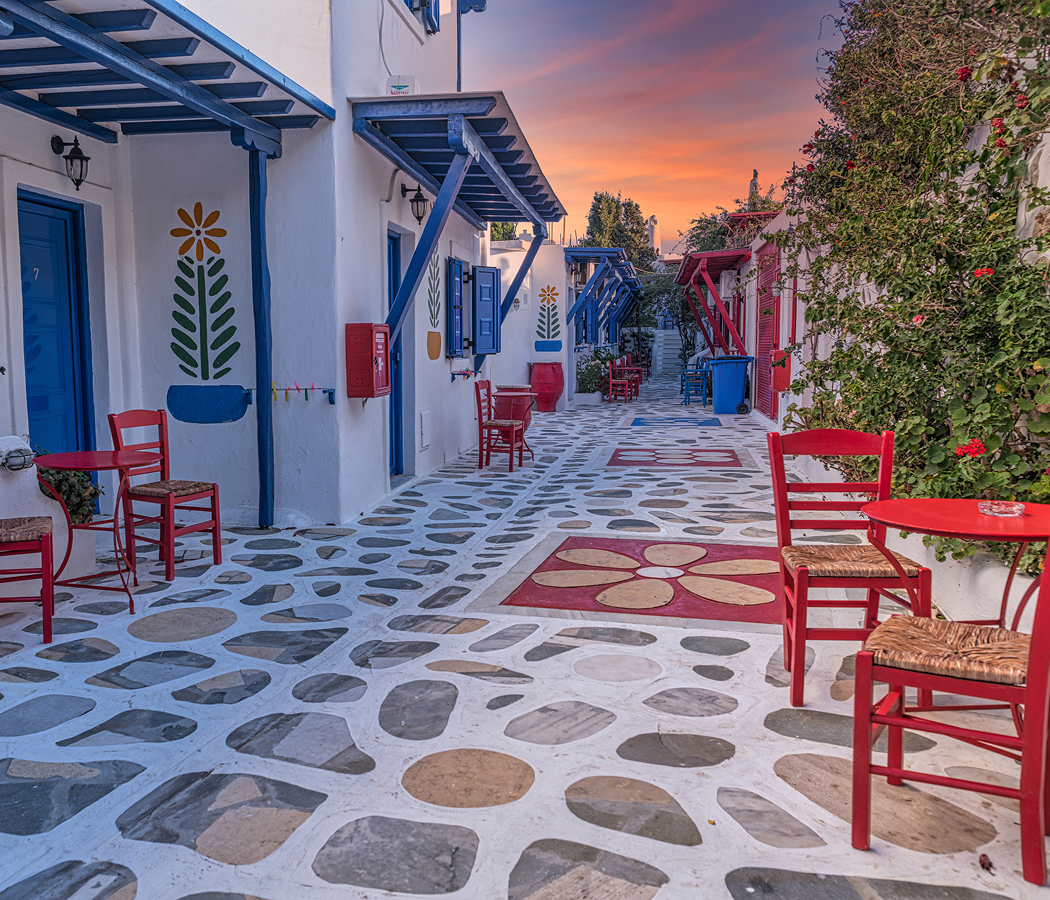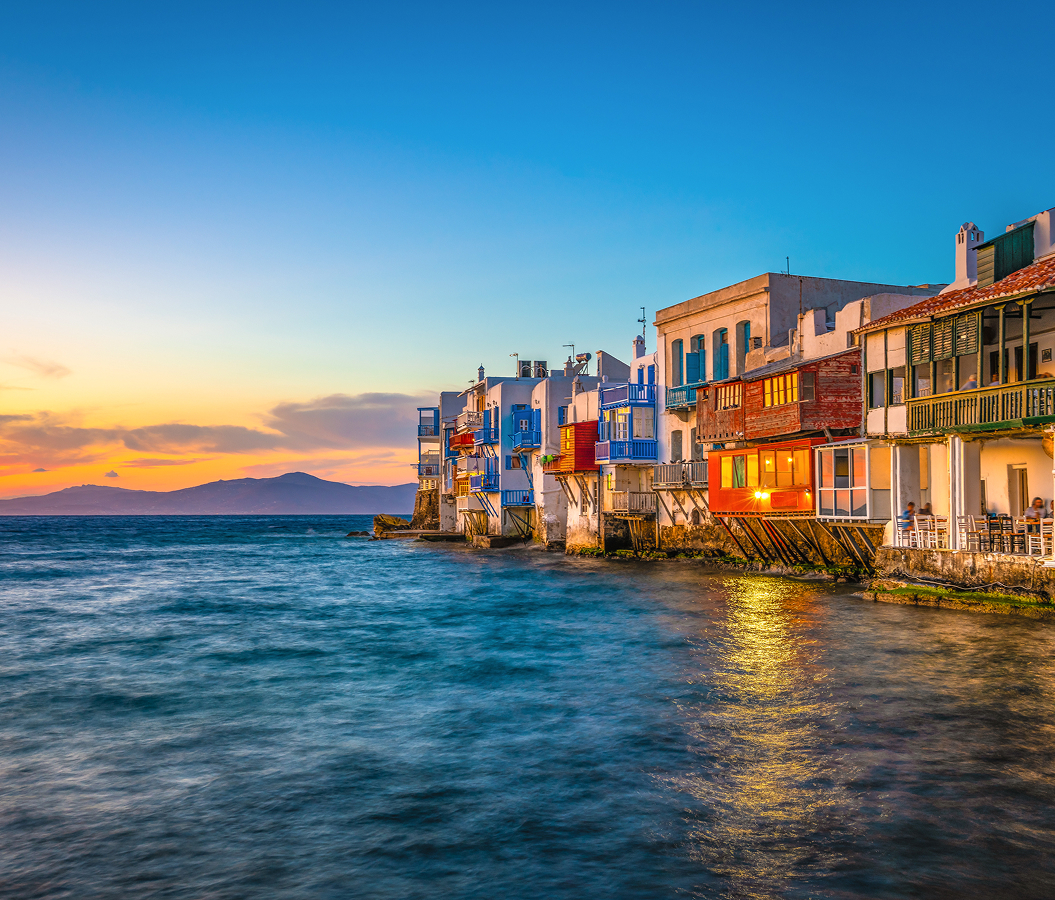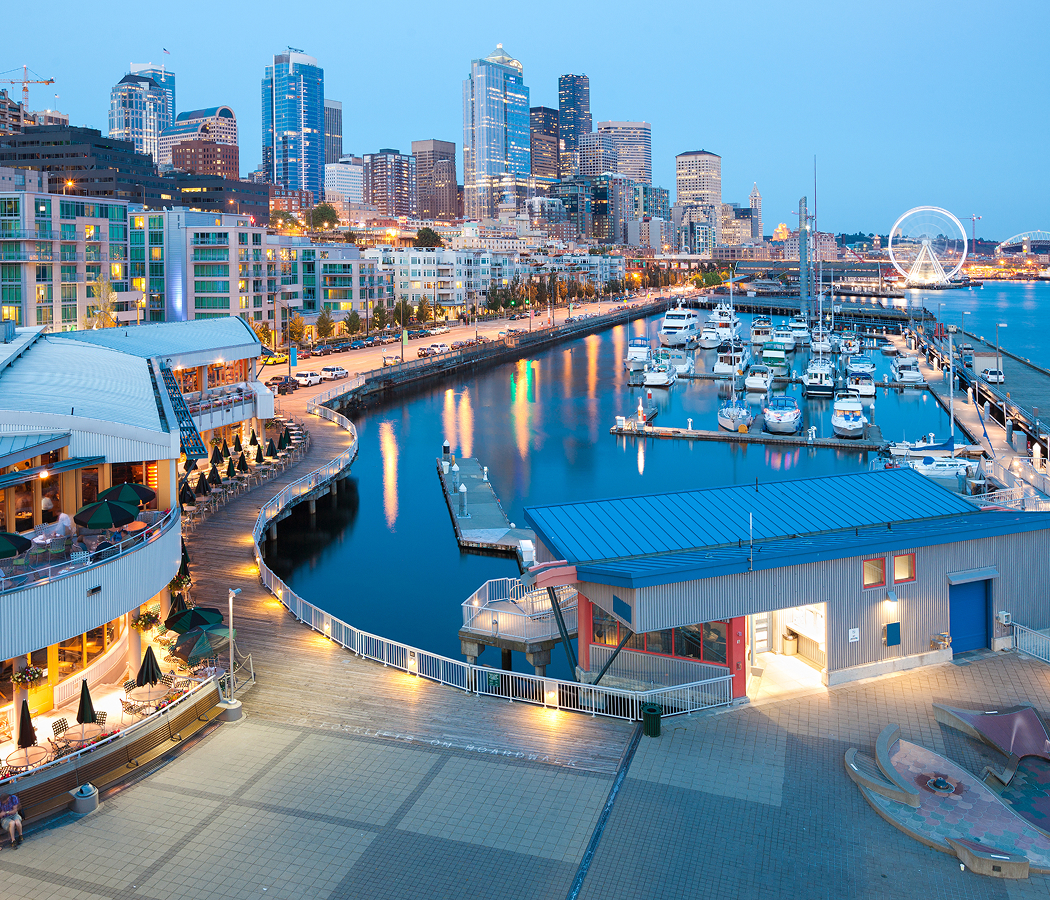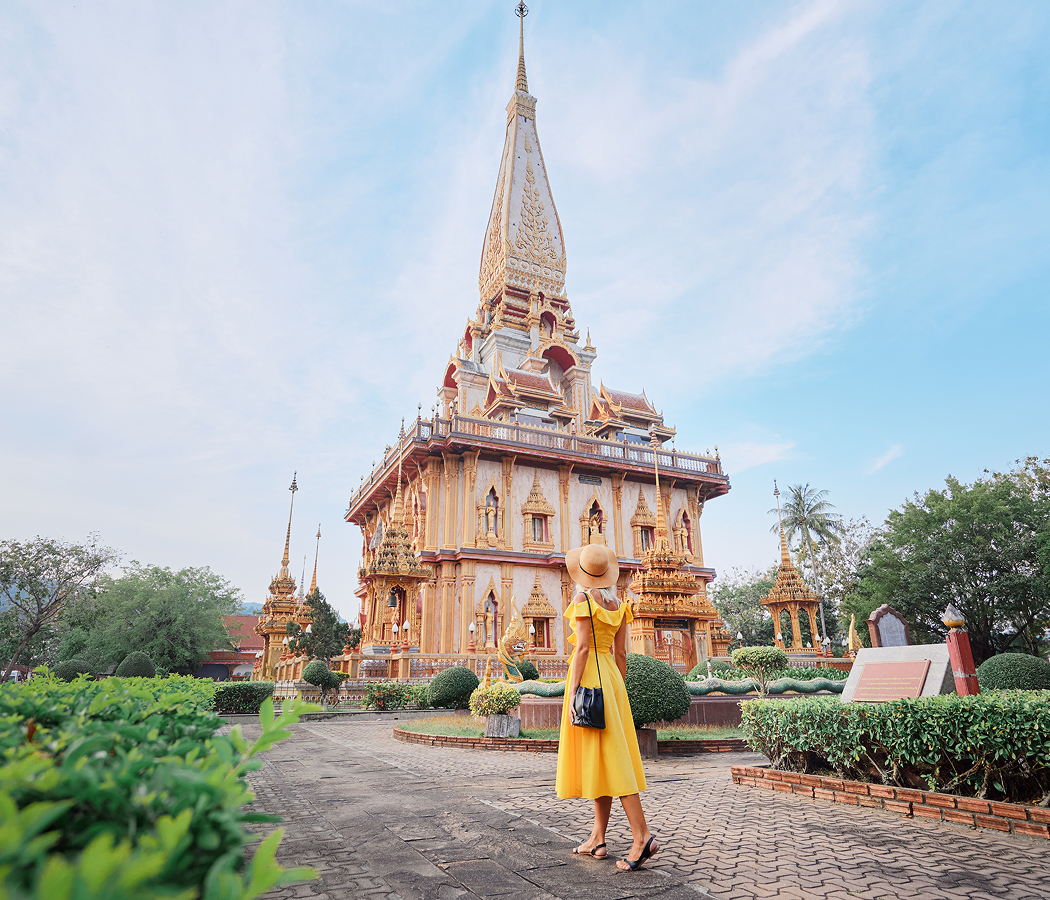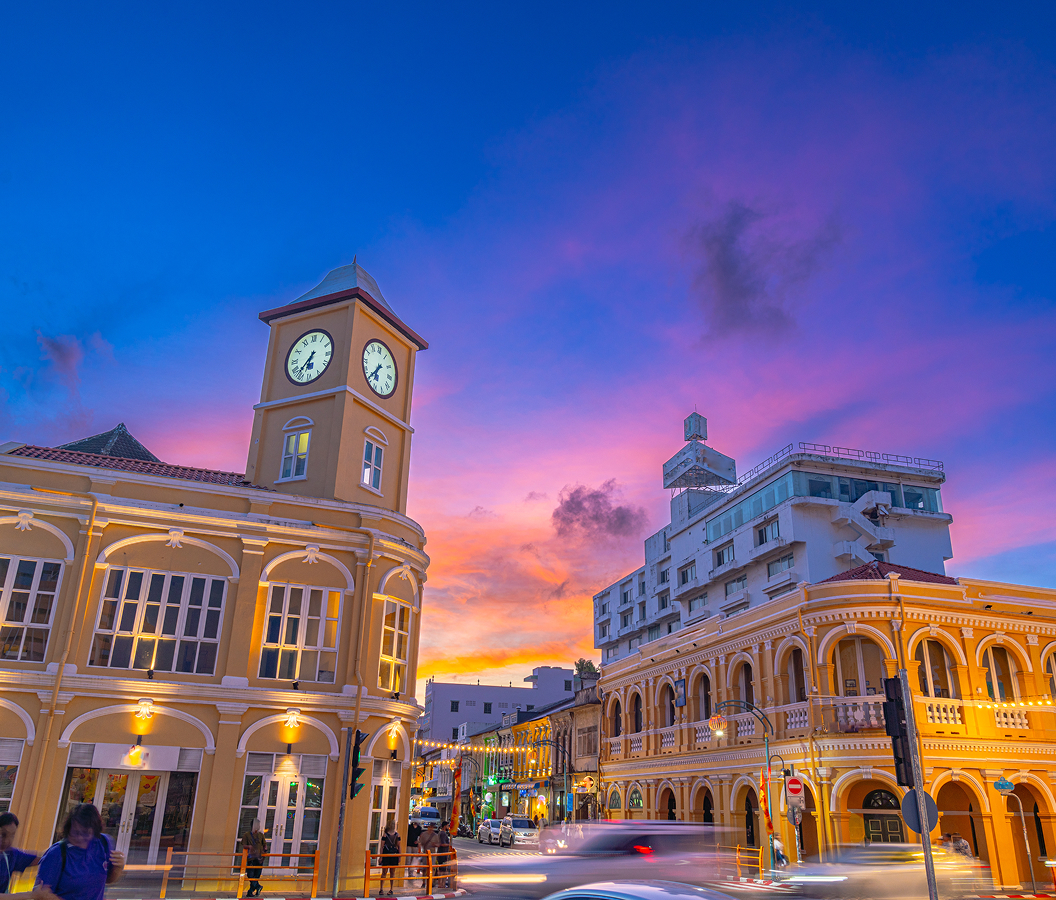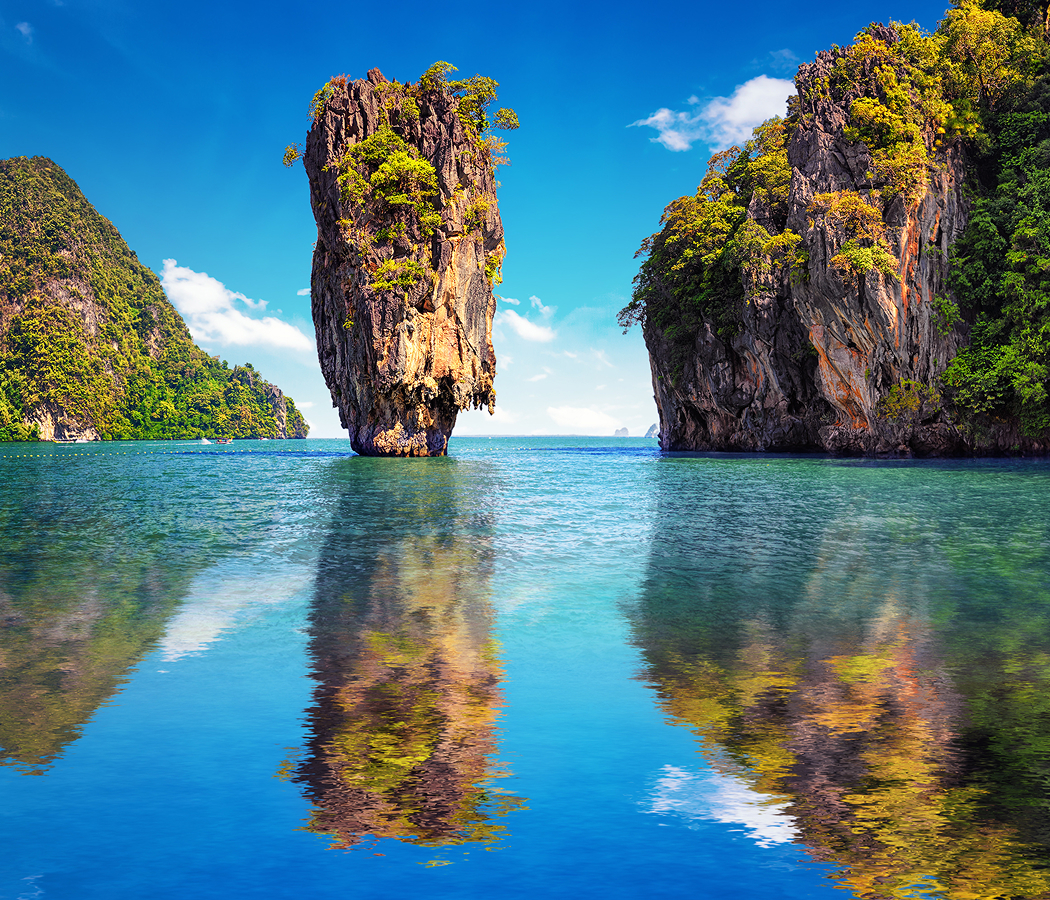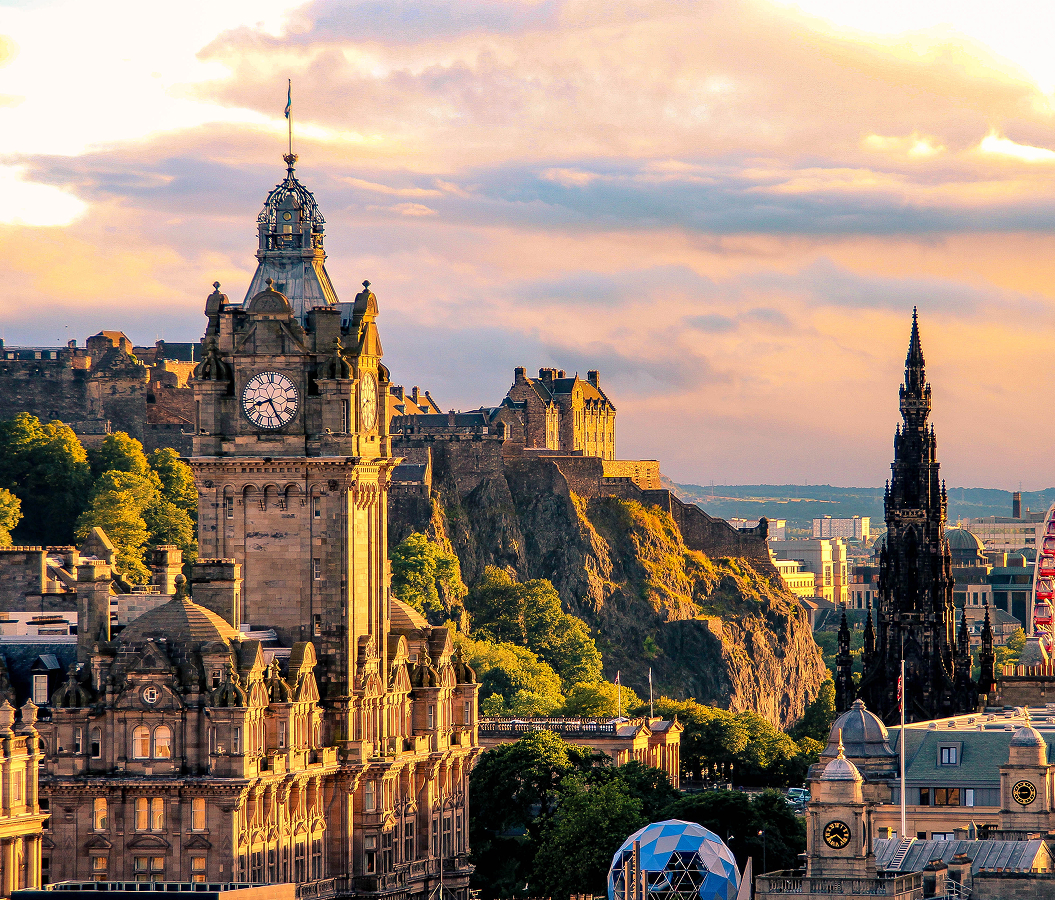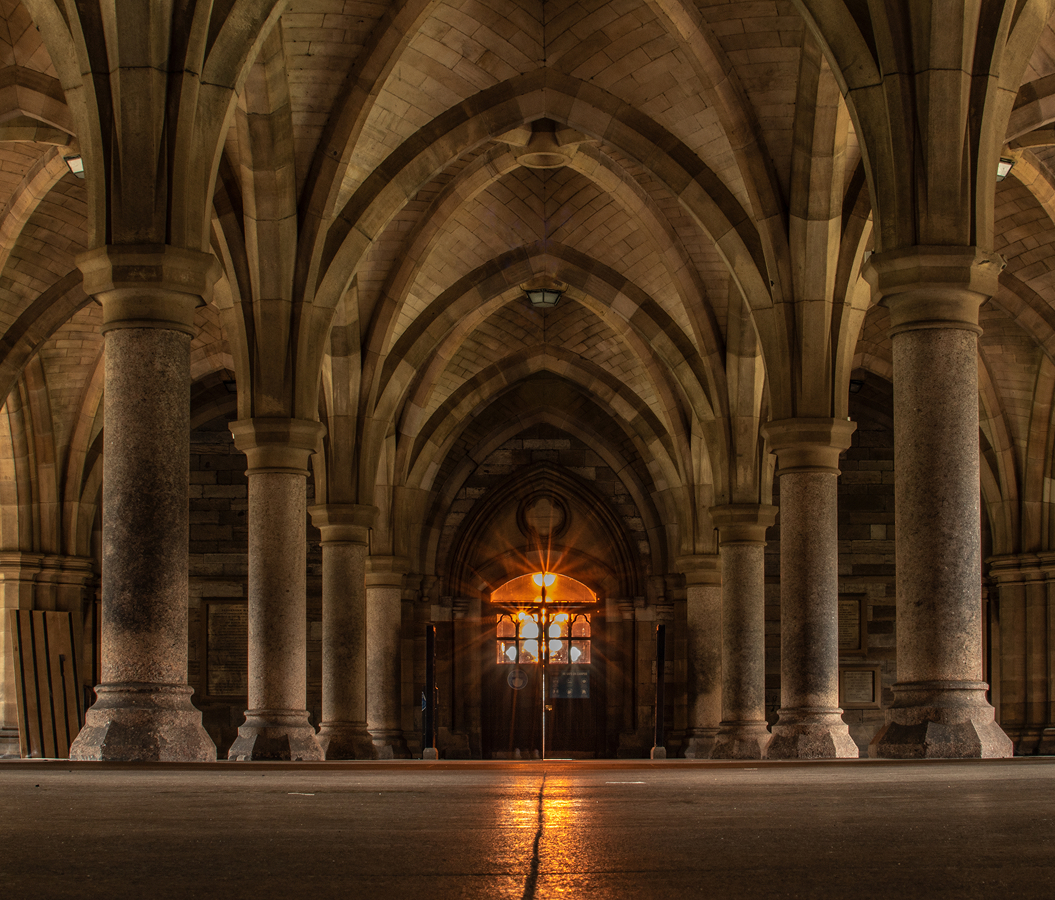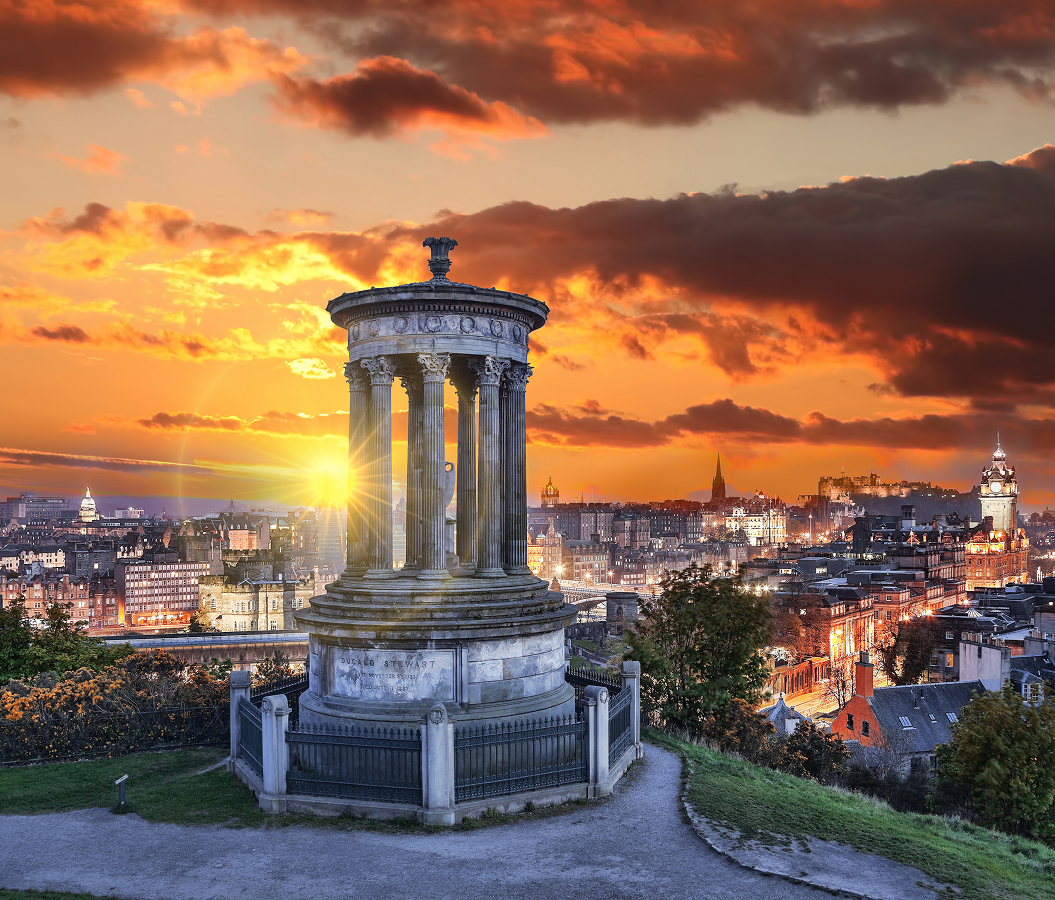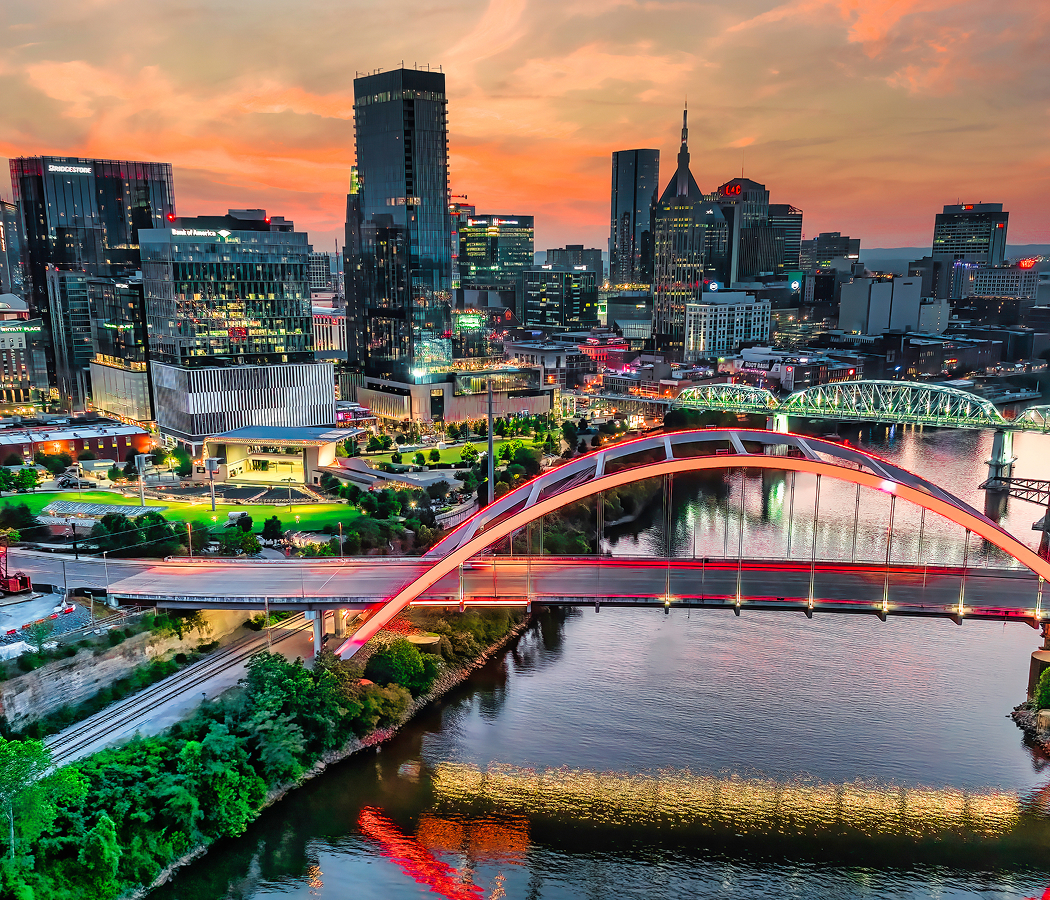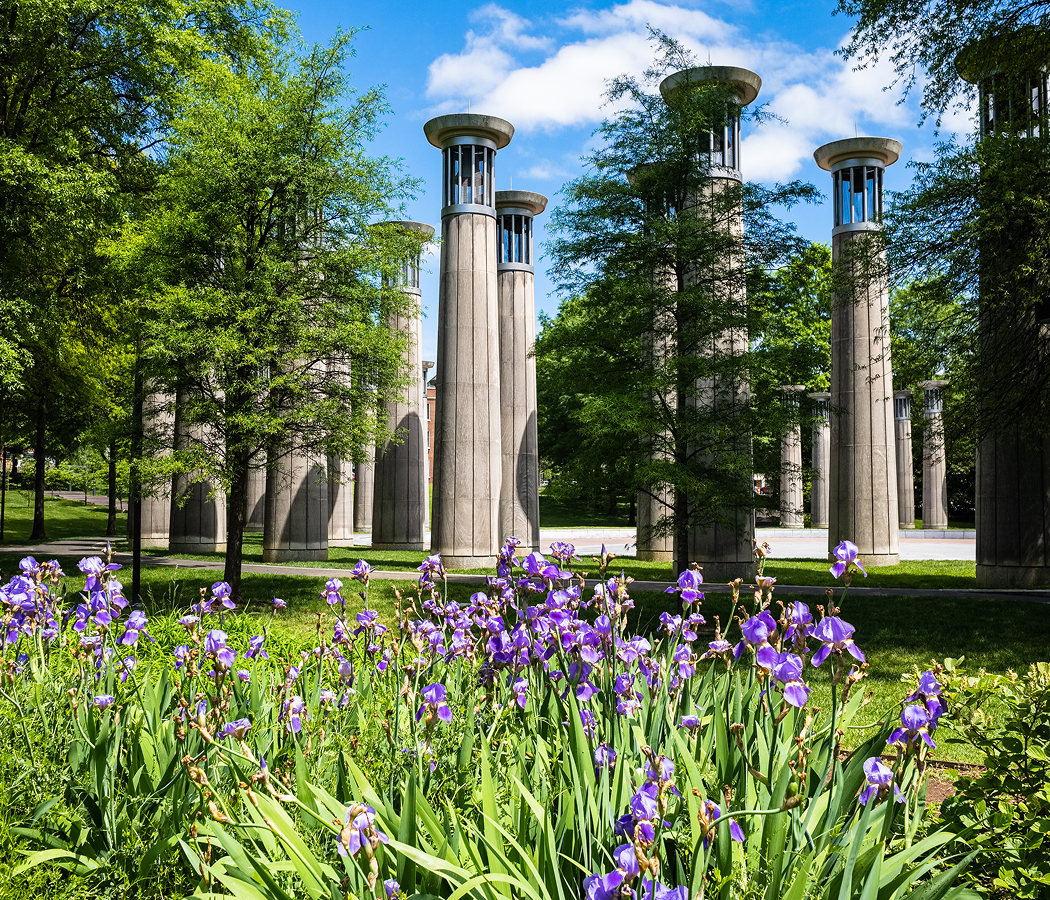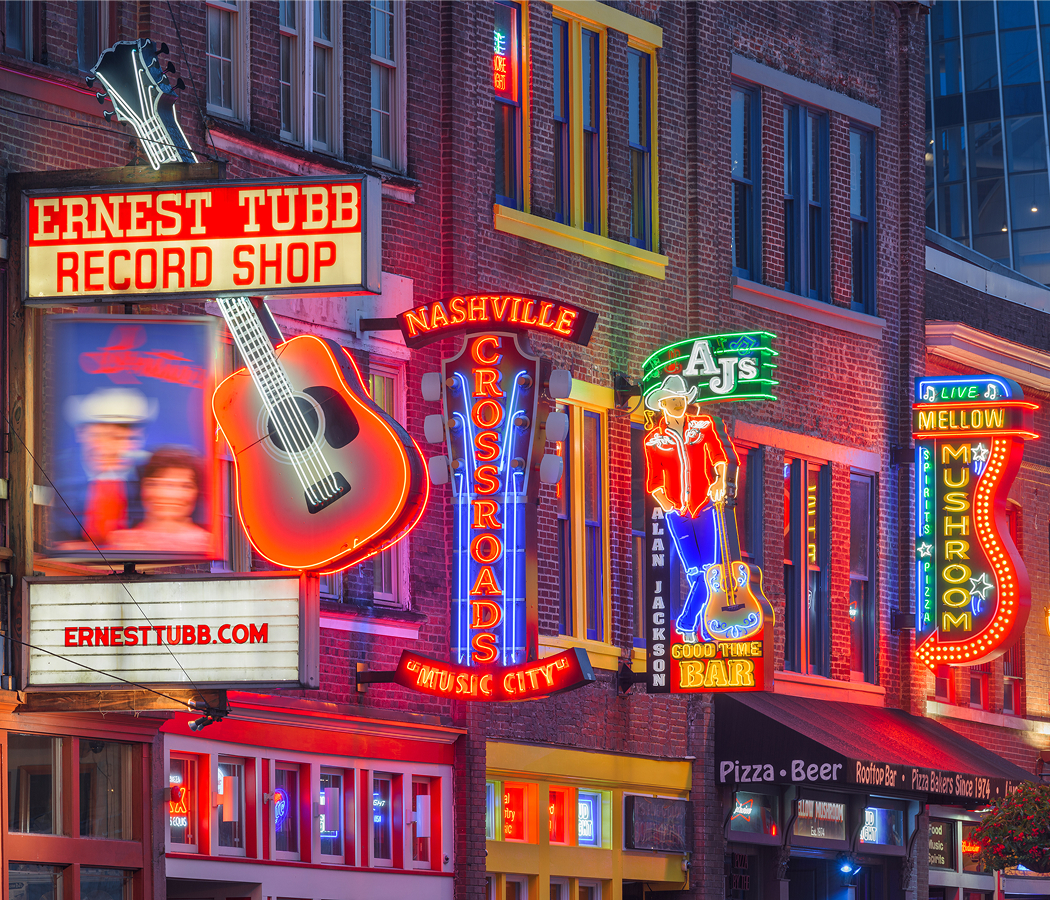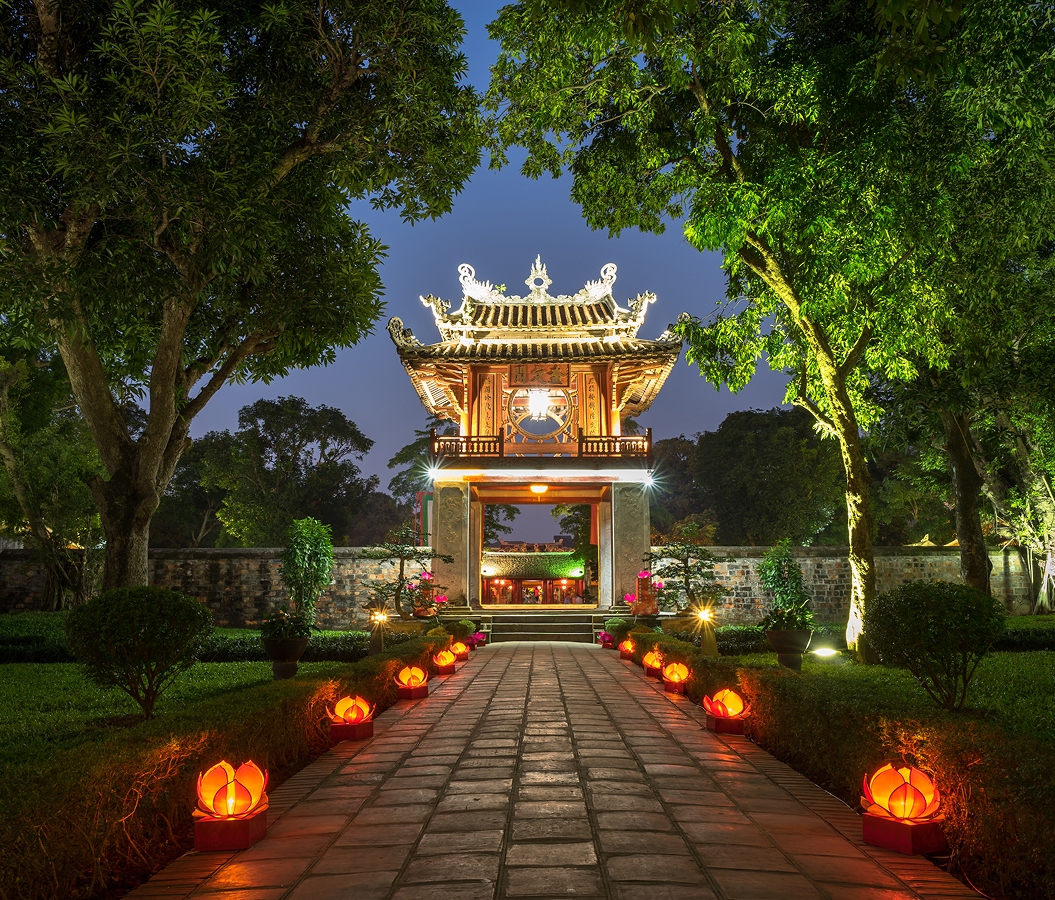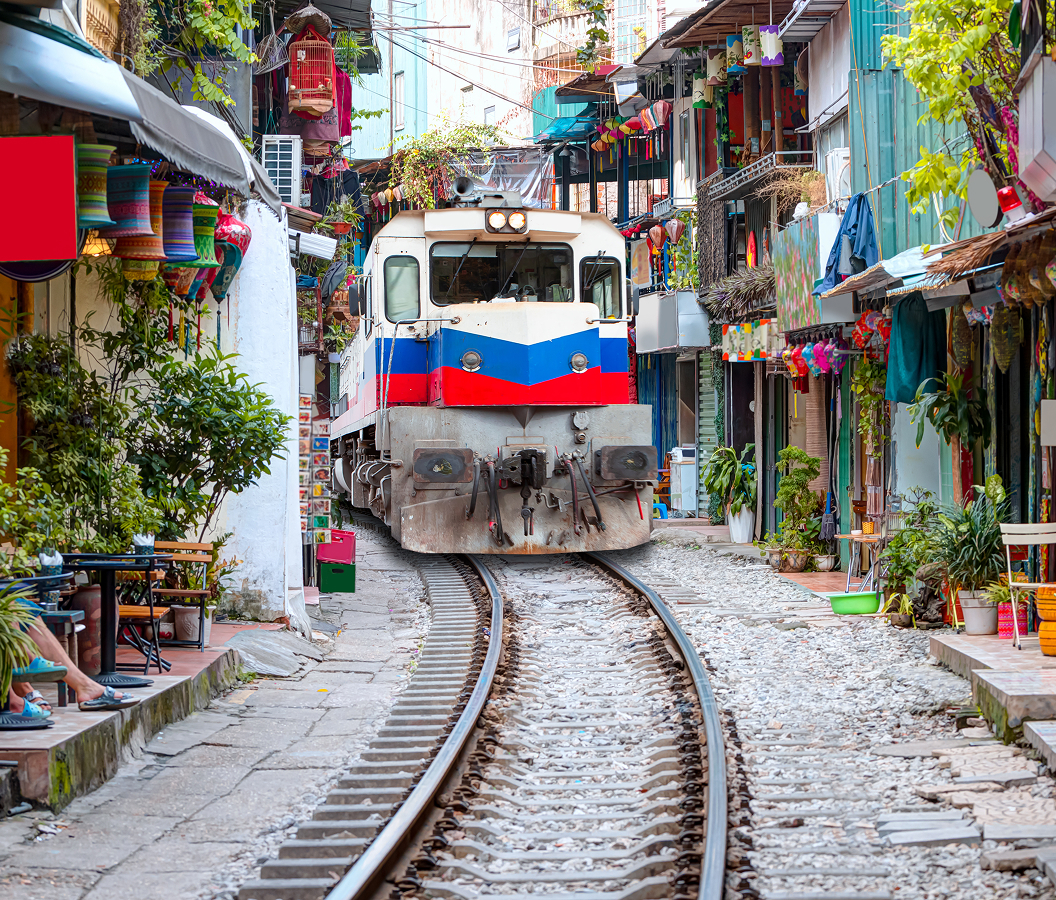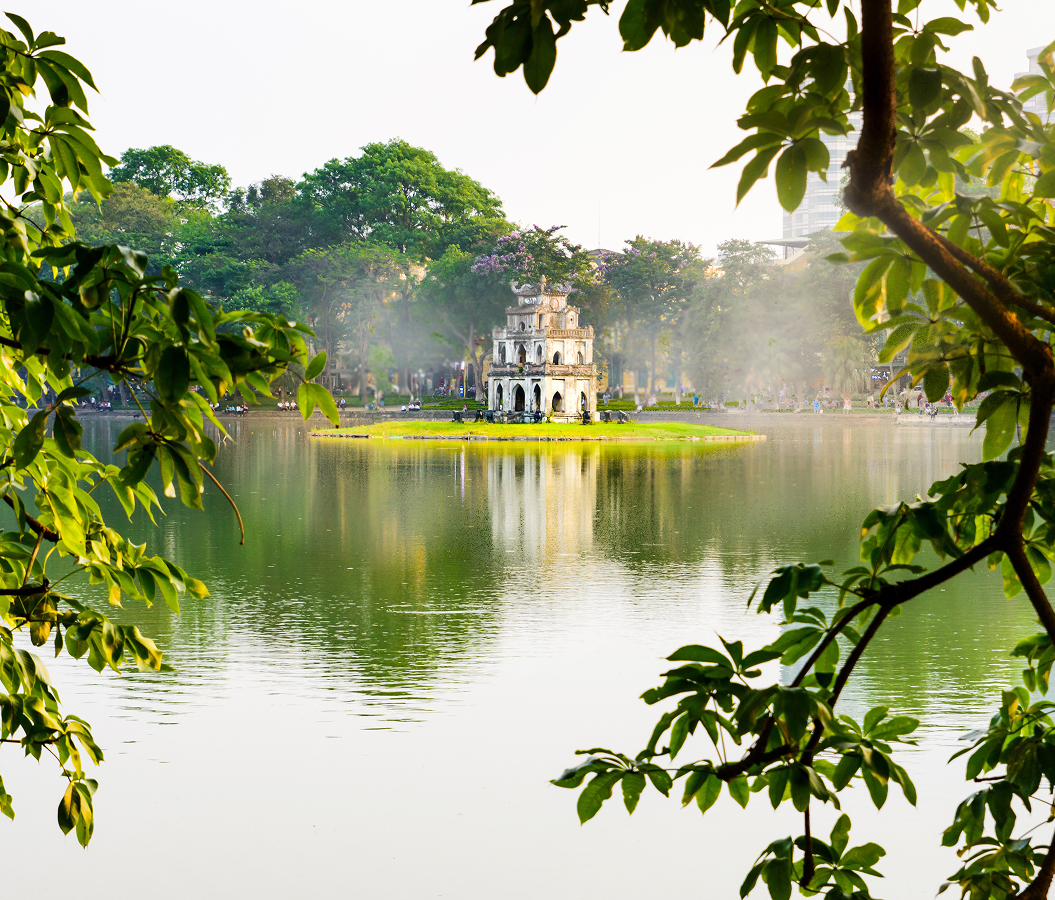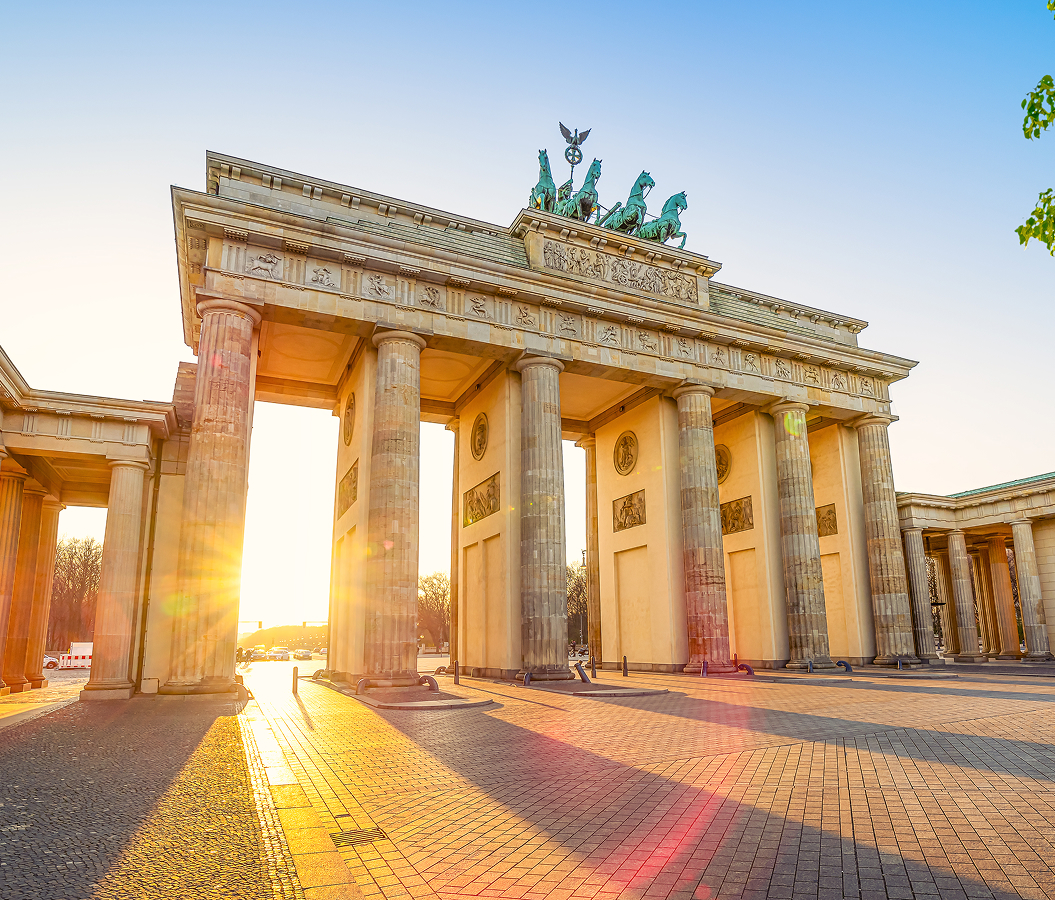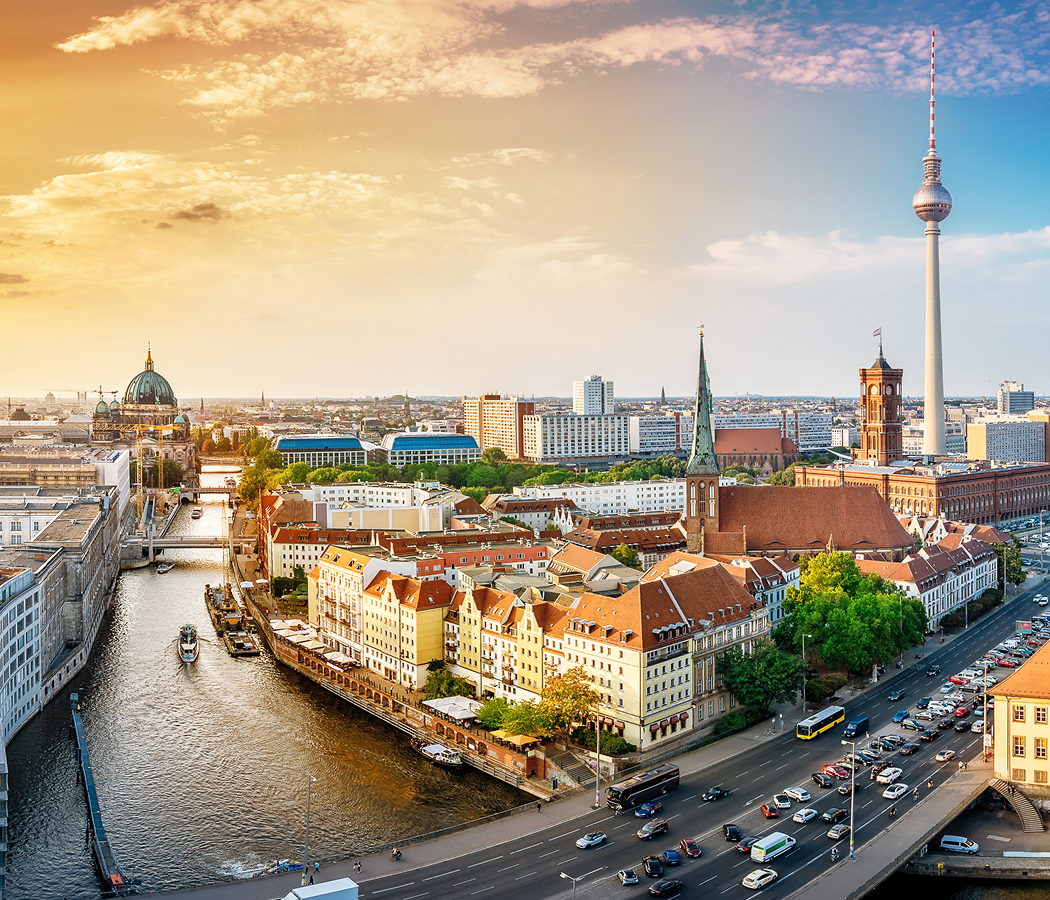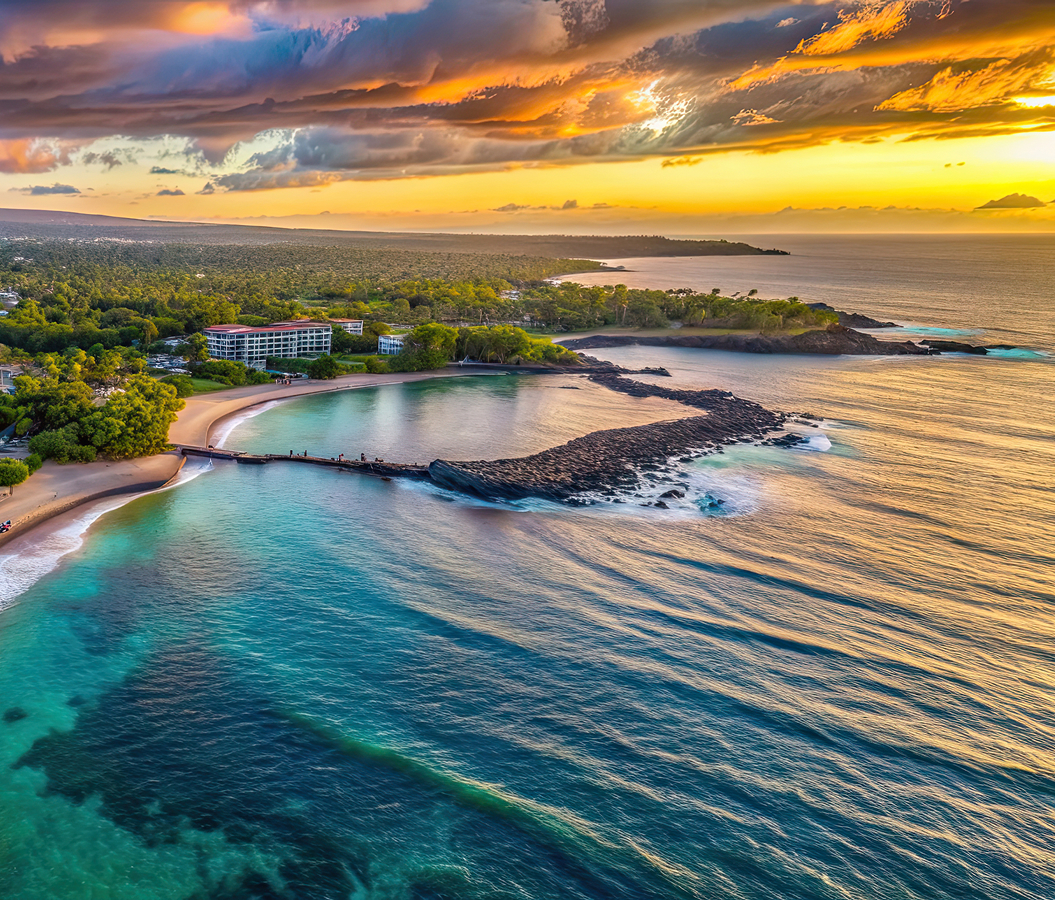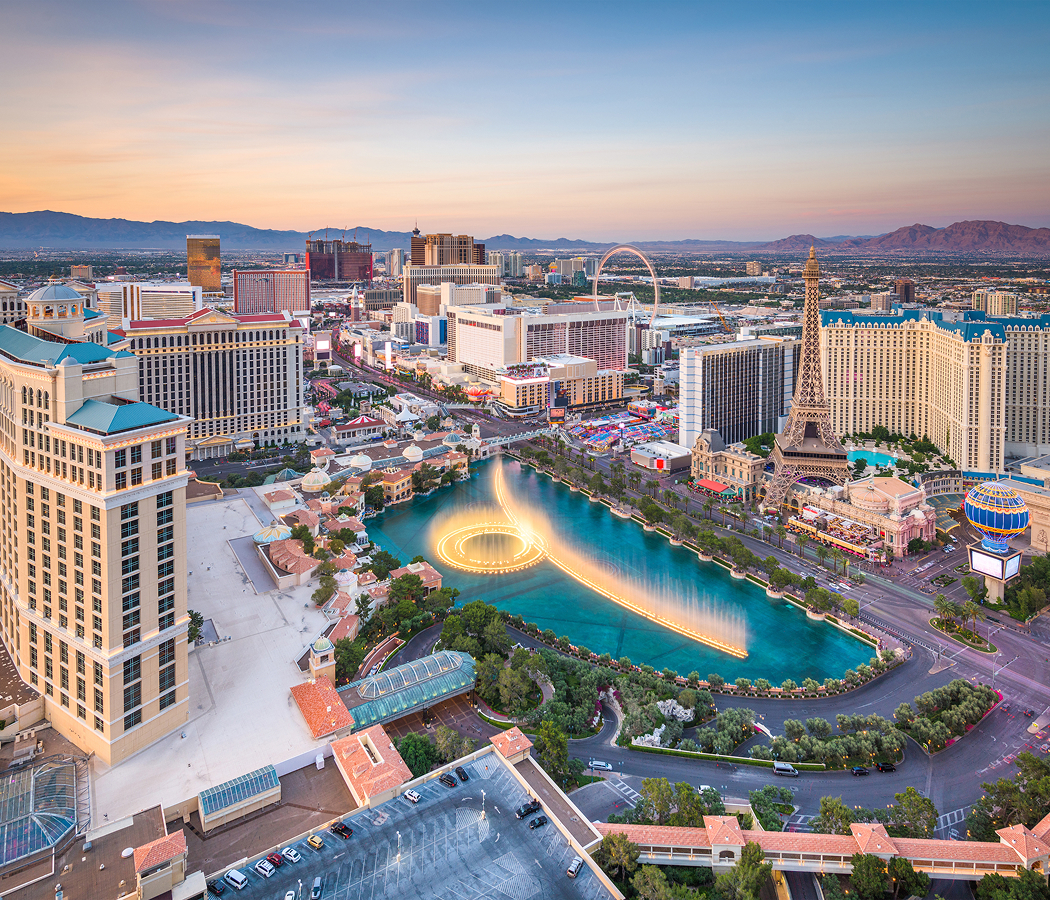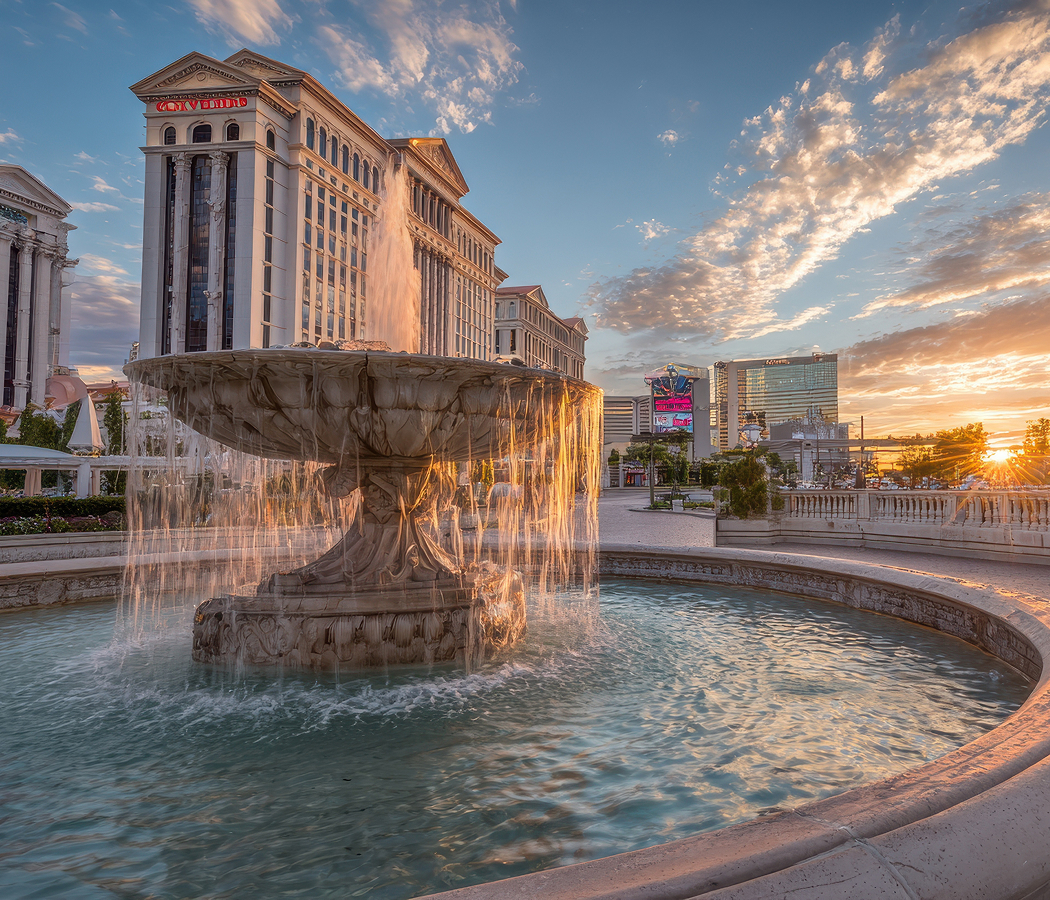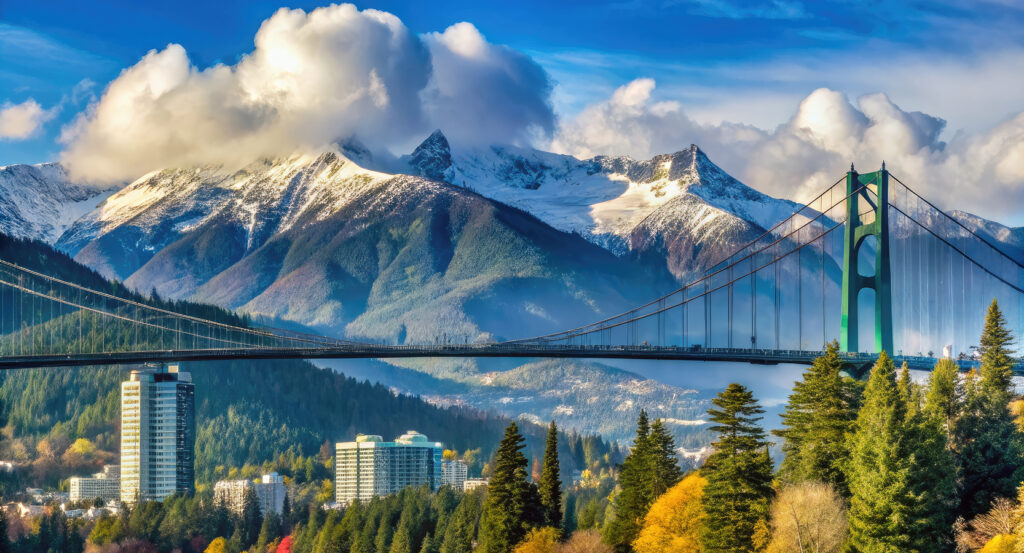
Why you should experience the Stanley Park Causeway in Vancouver.
The Stanley Park Causeway is the city’s grand artery through nature — a forest-lined passageway that bridges urban velocity with timeless stillness.
Stretching from Georgia Street in downtown Vancouver to the Lions Gate Bridge, this causeway cuts straight through the heart of Stanley Park, where skyscrapers give way to towering cedars, and the hum of the city softens into the rhythm of rustling leaves. Drivers, cyclists, and pedestrians alike share this narrow corridor of motion, flanked by some of the oldest trees in the park, their canopies meeting above the roadway like vaulted ceilings in a green cathedral. It’s one of those rare places where modern infrastructure seems to coexist peacefully with the primal world — a fleeting reminder that even in motion, Vancouver never loses sight of its roots. As the road ascends toward the bridge, glimpses of Burrard Inlet flicker through the trees, and the peaks of the North Shore Mountains rise like a promise beyond the treeline. The Stanley Park Causeway is more than a route; it’s an experience of transition — from city to wilderness, from ground to sky, from the familiar into the infinite.
What you didn’t know about the Stanley Park Causeway.
The Stanley Park Causeway has been at the center of Vancouver’s evolution for nearly a century — an engineering marvel that was as controversial as it was visionary.
Constructed in 1938, the causeway was originally built to connect downtown Vancouver with the newly completed Lions Gate Bridge, both projects financed by the Guinness family to open access to the then-undeveloped North Shore. Its creation involved cutting through the dense forest of Stanley Park — a decision that sparked public outcry at the time, as many feared it would desecrate the park’s natural beauty. But through careful design and public compromise, the causeway became a model of balance between function and preservation. The road follows a pre-existing trail once used by Indigenous Coast Salish peoples, as well as early settlers who logged the peninsula. Today, it carries over 60,000 vehicles per day, yet remains framed by thick stands of Douglas fir, western hemlock, and red cedar, some centuries old. The adjacent Seawall was designed to offset the intrusion of the causeway by providing a quieter pedestrian experience along the water. What few realize is that beneath the asphalt lies a carefully engineered drainage and root protection system — one that allows ancient trees to thrive mere feet from the highway. The causeway’s construction also marked the first large-scale use of reinforced concrete in Stanley Park’s history, a precursor to the methods later used in the bridge itself. Its story is one of delicate compromise — where human ambition met the moral weight of stewardship and learned, somehow, to yield.
How to fold the Stanley Park Causeway into your trip.
Experiencing the Stanley Park Causeway isn’t just about getting from one side of Vancouver to the other — it’s about feeling the pulse of the city in motion through its most sacred green space.
If you’re driving or biking north toward the Lions Gate Bridge, roll down your windows or slow your pace to absorb the cool air that filters through the trees — the scent of cedar and ocean intertwined. For walkers, take the Stanley Park Trail that parallels parts of the causeway, offering occasional glimpses of the traffic corridor while keeping you wrapped in forest silence. You can also view the causeway from above by heading to Prospect Point, where it curves toward the bridge like a ribbon of light through the trees — a photographer’s dream at sunset. Combine your trip with a loop around the Stanley Park Seawall, or stop at nearby landmarks such as the Totem Poles at Brockton Point and the Lost Lagoon, both easily accessible from the causeway’s entry routes. Allocate at least an hour to explore the area if you’re on foot or cycling, or plan a scenic drive that begins downtown and ends across the Lions Gate Bridge for a seamless transition into the North Shore. The Stanley Park Causeway may have been born from necessity, but today it feels almost spiritual — a fleeting corridor through one of the world’s most poetic urban forests, where every journey becomes a meditation between progress and preservation.
Hear it from the Foresyte community.
“Best part isn’t driving it, it’s standing somewhere below while the lights flicker on. Whole thing looks like a necklace dropped across the water.”
Where meaningful travel begins.
Start your journey with Foresyte, where the planning is part of the magic.
Discover the experiences that matter most.

